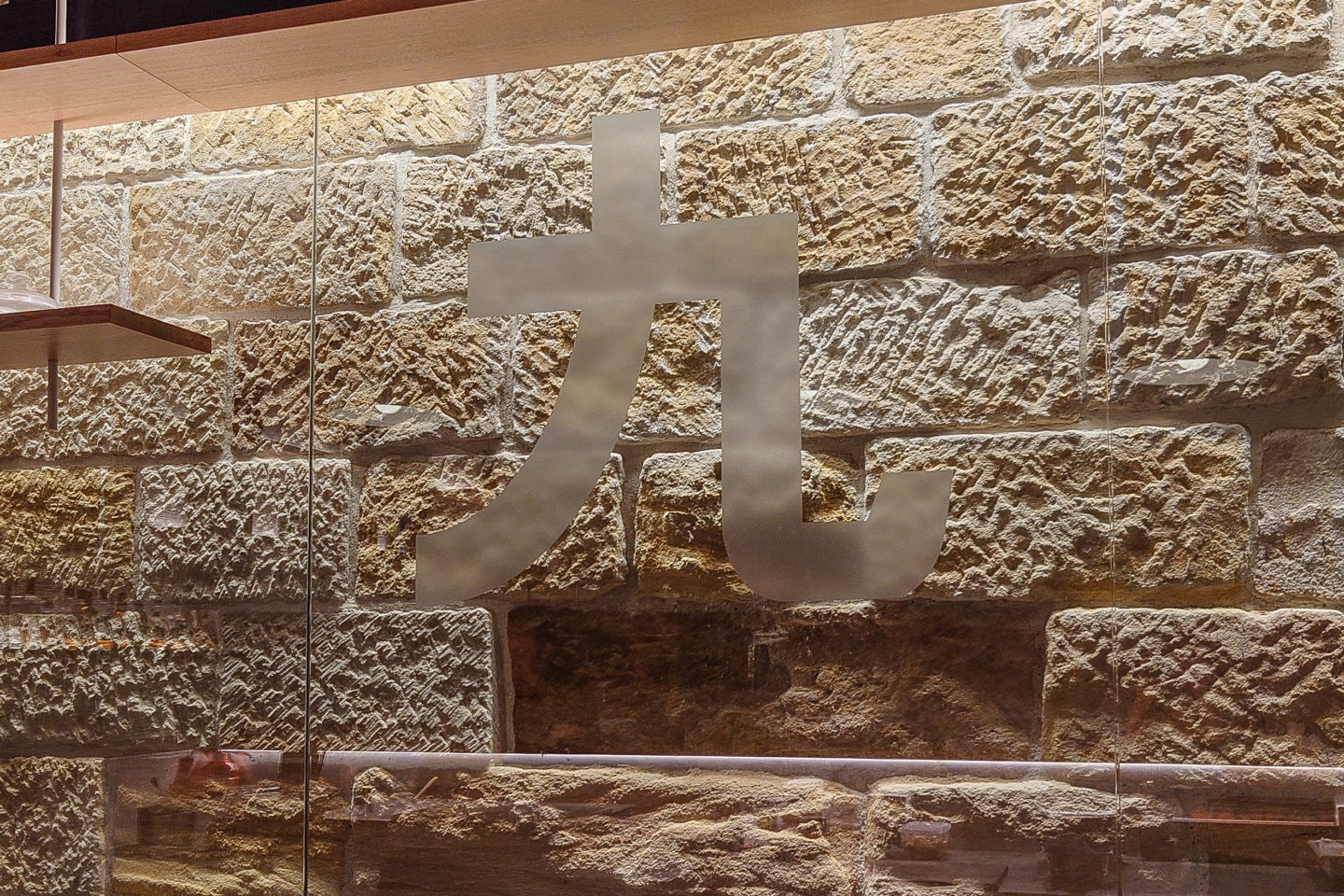
We are now dining out monthly because we got a mortgage during a recession 😂 We saved this month’s reservation for this new omakase in Sydney, Baynine Omakase, run by Korean Chef Yul Kim. It was $215 per person for 20 courses. We dined on 10th December 2022 with N&A.
Our final verdict is that it’s been a while since a Japanese cuisine wowed us in our little city. We were thoroughly impressed.
Our final verdict is that it’s been a while since a Japanese cuisine wowed us in our little city. We were thoroughly impressed.
Omakase
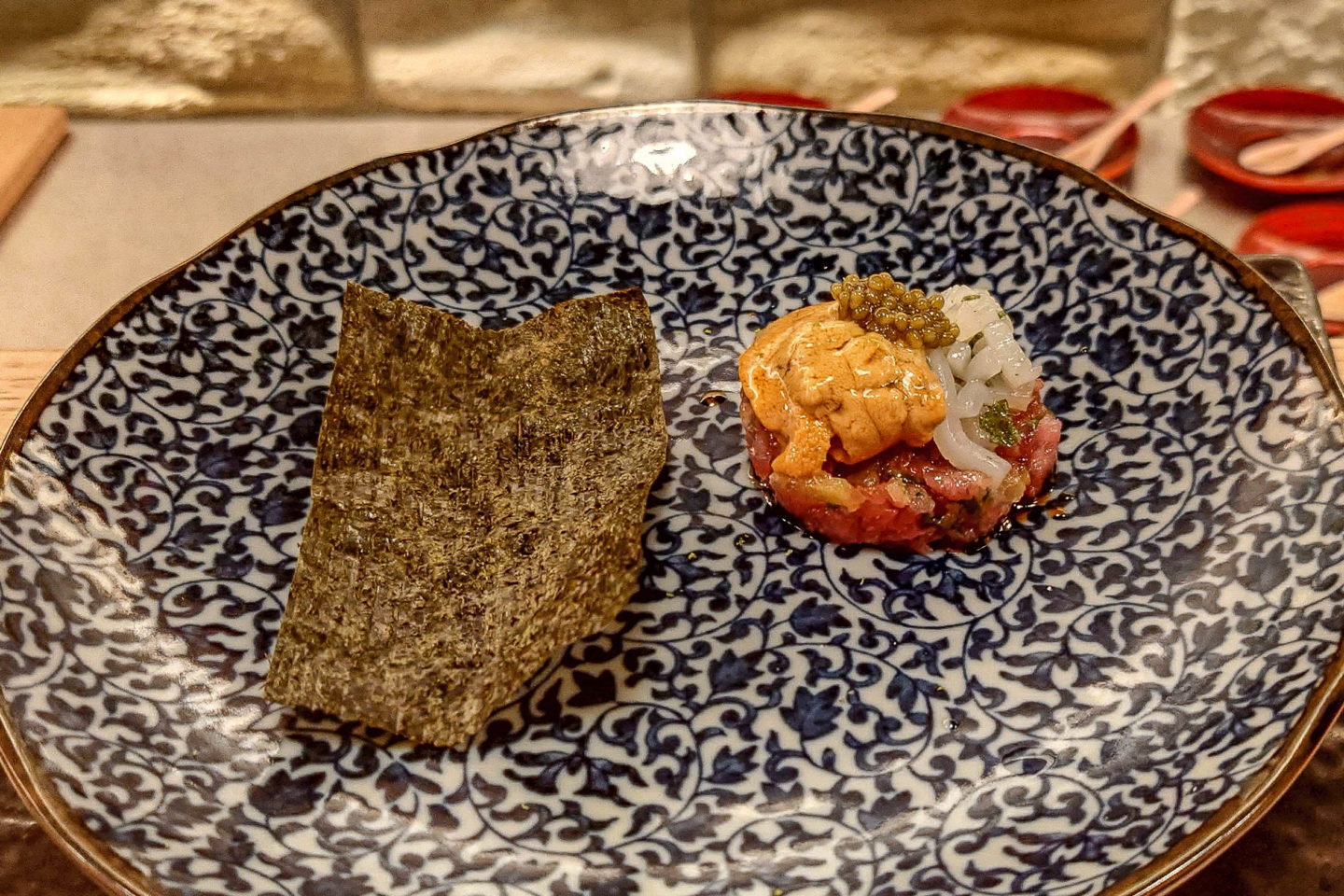
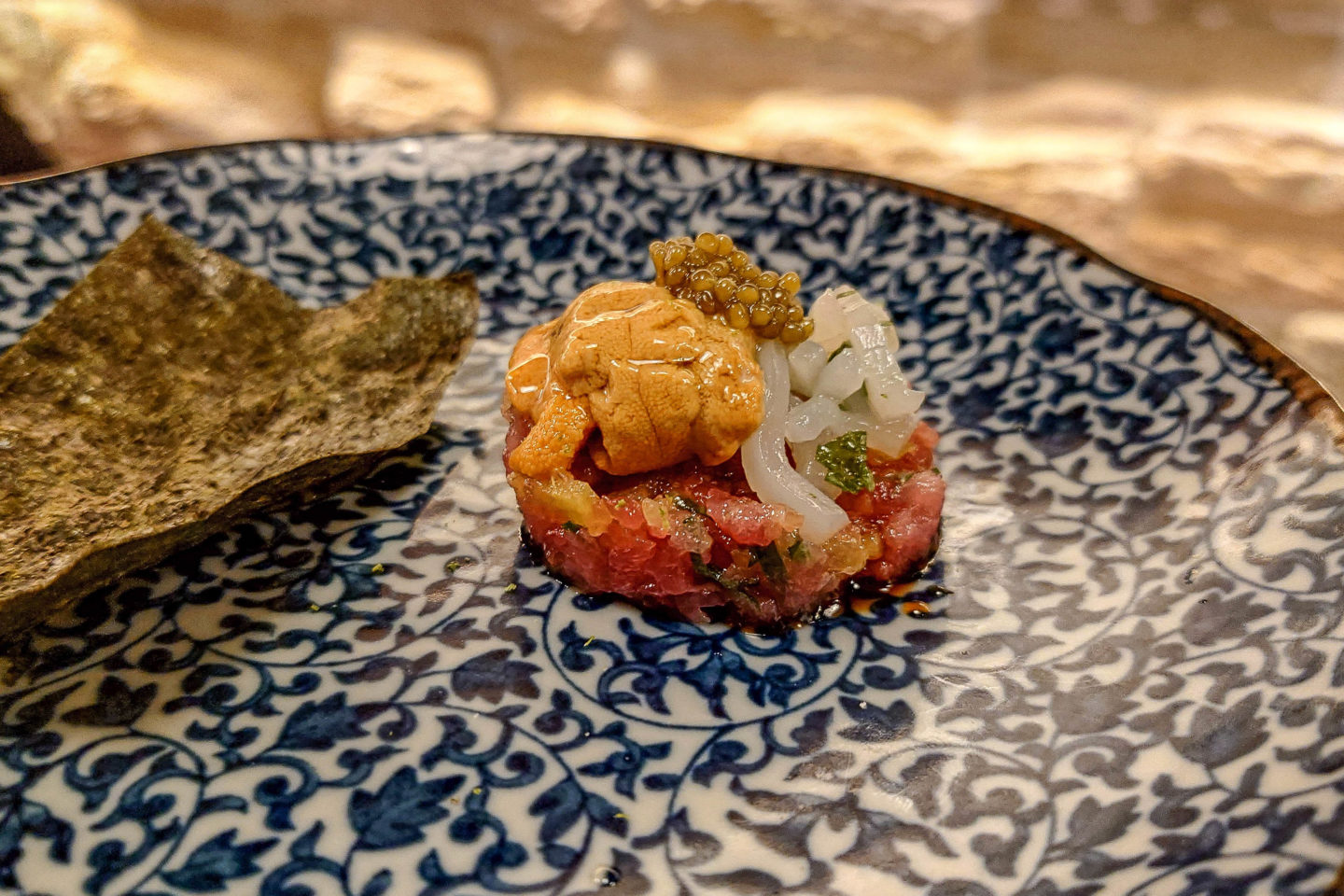
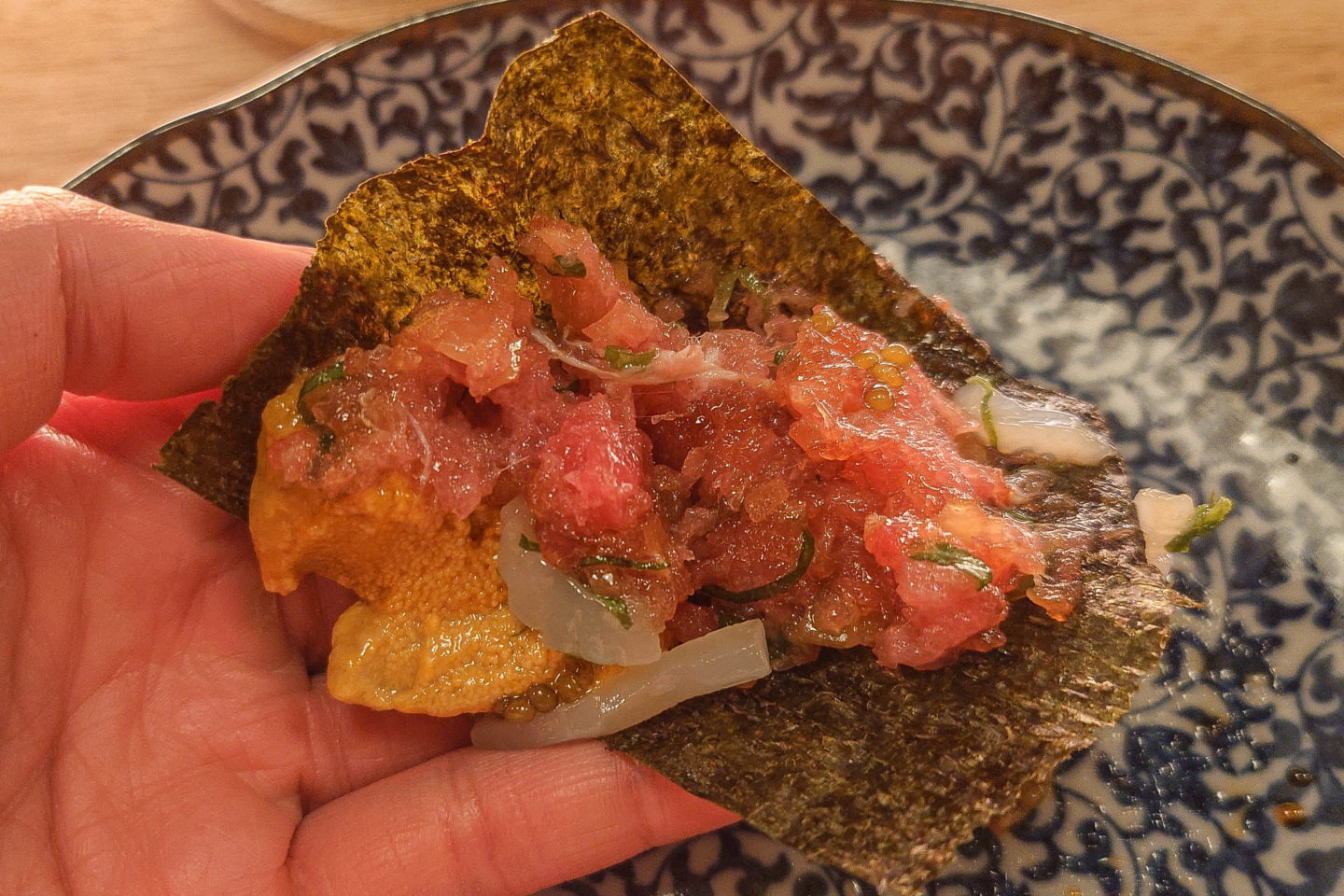
The first zensai was bound to be a fantastic opener. It was imported Italian caviar, on Japanese fatty tuna tartare, with Tasmania sea urchin and New Zealand calamari. Global domination on our taste buds. The first thing that hit us was the warm scent of smoked wood. Followed by a luxurious, creamy and delicious bite of all the freshest ingredients possible. There was a perfect balance of umami sweetness and oceanic saltiness. The most unique take was incorporating calamari, as it added a delectable chewy and bouncy texture. The crispiness of the nori juxtaposed the seafood in a natural, enjoyable way.
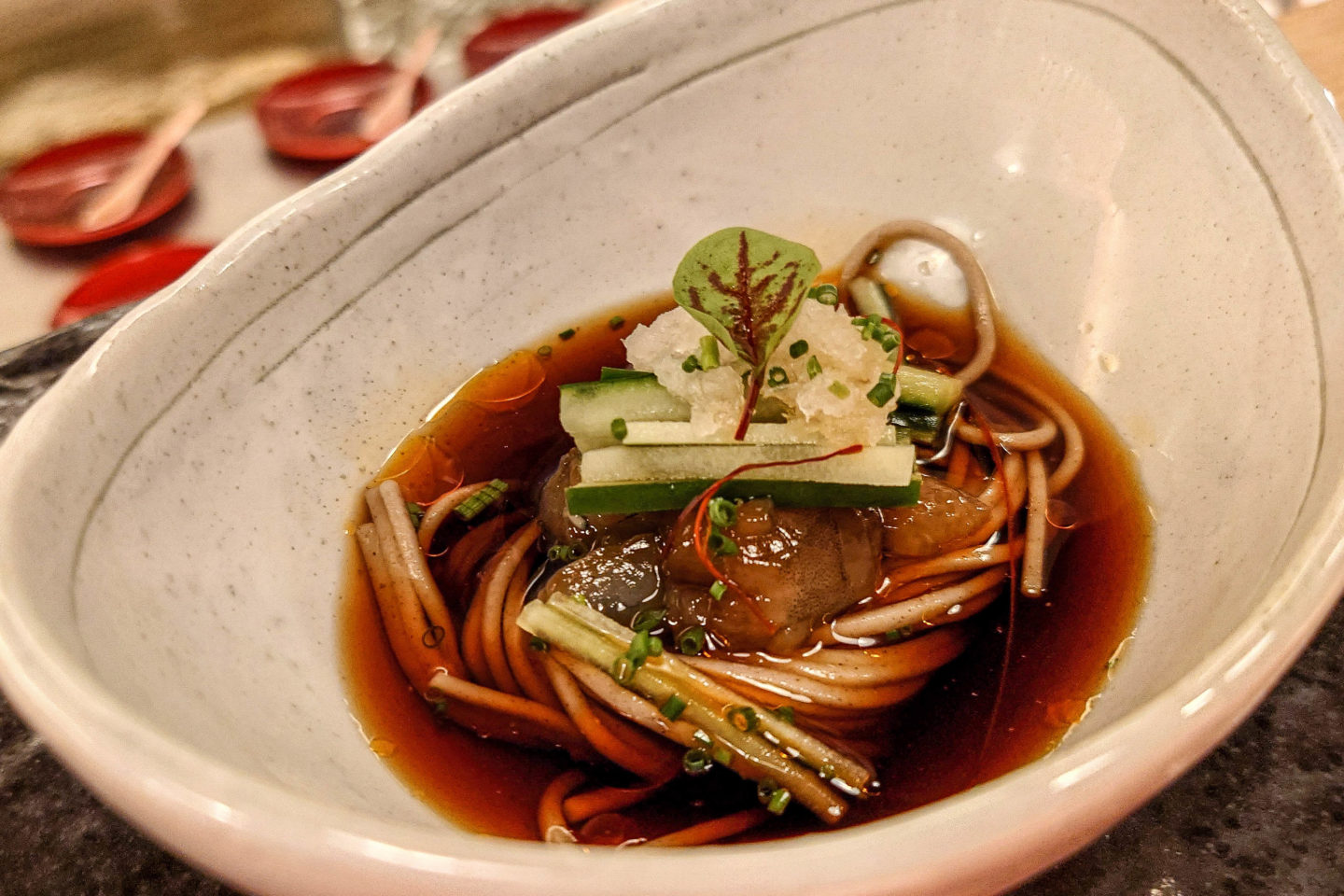
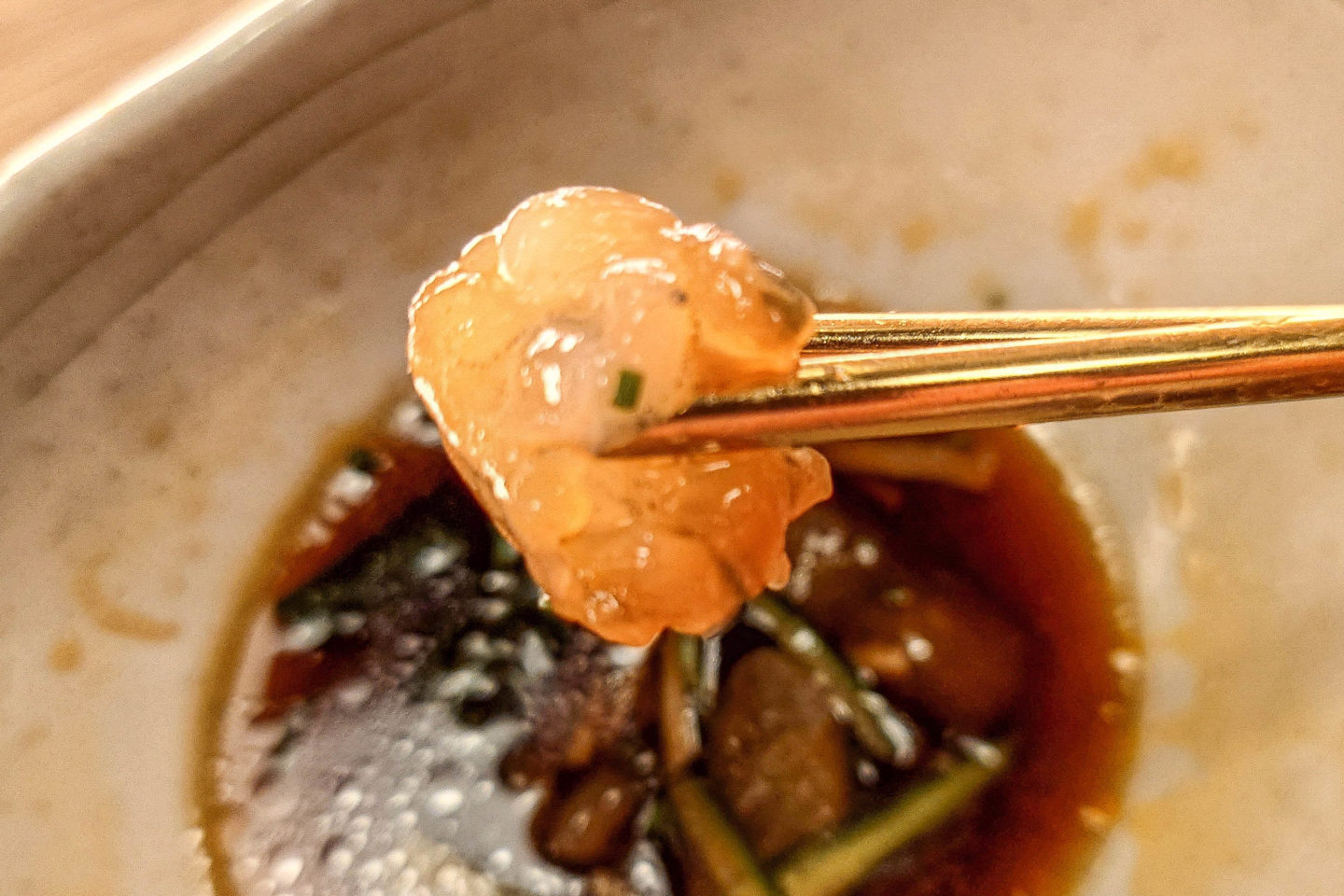
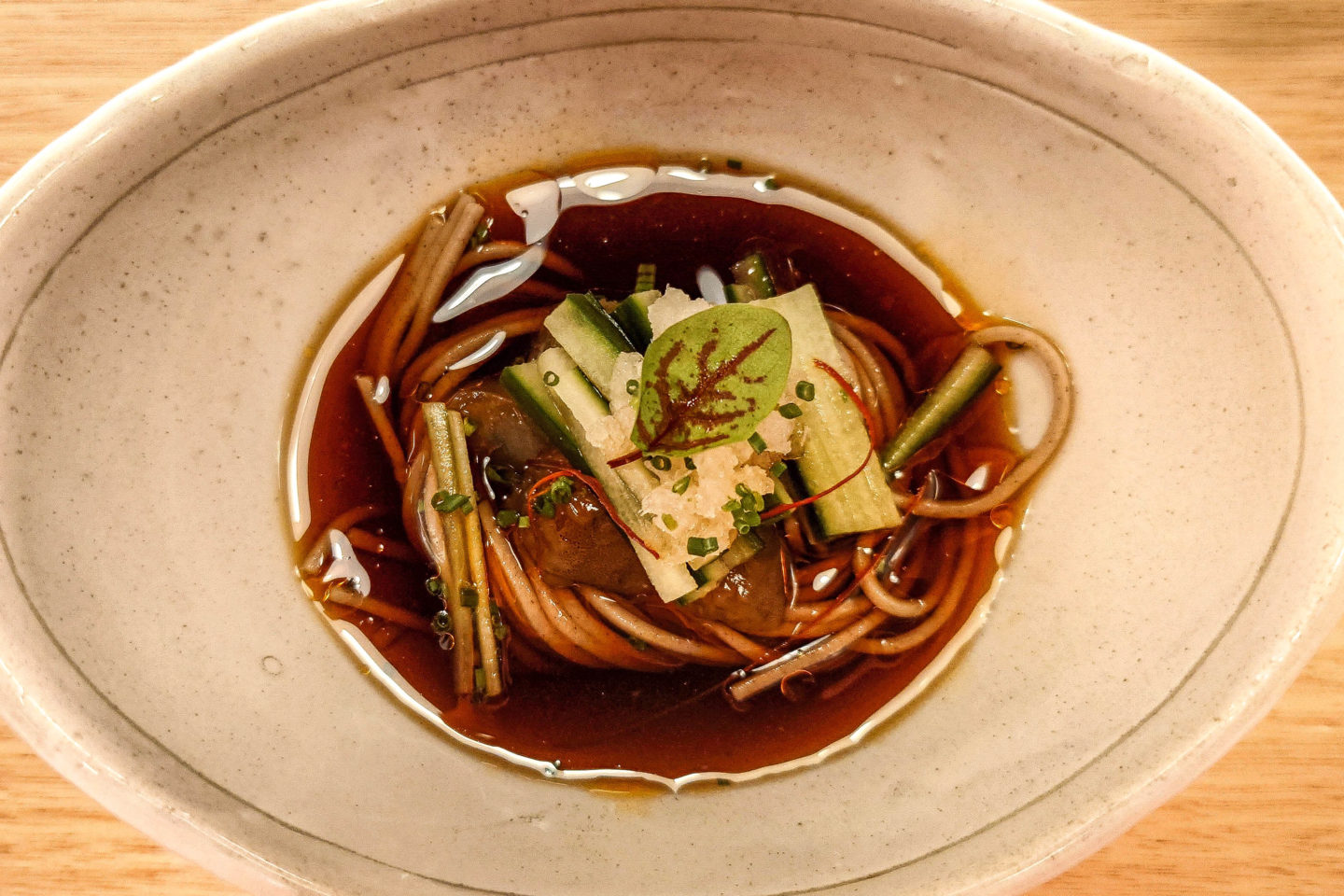
Next was a perfect array of cold and soft soba noodles drenched in soy and sukiyaki sauce. It was comforting and flavourful, with a strong savoury note followed by an undertone of sweetness. The prawns were succulent and sweet. The radish, cucumber and wasabi were refreshing while cutting through the umami sauce.
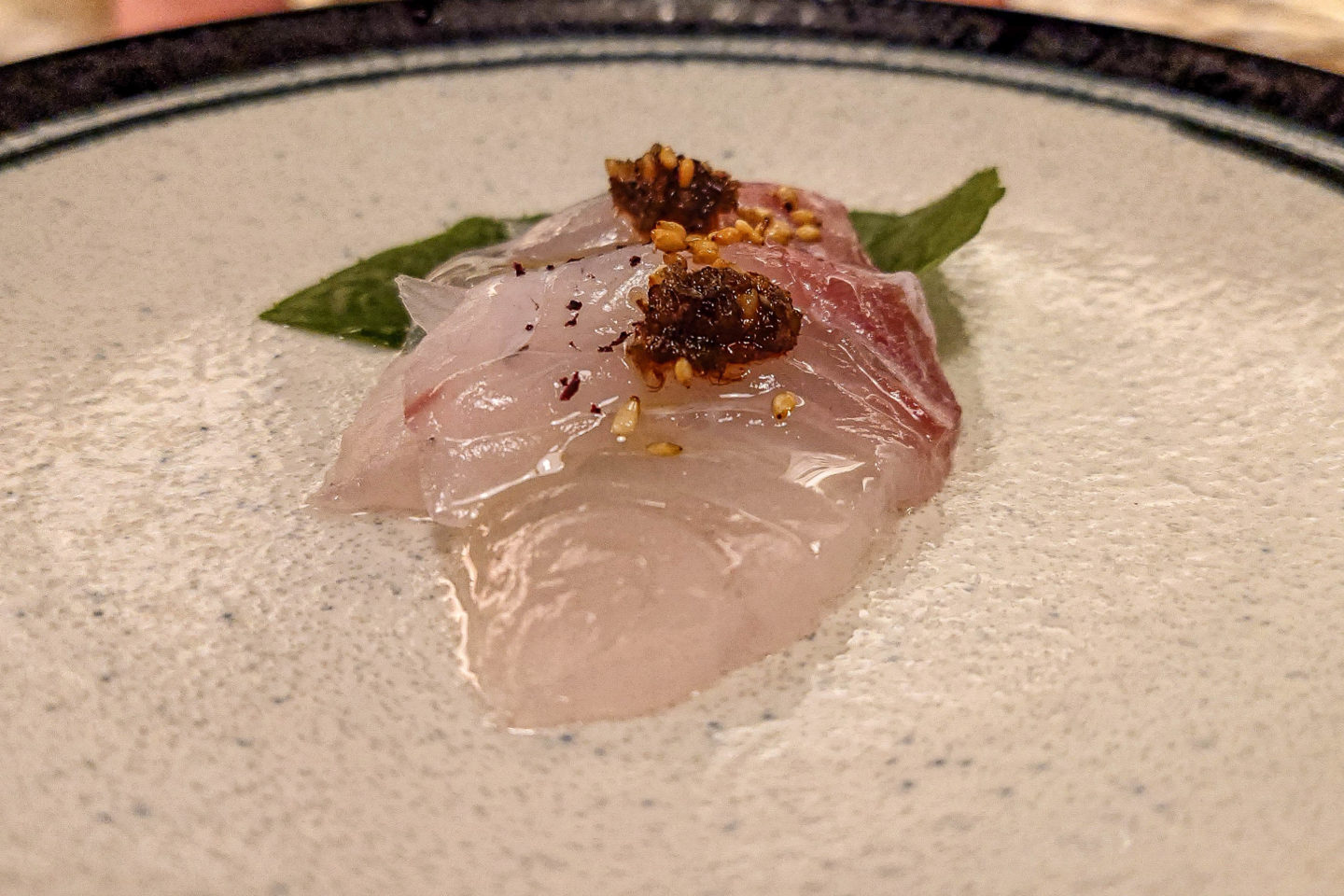
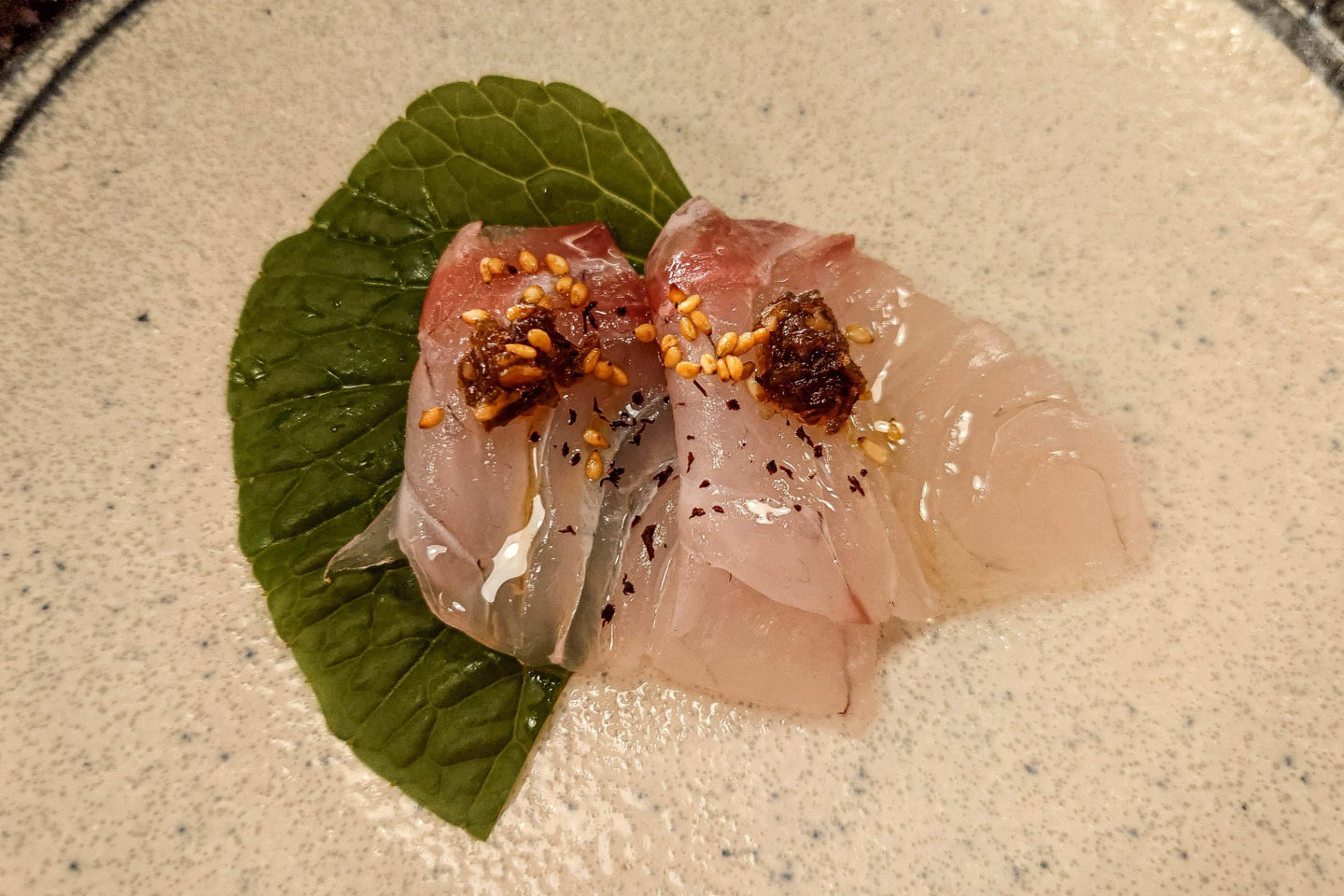
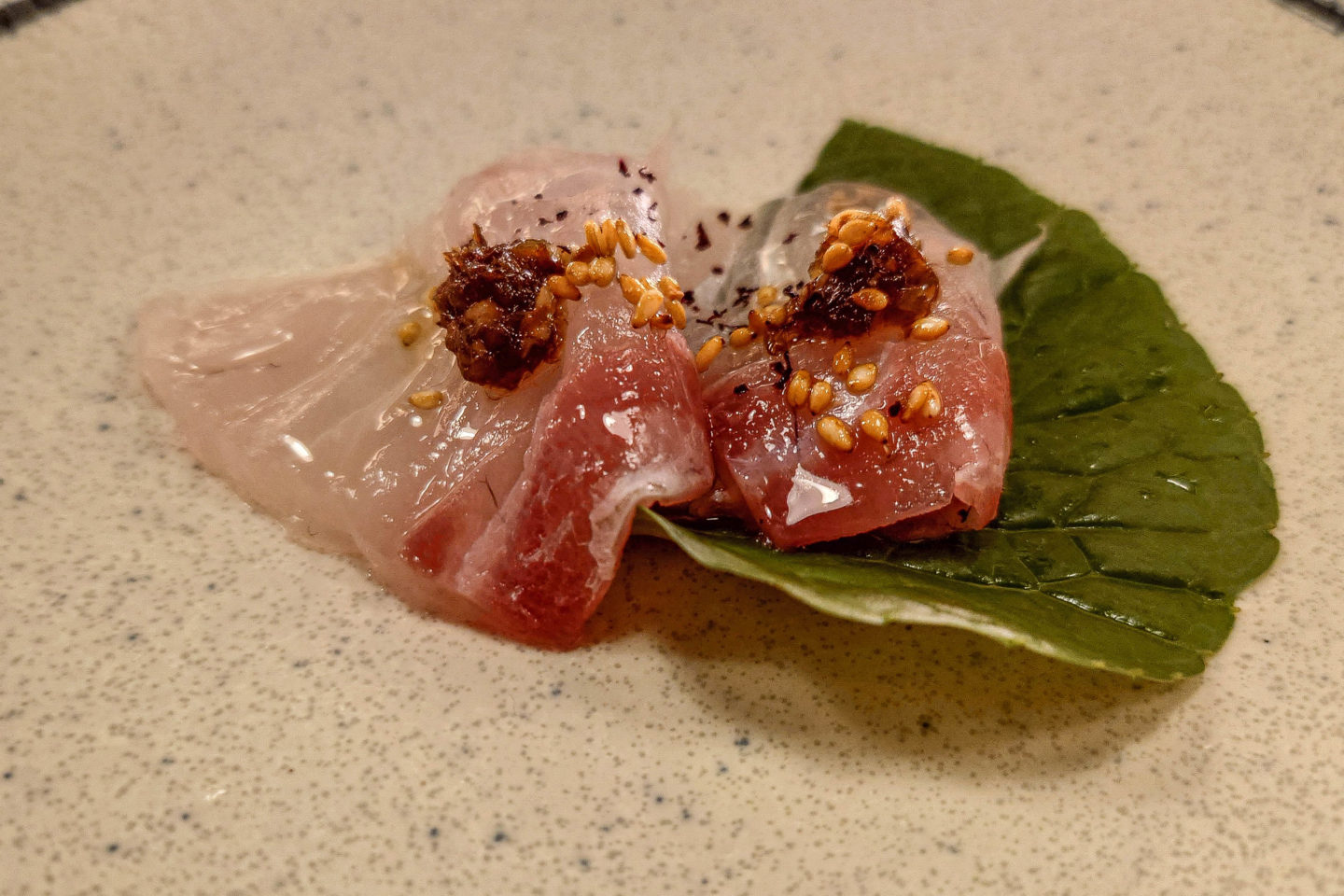
If there was a way to subtle dress up king fish, Chef Yul Kim has nailed it. This sashimi was covered in white soy sauce, sesame oil, sesame seeds and an expensive wasabi leaf – they were 50 cents each! The bite was fresh and creamy, with an oily mouthfeel. The leaf had a natural earthy tone, with an enjoyable wasabi flavour and none of that heated spice.
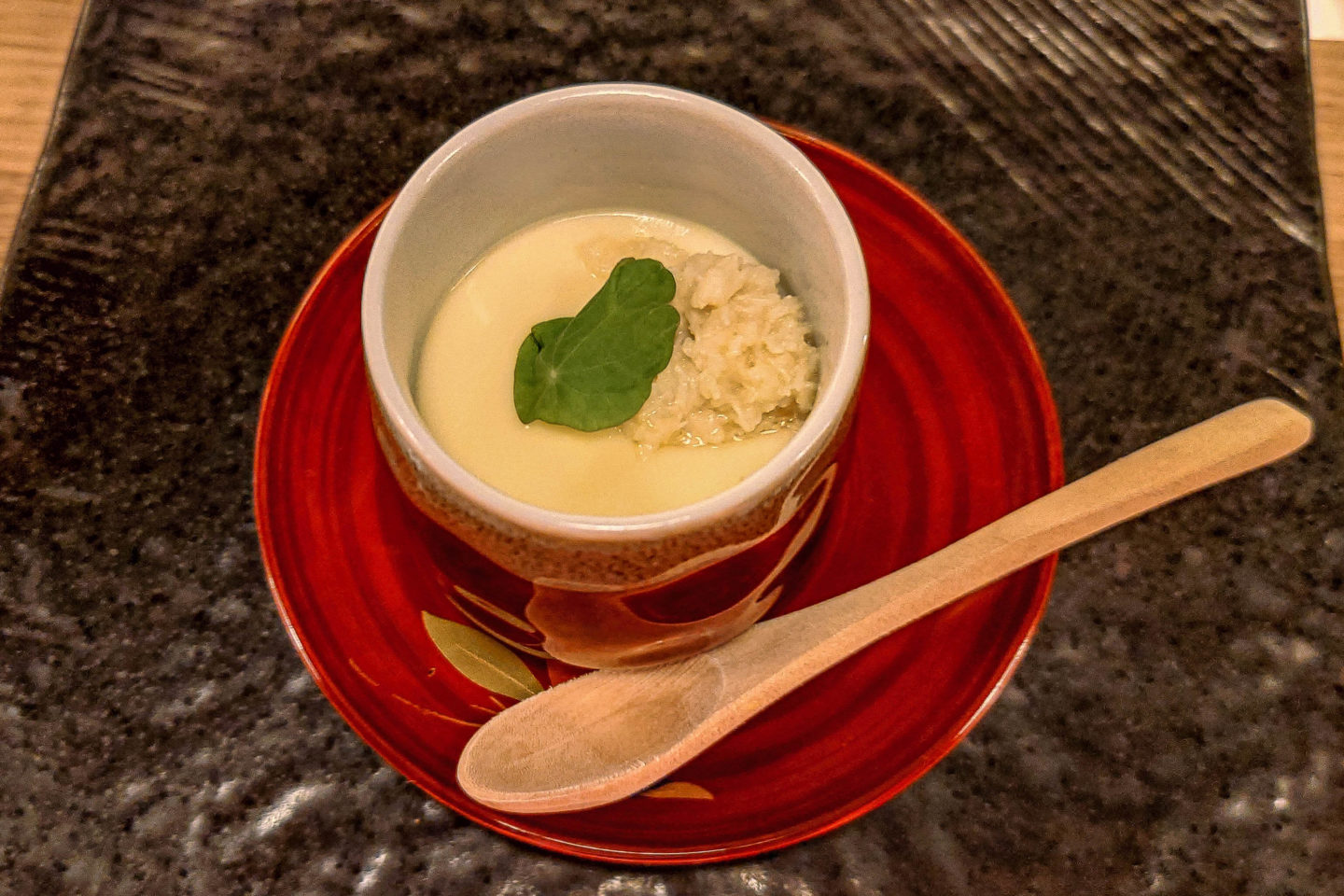
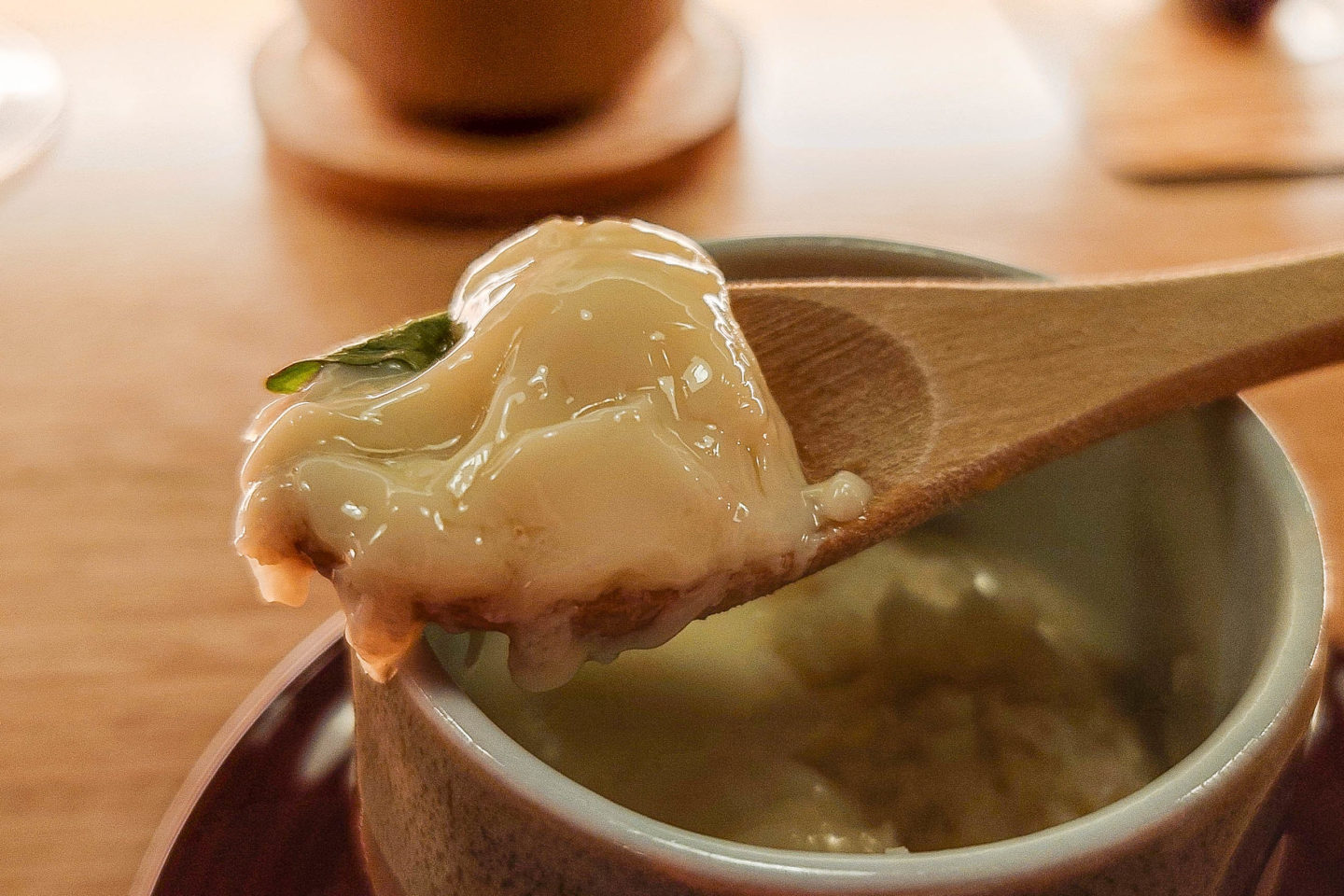
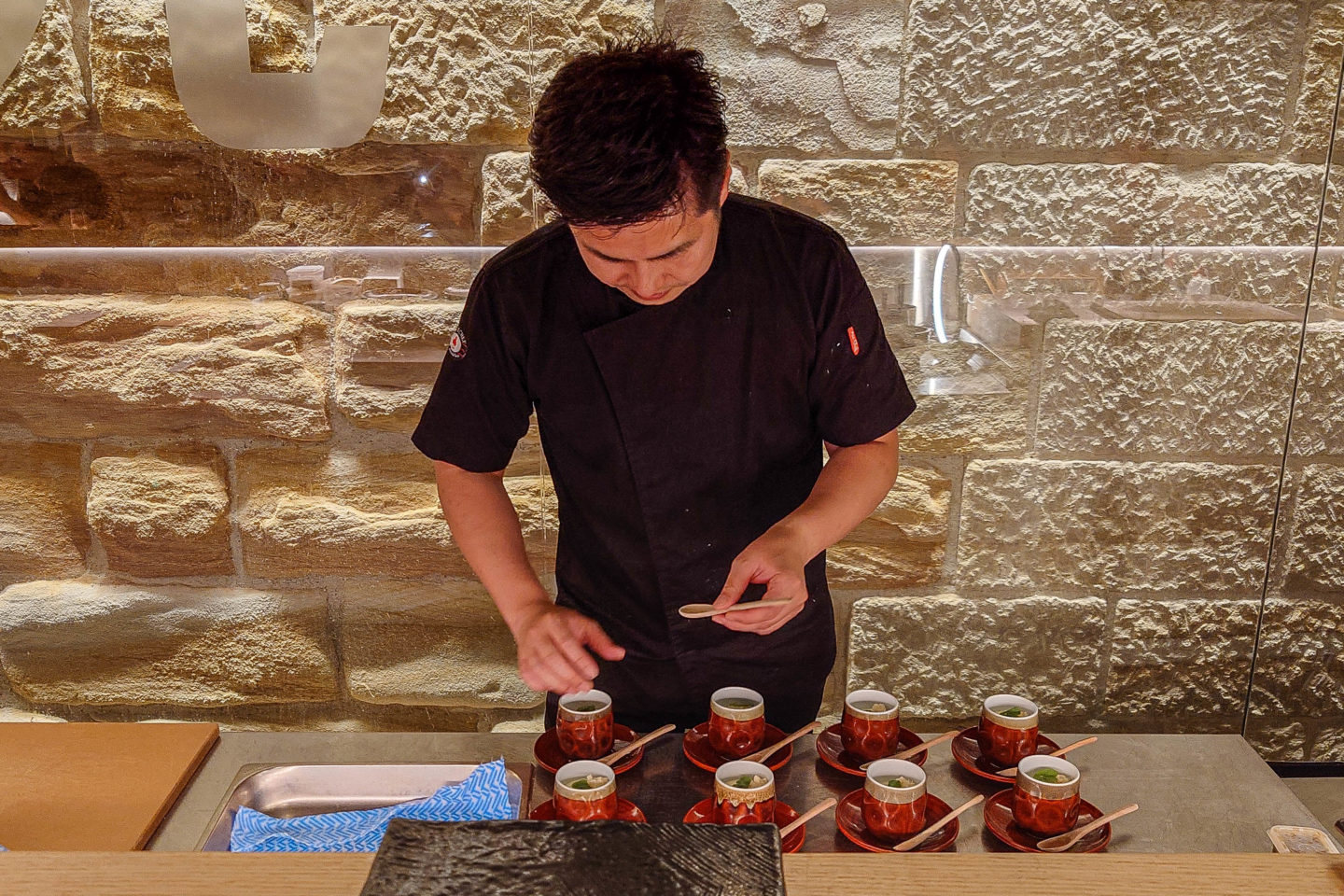
We were served a crab chawanmushi next and ooft, we were honestly surprised by the egg soup. It was creamy and smooth all the way through, with a flavourful amount of sweet crab. There was also a hidden, soft radish at the bottom that not only added more sweetness but also cut through the yolk with a light wave. This was our favourite chawanmushi to date 😋.
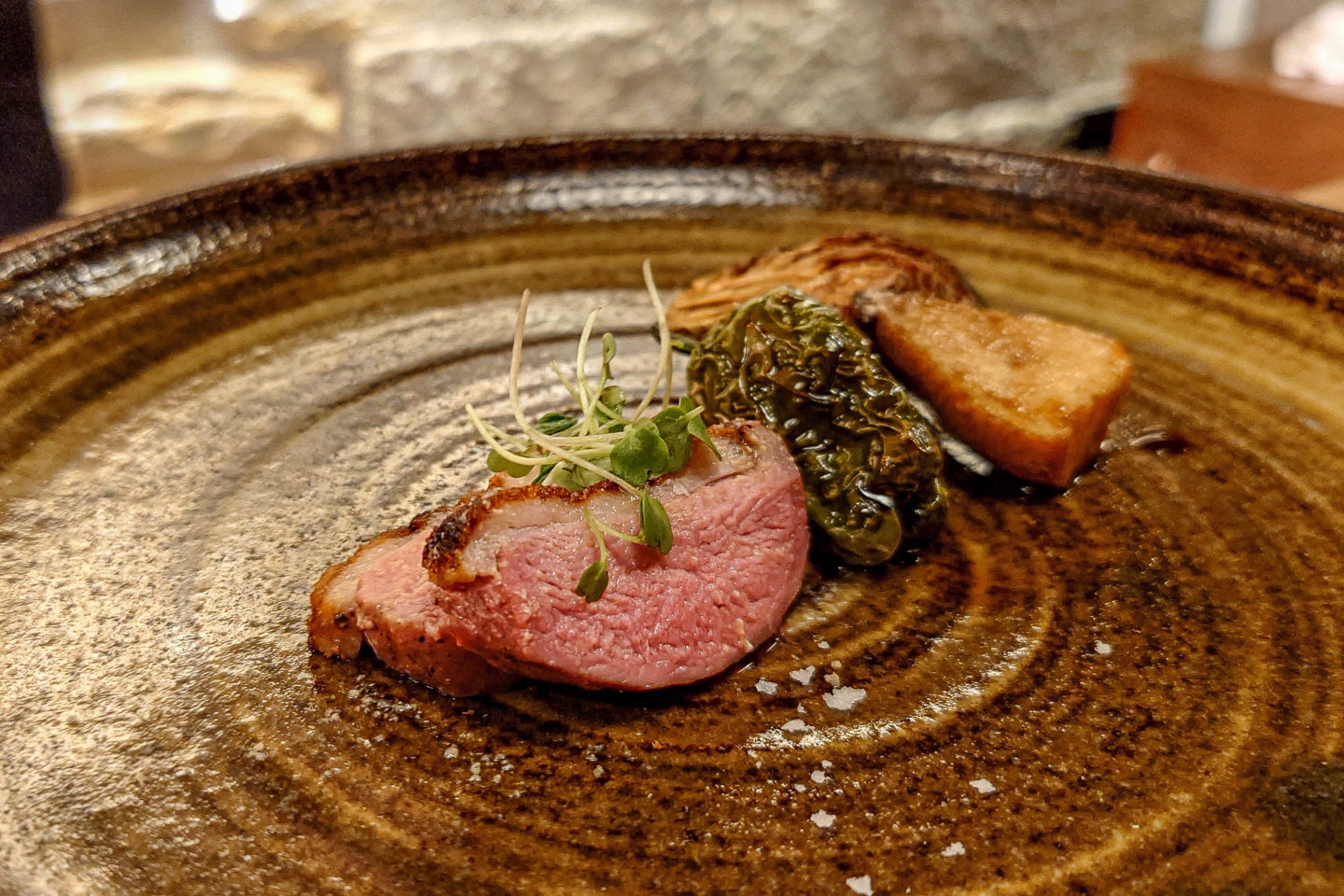
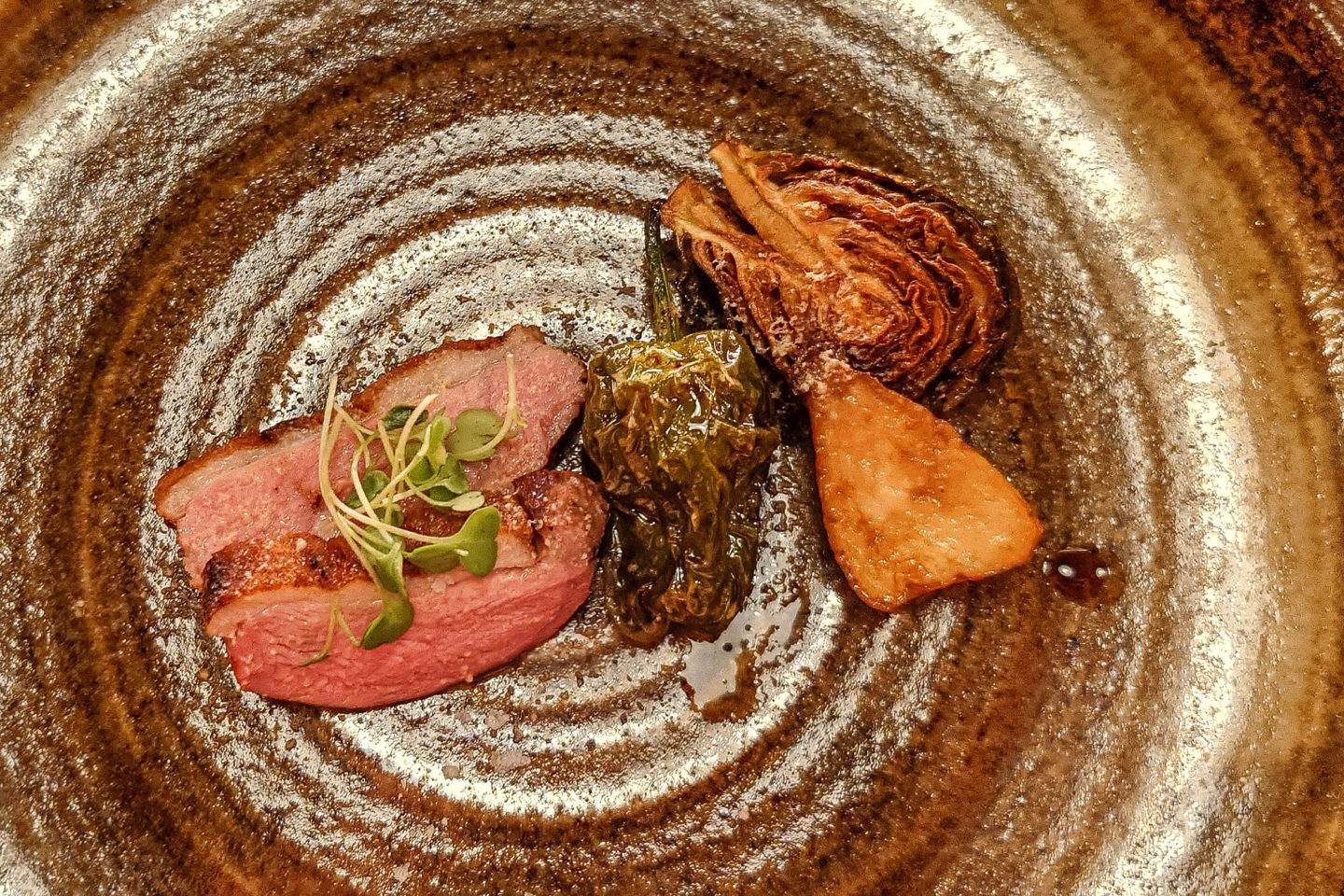
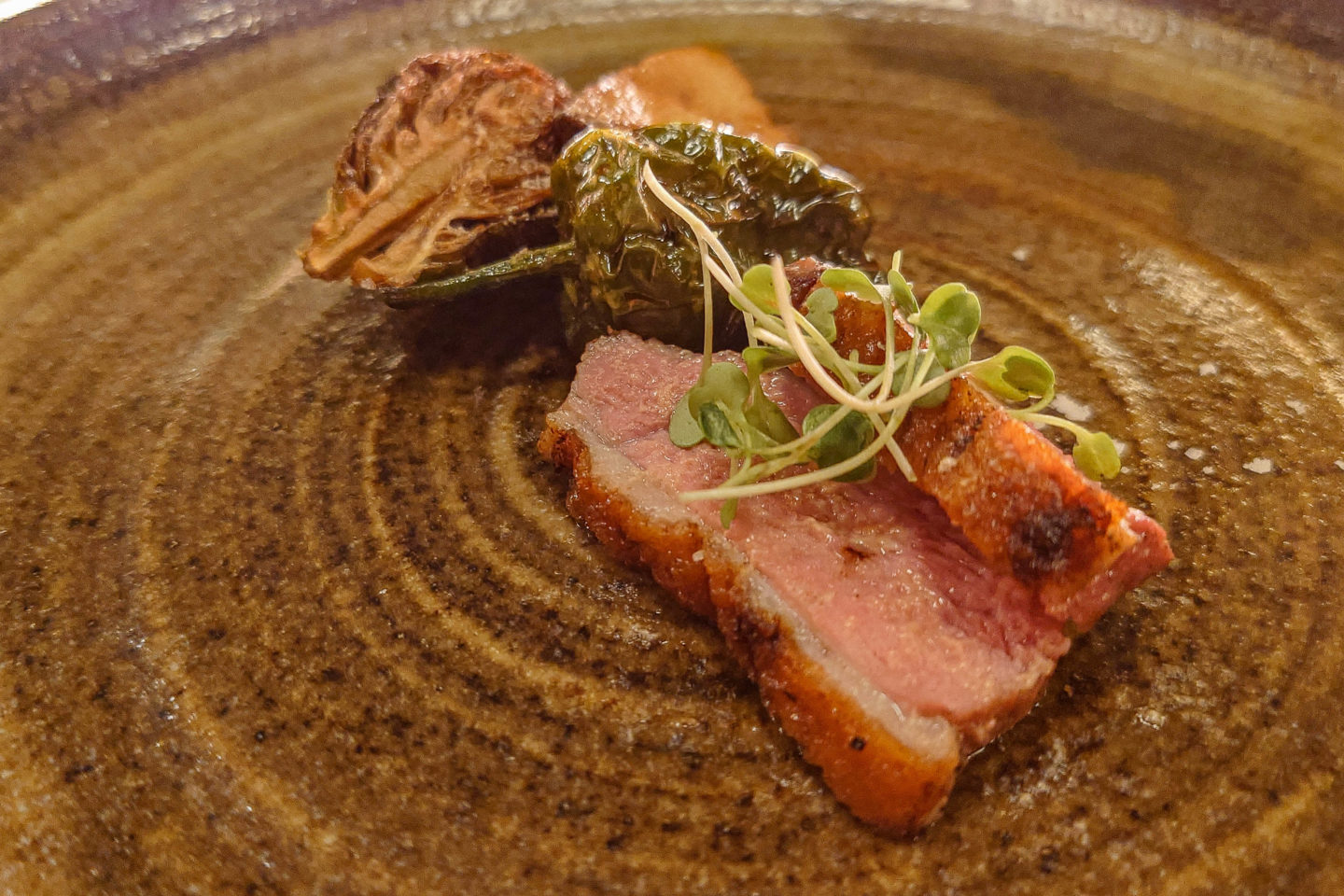
Next was a miso duck, with foie gras, king mushroom and jalapenos chilli. The duck flavour was refined, with a tender and dense texture. The mushroom added a charred savouriness to the bite, complimented by the crispy textures of the jalapenos. It exuded a subtle heat that burned on the tip of our tongues after the initial bite.
Overall a bite on the dryer side, as it needed a jus or duck fat, but it was an enjoyable dry, leaving us to absorb in the flavours.
Overall a bite on the dryer side, as it needed a jus or duck fat, but it was an enjoyable dry, leaving us to absorb in the flavours.
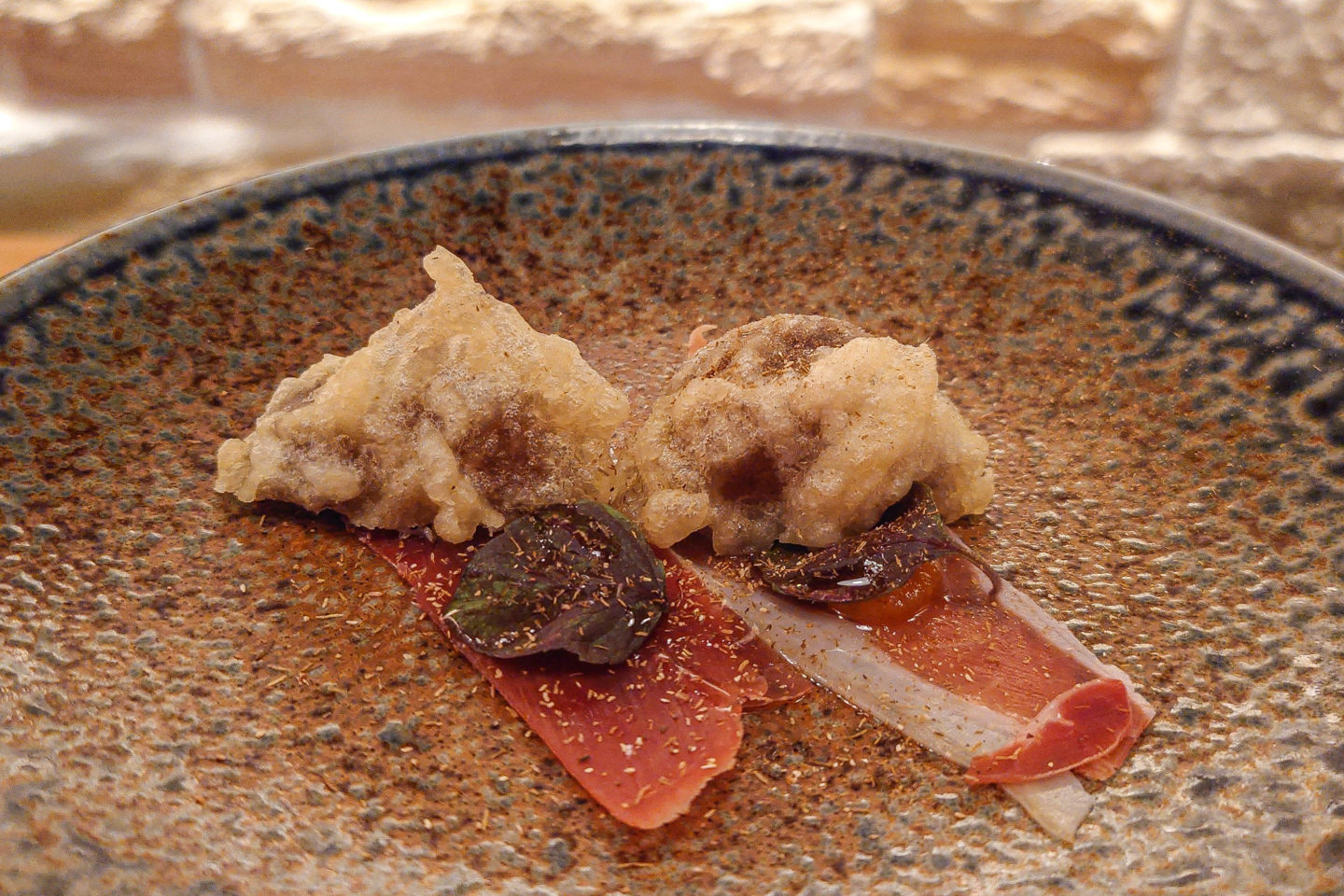
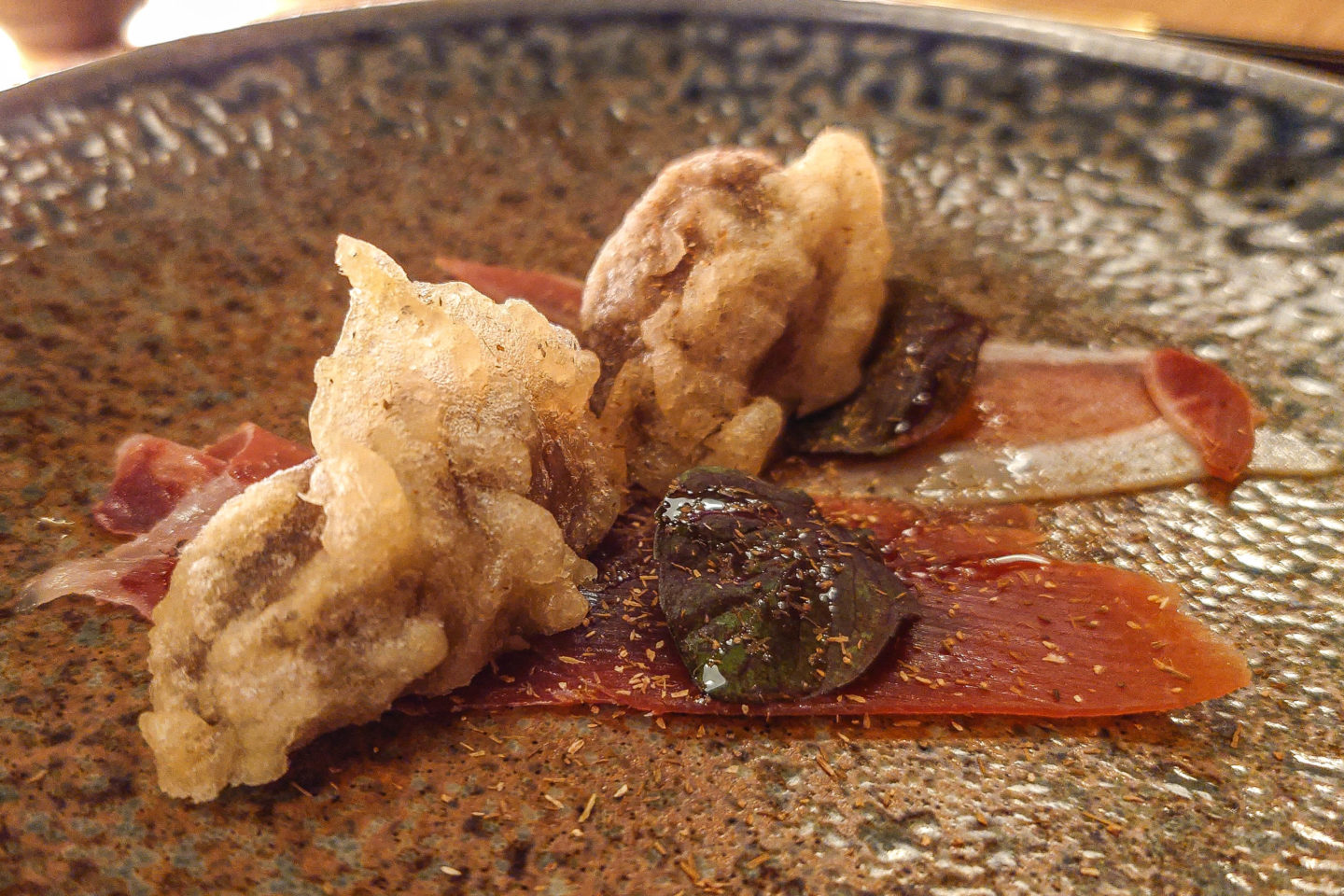
This was the best dish of the night, and one Mick has not stopped talking about. This was a mushroom tempura (with 3 different mushrooms combined together) with jamon iberico, shiso leaf, melon jam and truffle oil. During the right season, Chef Yul Kim adds an additional shaving of white truffle.
WOW 😍😍😍. This was such a compounded and balanced bite. The mushroom tasted meaty; having a nice blend of earthiness and umami. The luxurious slice of the Spanish black pig was floral, nutty and savoury with a rich undercoat of marbled fat that melted in our mouths. The truffle was aromatic, adding the oily mouthfeel to the bite. And the melon tied everything together with its refreshing sweetness.
Everything was perfect. We would come back for this dish 😋.
WOW 😍😍😍. This was such a compounded and balanced bite. The mushroom tasted meaty; having a nice blend of earthiness and umami. The luxurious slice of the Spanish black pig was floral, nutty and savoury with a rich undercoat of marbled fat that melted in our mouths. The truffle was aromatic, adding the oily mouthfeel to the bite. And the melon tied everything together with its refreshing sweetness.
Everything was perfect. We would come back for this dish 😋.
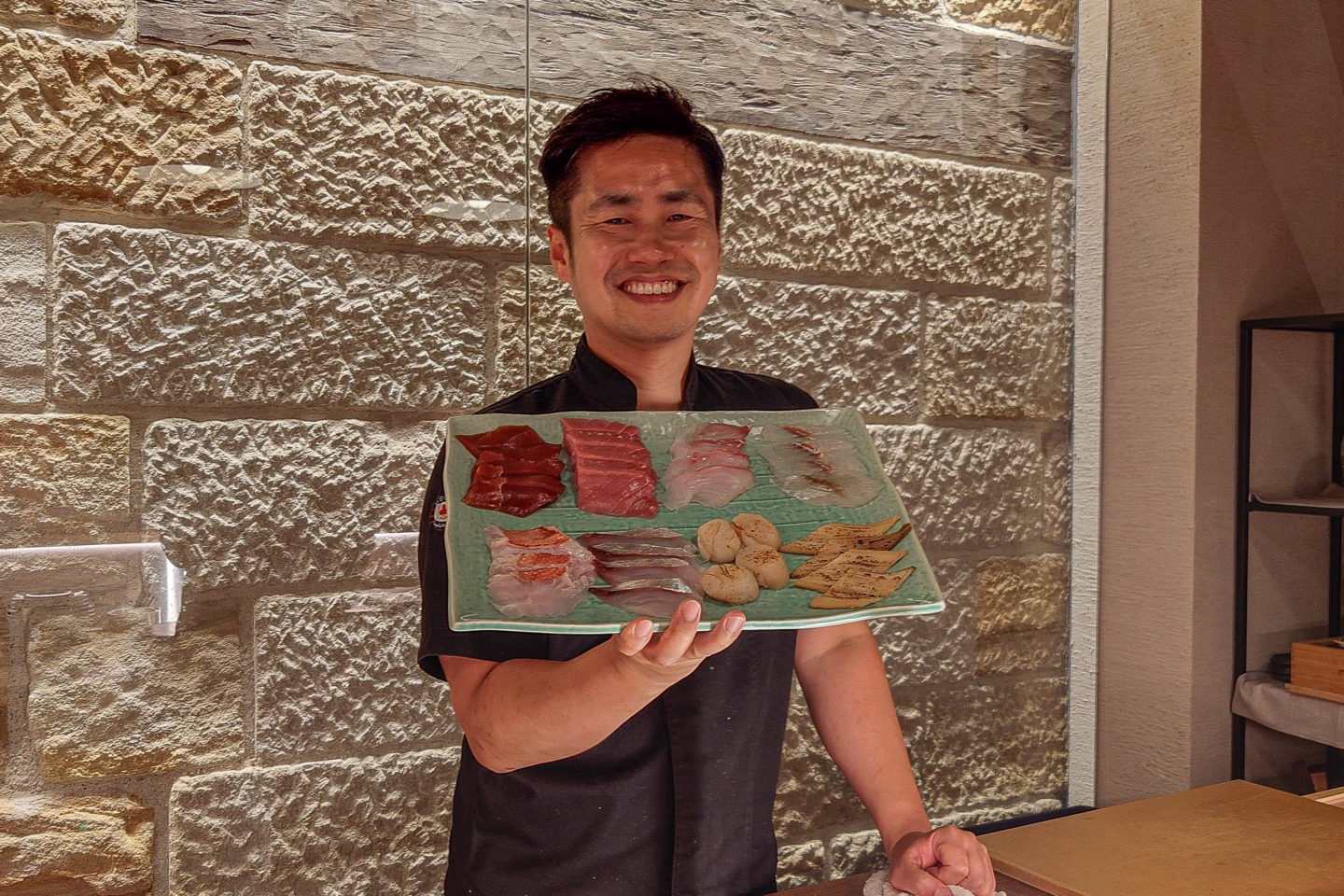
Moving on to the nigiri of the night 😁 The rice had a sprinkle of sugar blended in to give it a sweeter taste. Chef Yul Kim washed soy sauce and a dash of fresh wasabi between the layers. The pickled ginger was a house blend. And most of the fish were caught in New Zealand.
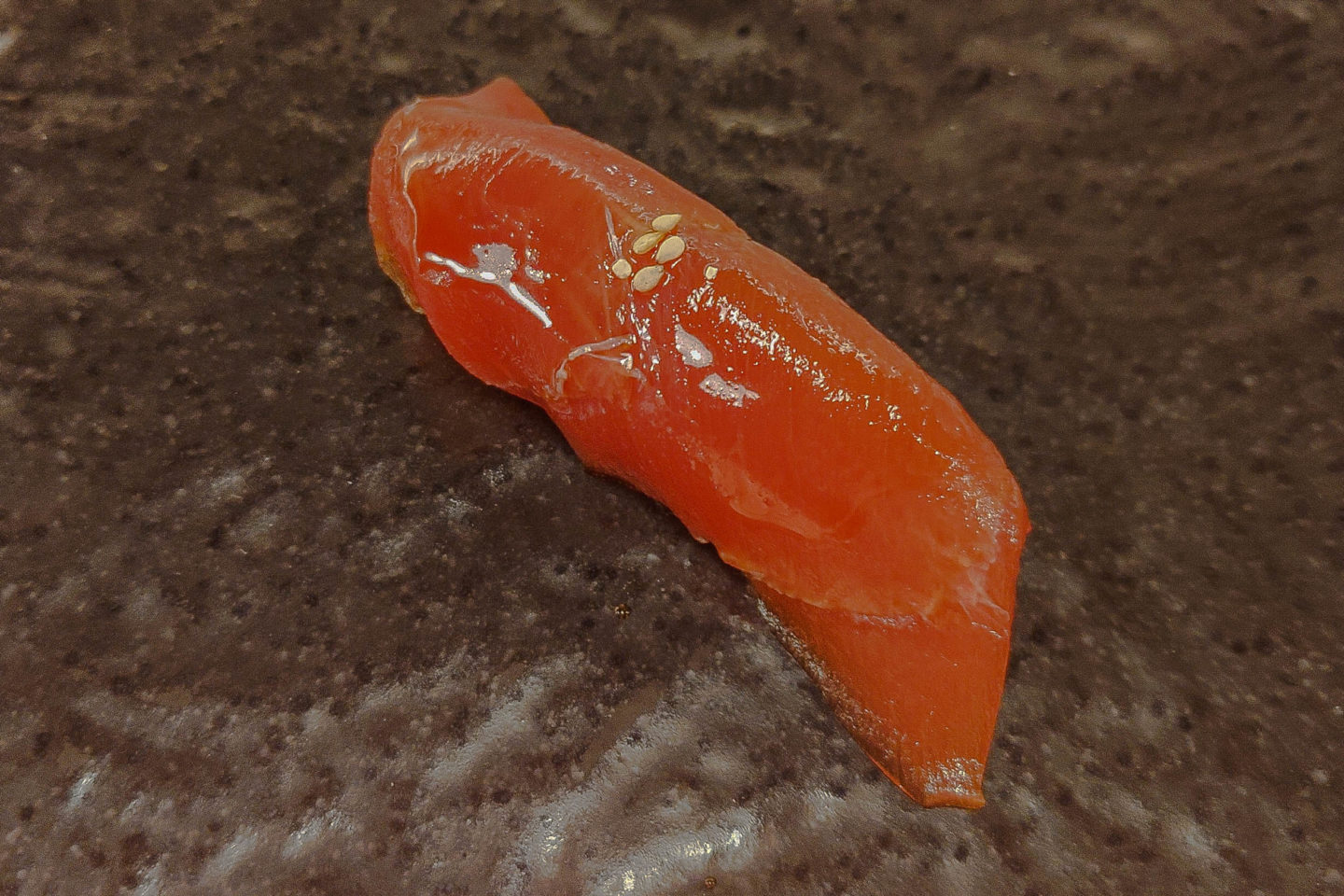
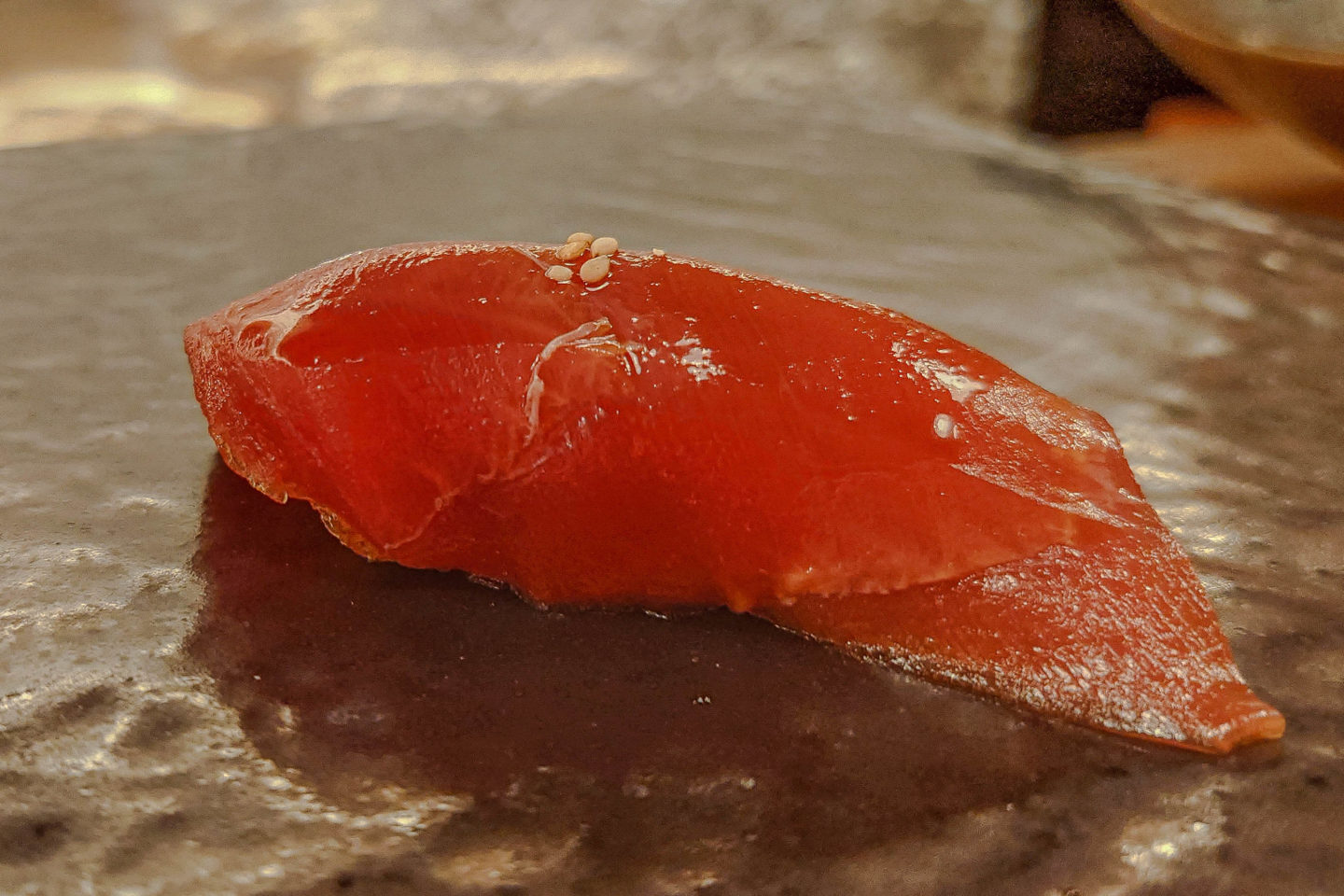
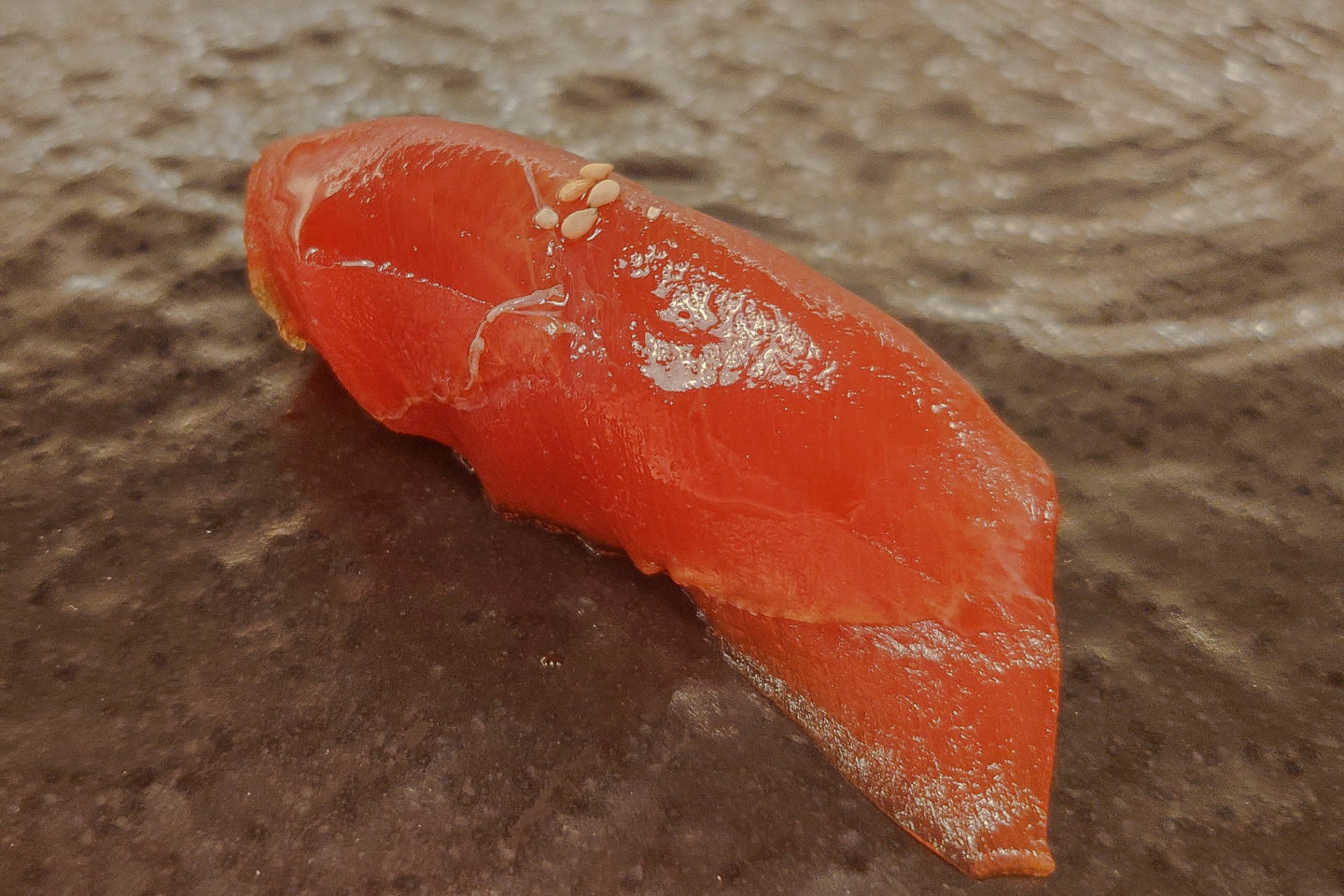
This was a chu-toro marinated in a soy sauce, with a hint of sesame seeds. It had the most buttery and tender consistency that made us all roll our eyes 🤤.
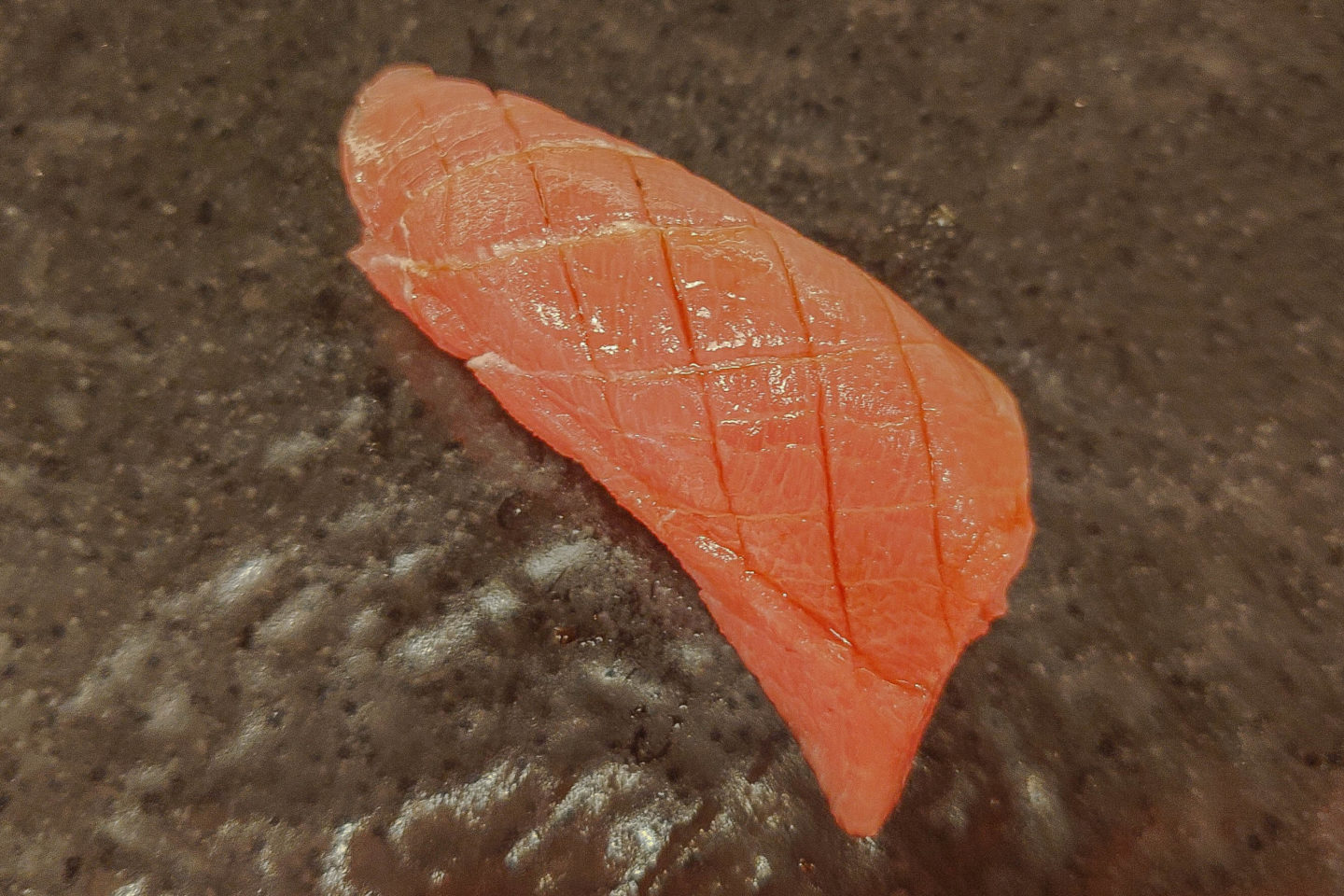
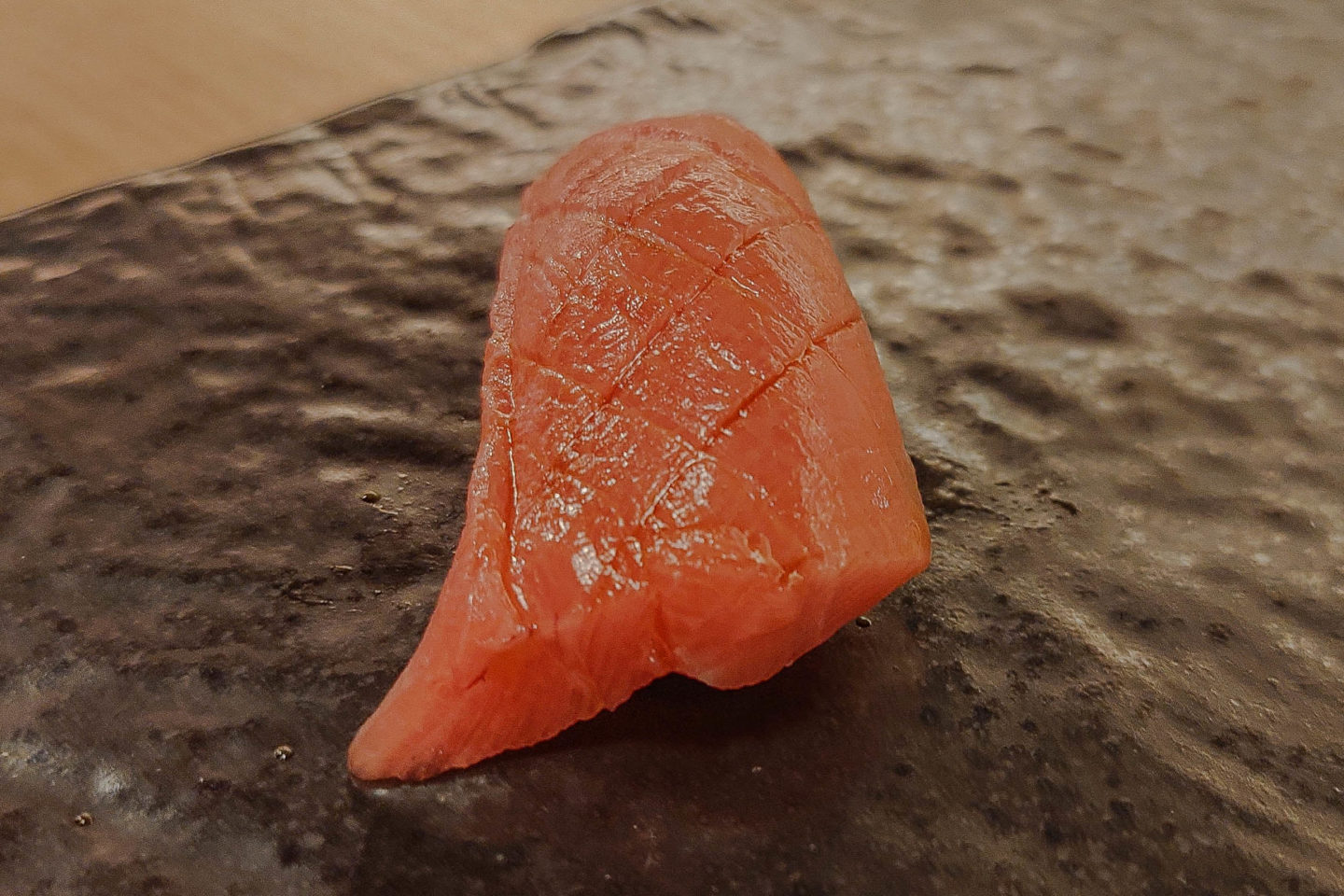
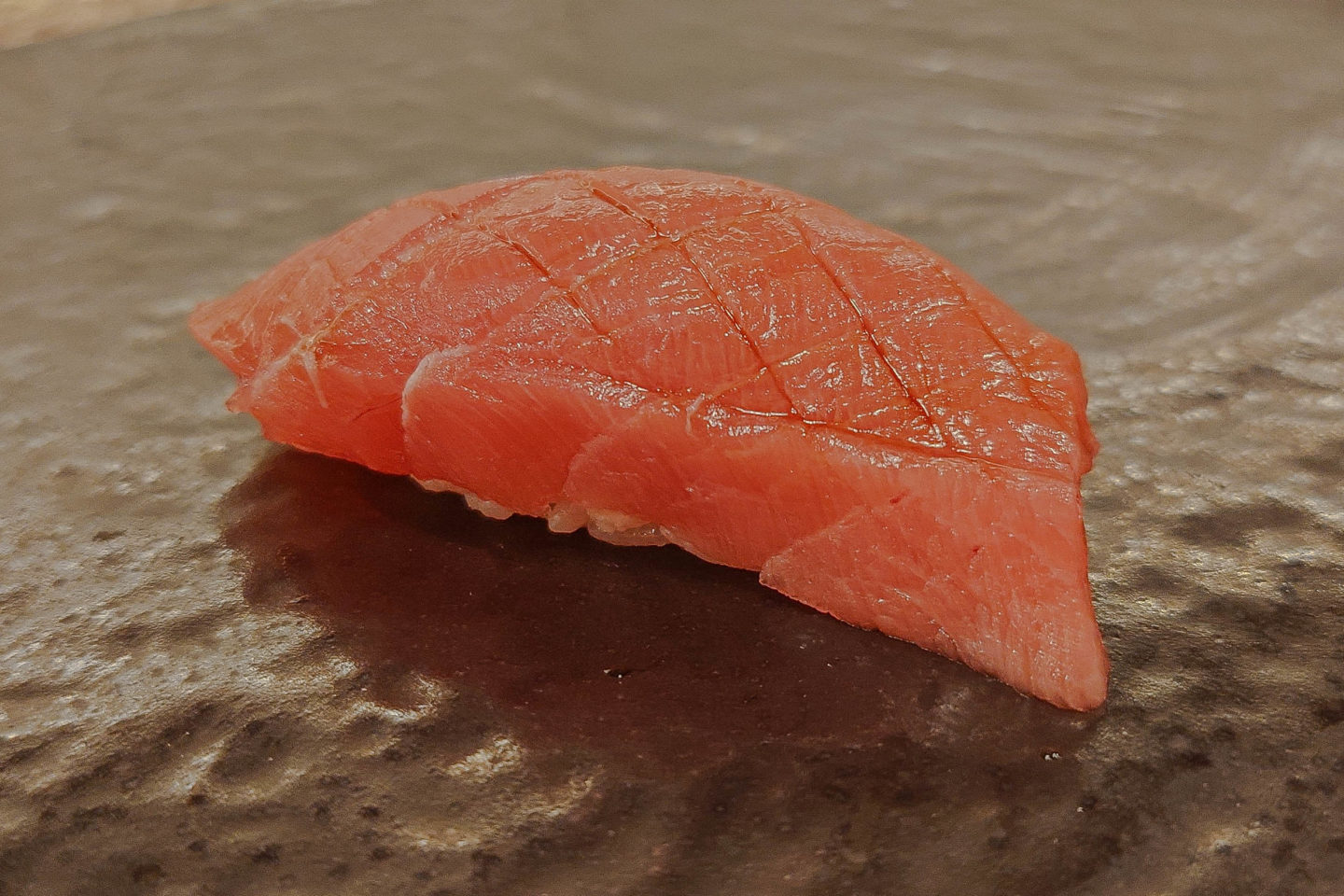
The famous and staple otoro. This was a simple piece of rich and fatty tuna belly, with no garnishs to emphasize the light delicacy of the fish.
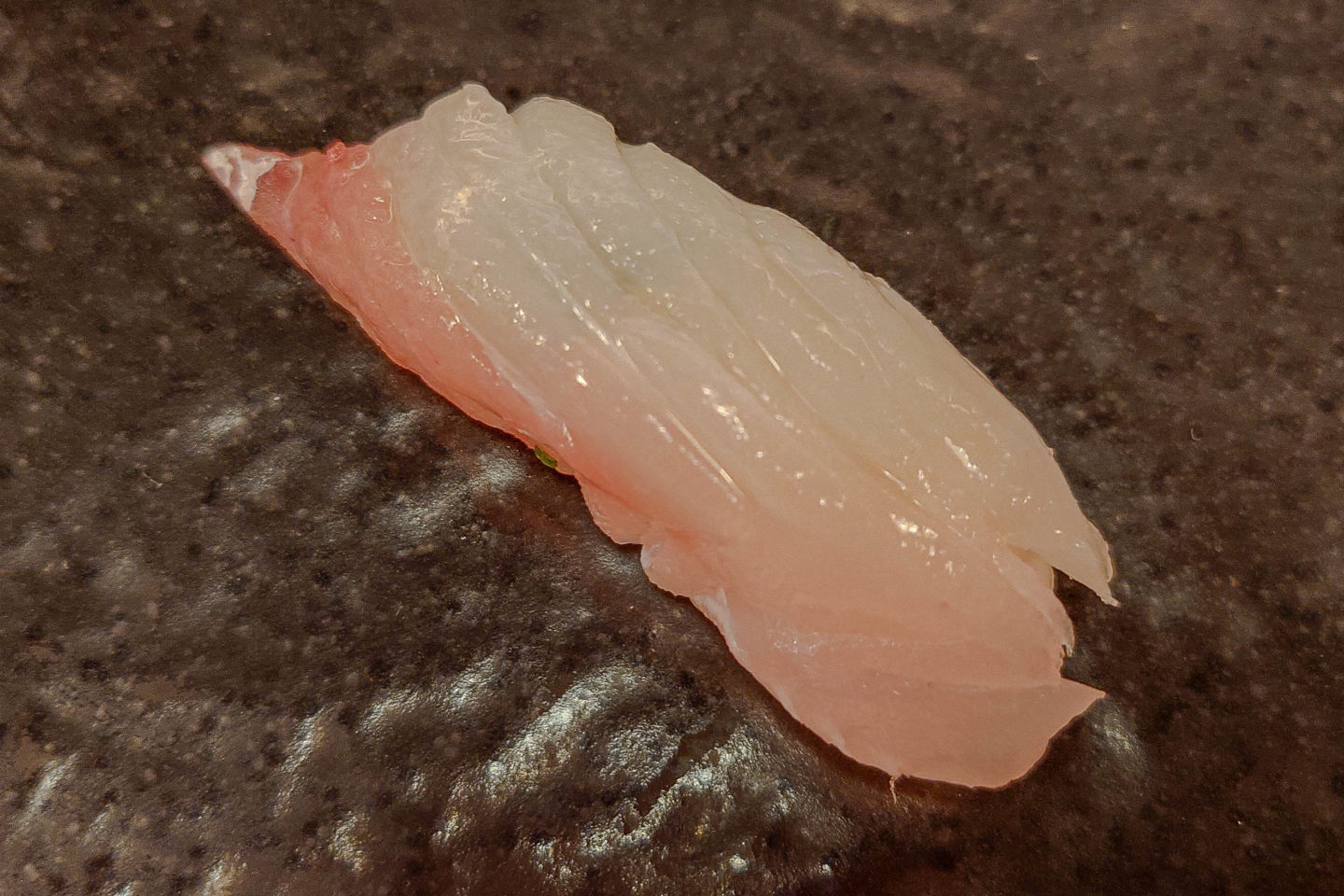
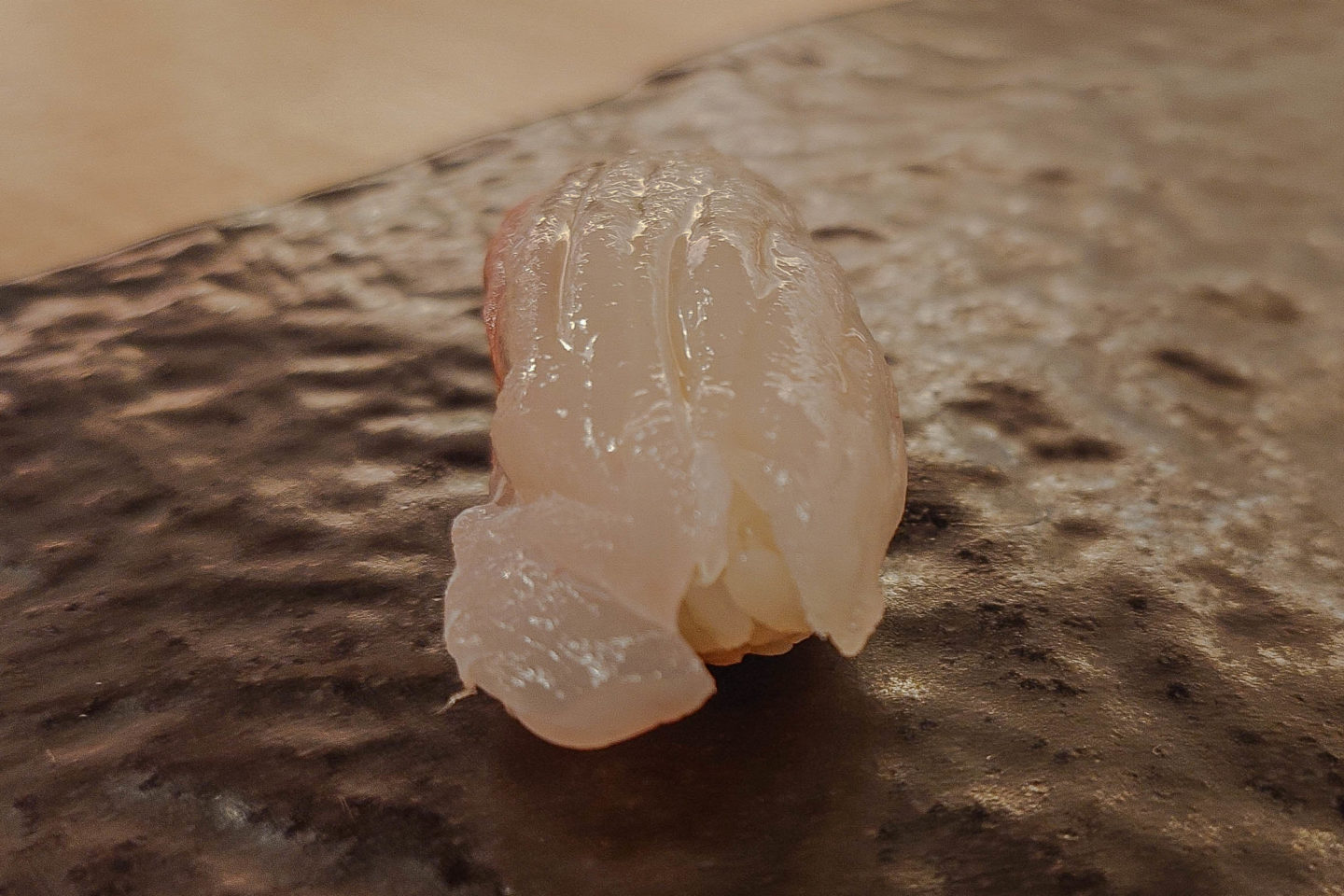
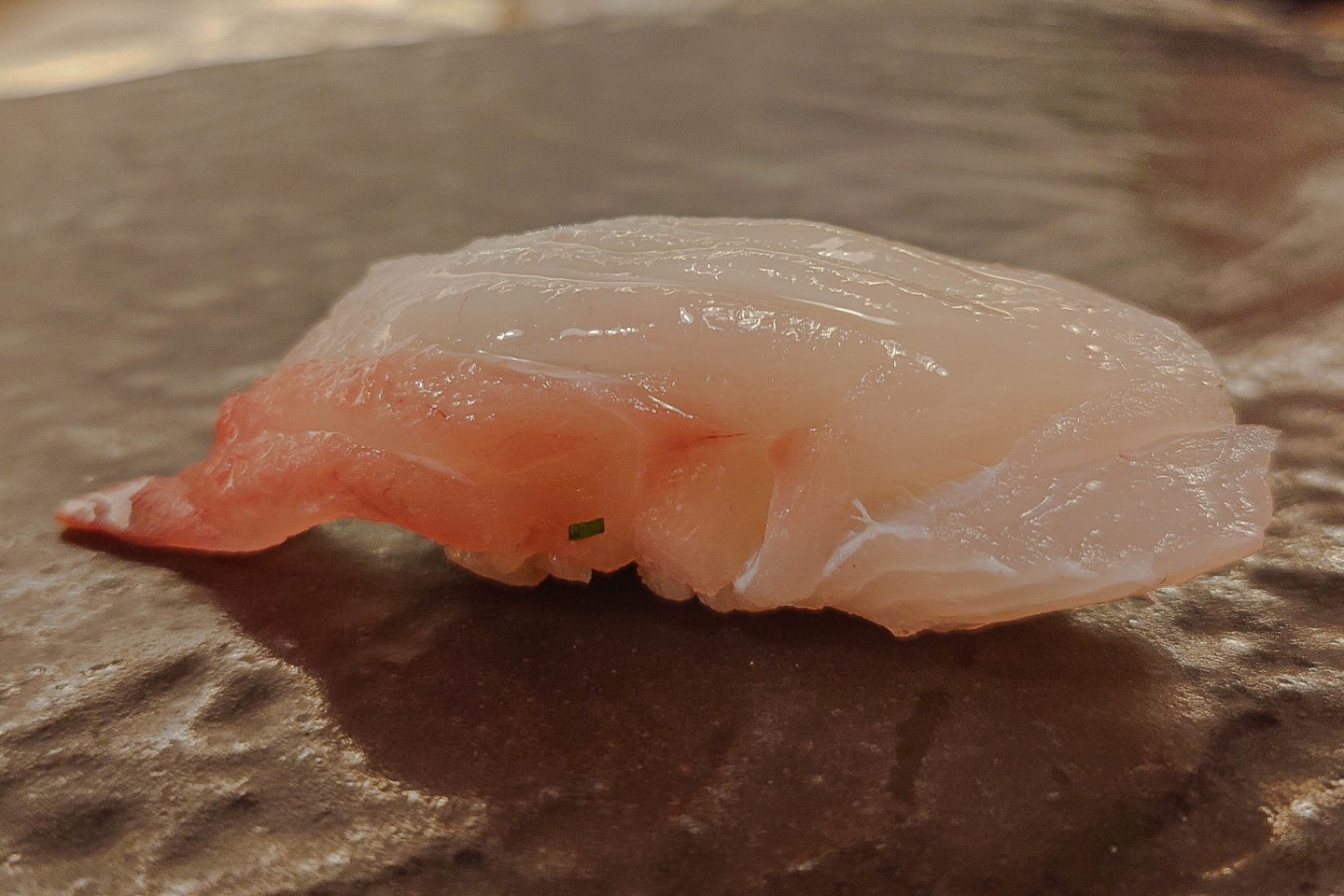
This was snapper, with a hidden layer of chives between the fish and rice. The snapper was very tender and creamy, with its fishy flavour cut through by the crunchy and earthy tones of the Amaryllidaceae.
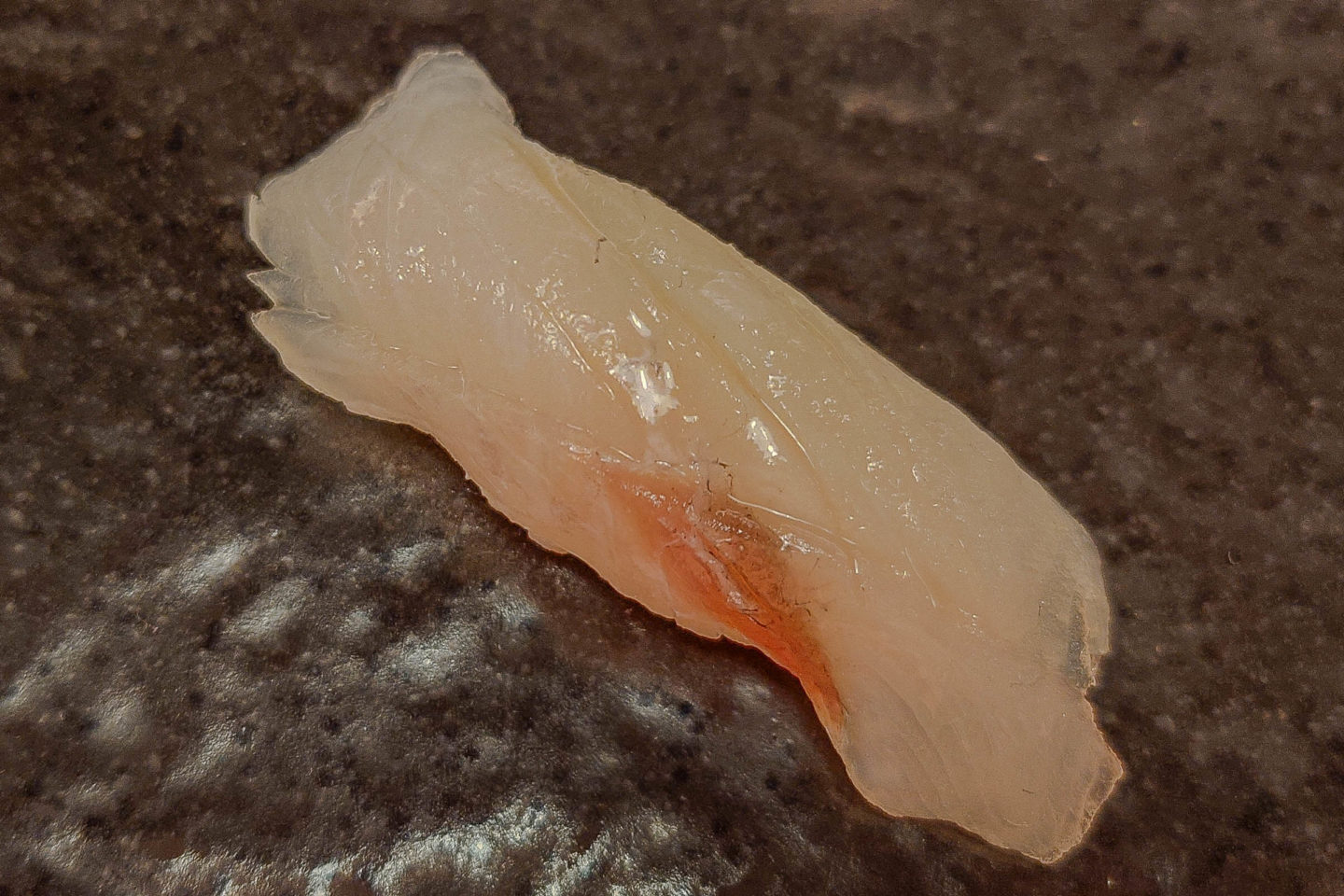
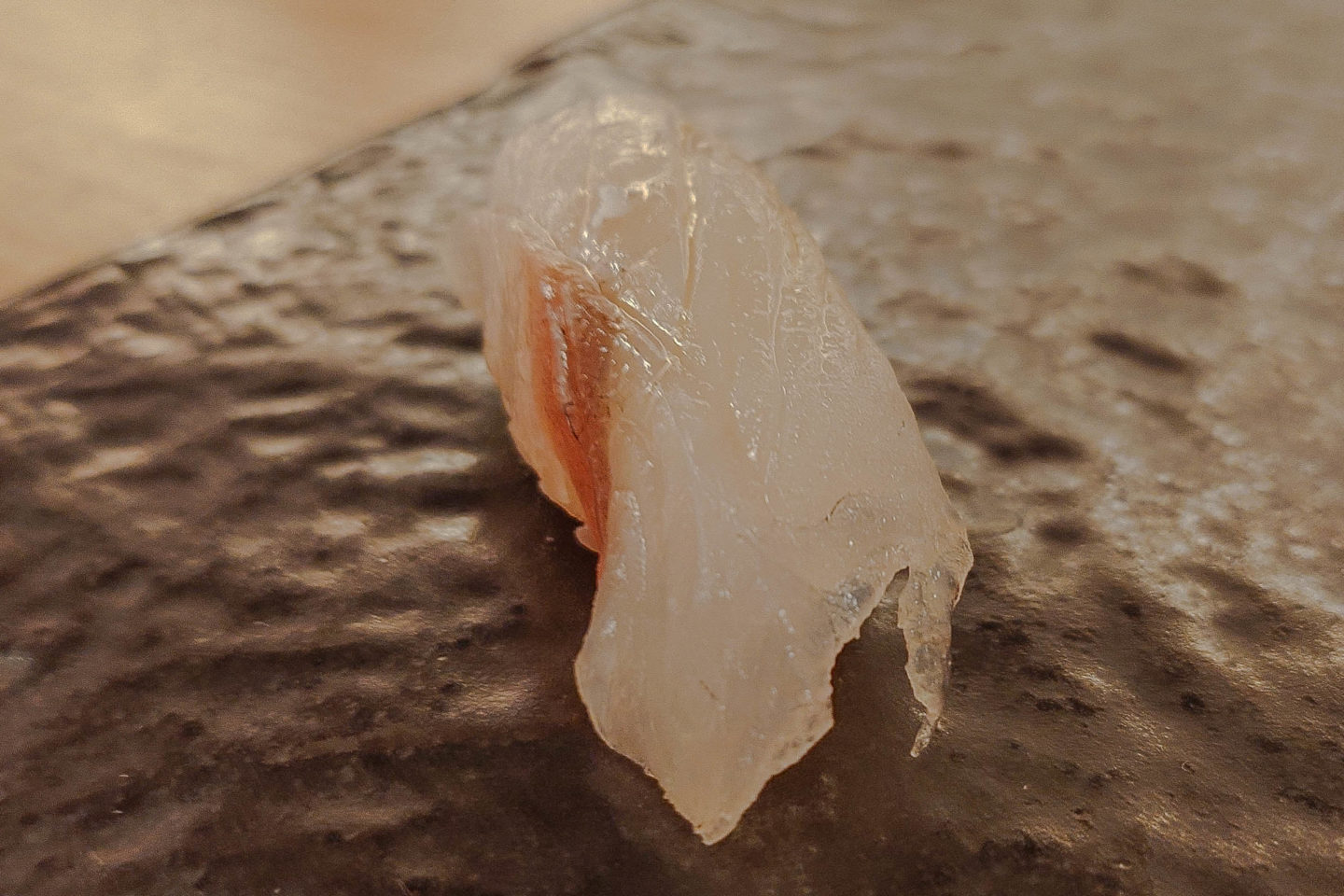
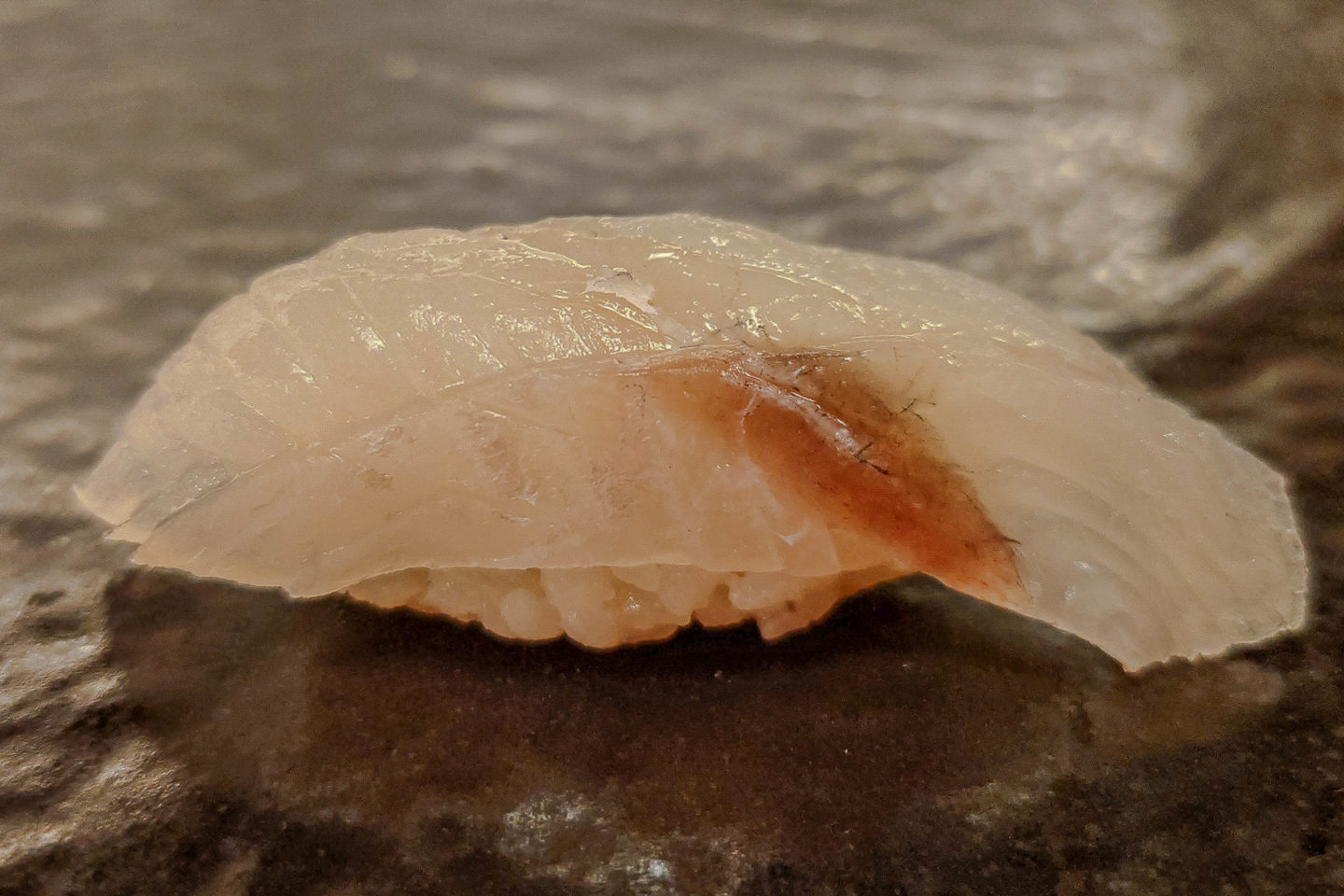
This was a whiting fish from Sydney. It was clean and moist, with a mildly sweet taste and soft mouthfeel.
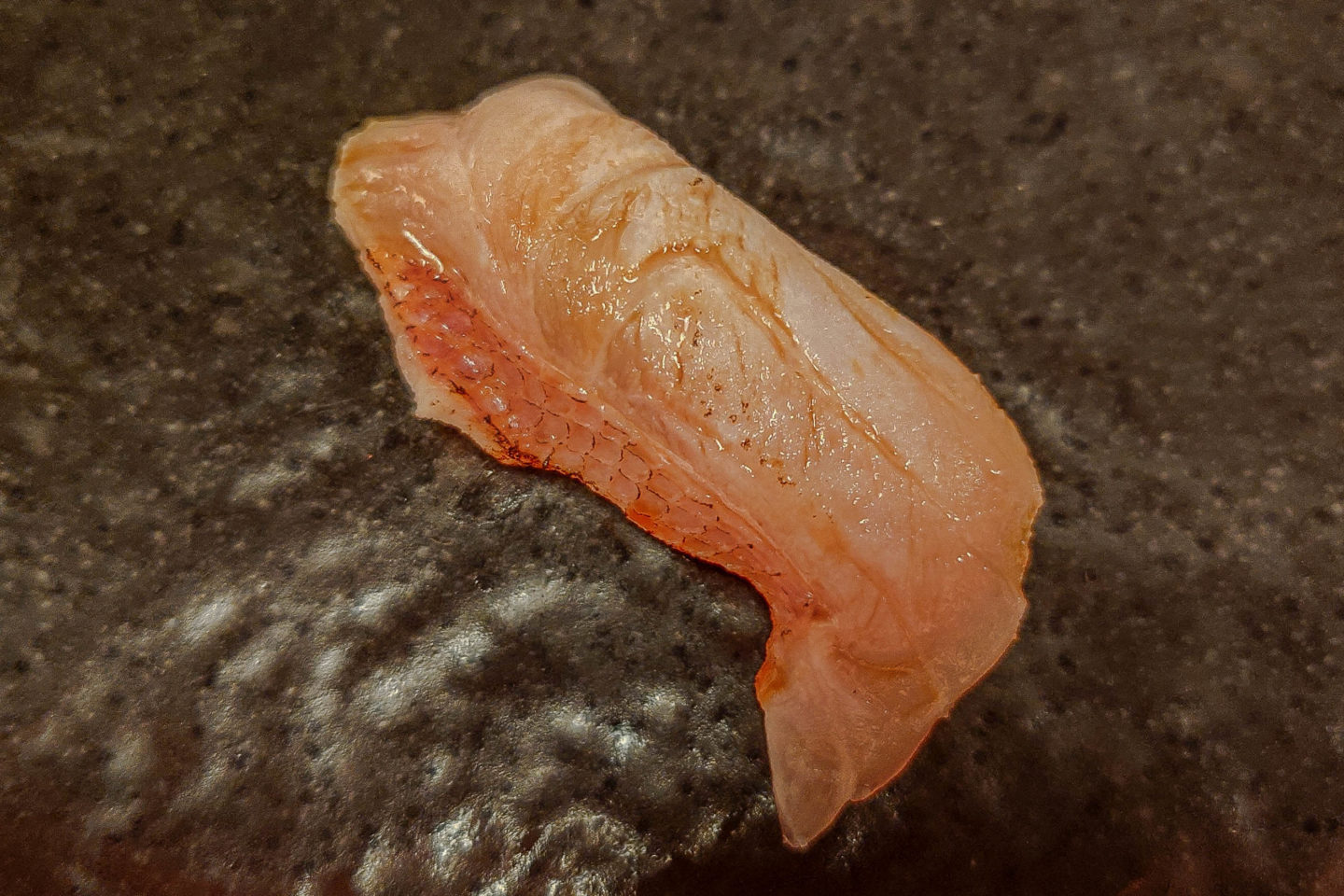
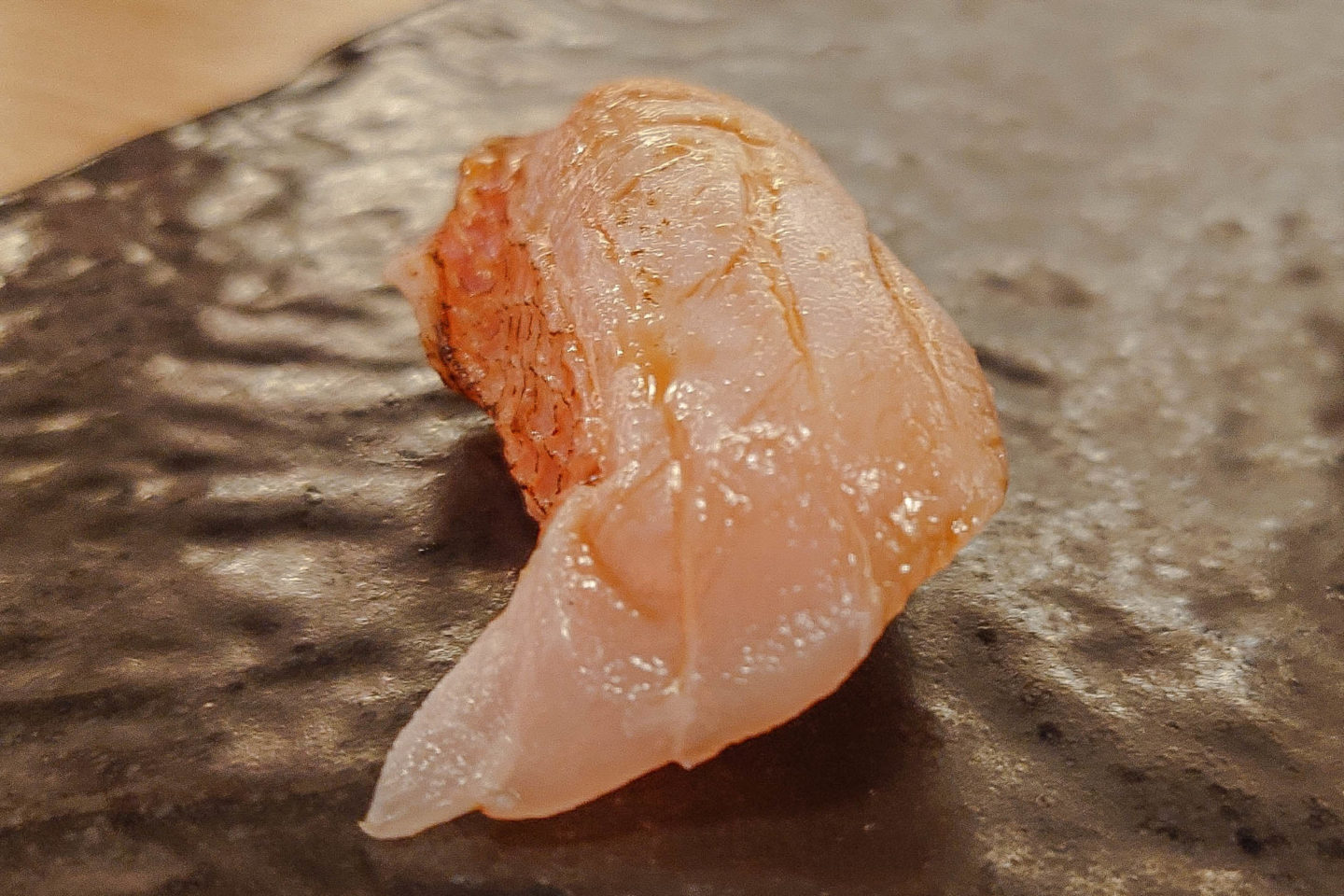
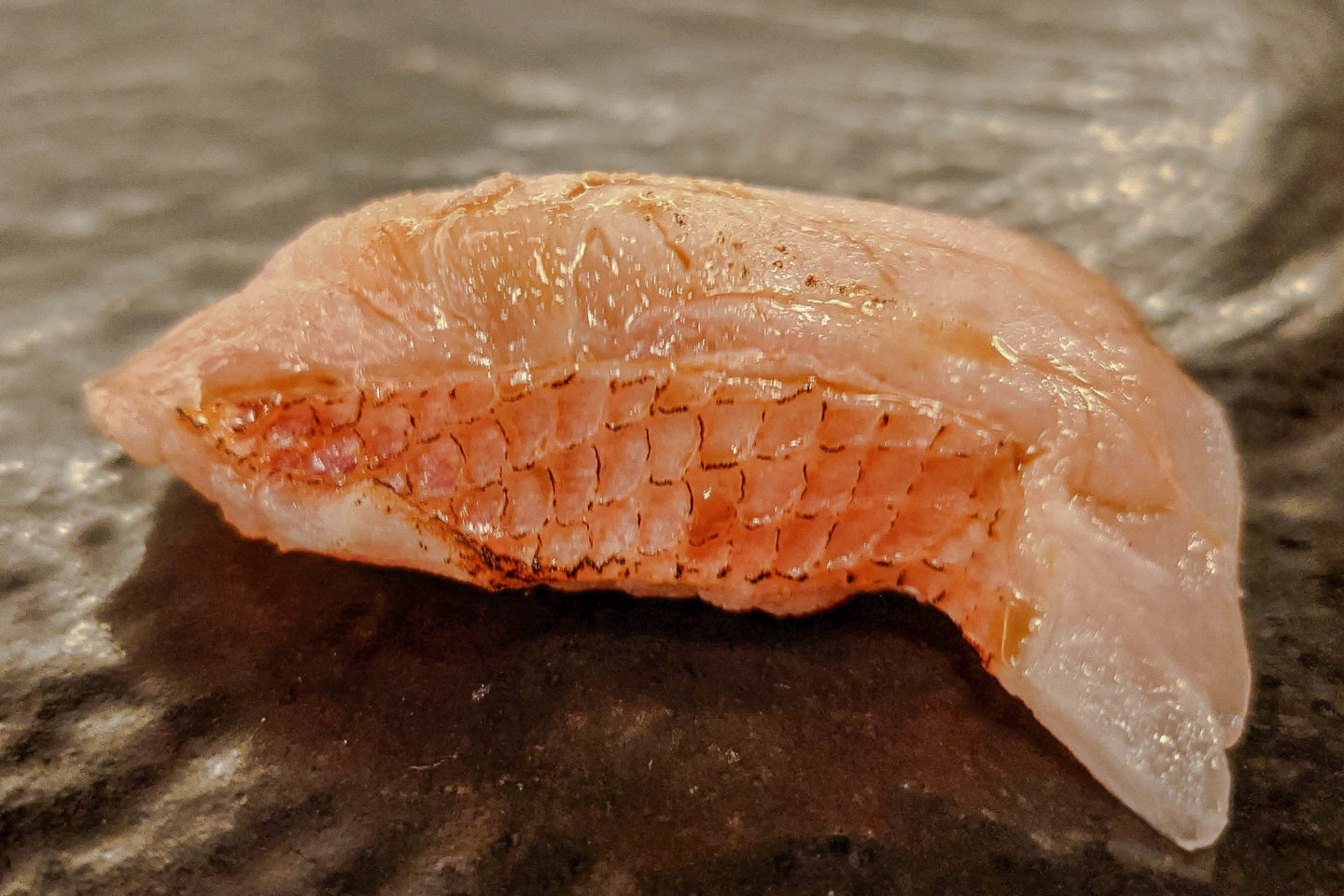
This imperador was delicious. The cutting technique to leave a bit of scaled skin gave the bite more texture and vibrancy. It also had a light and sweet taste.
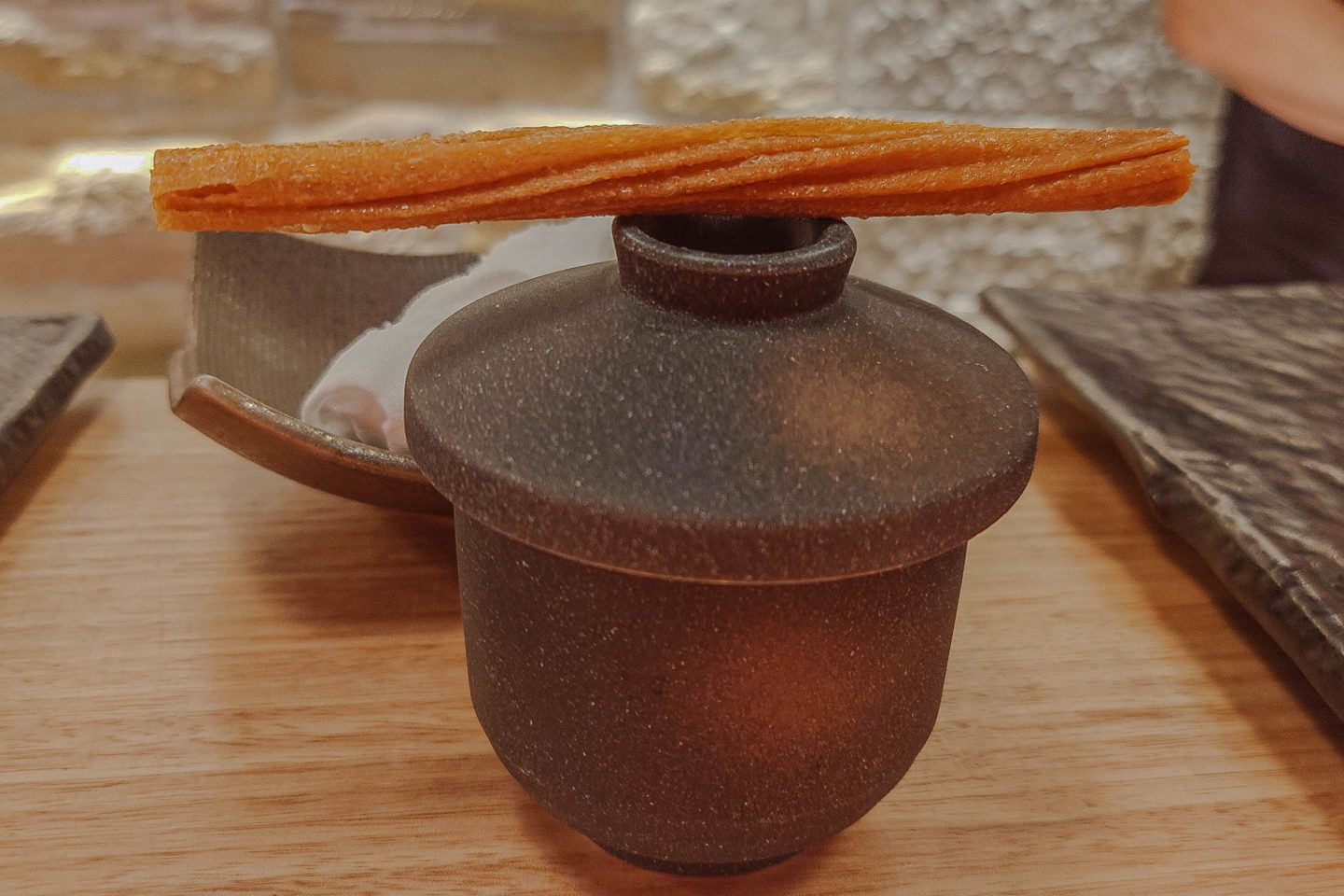
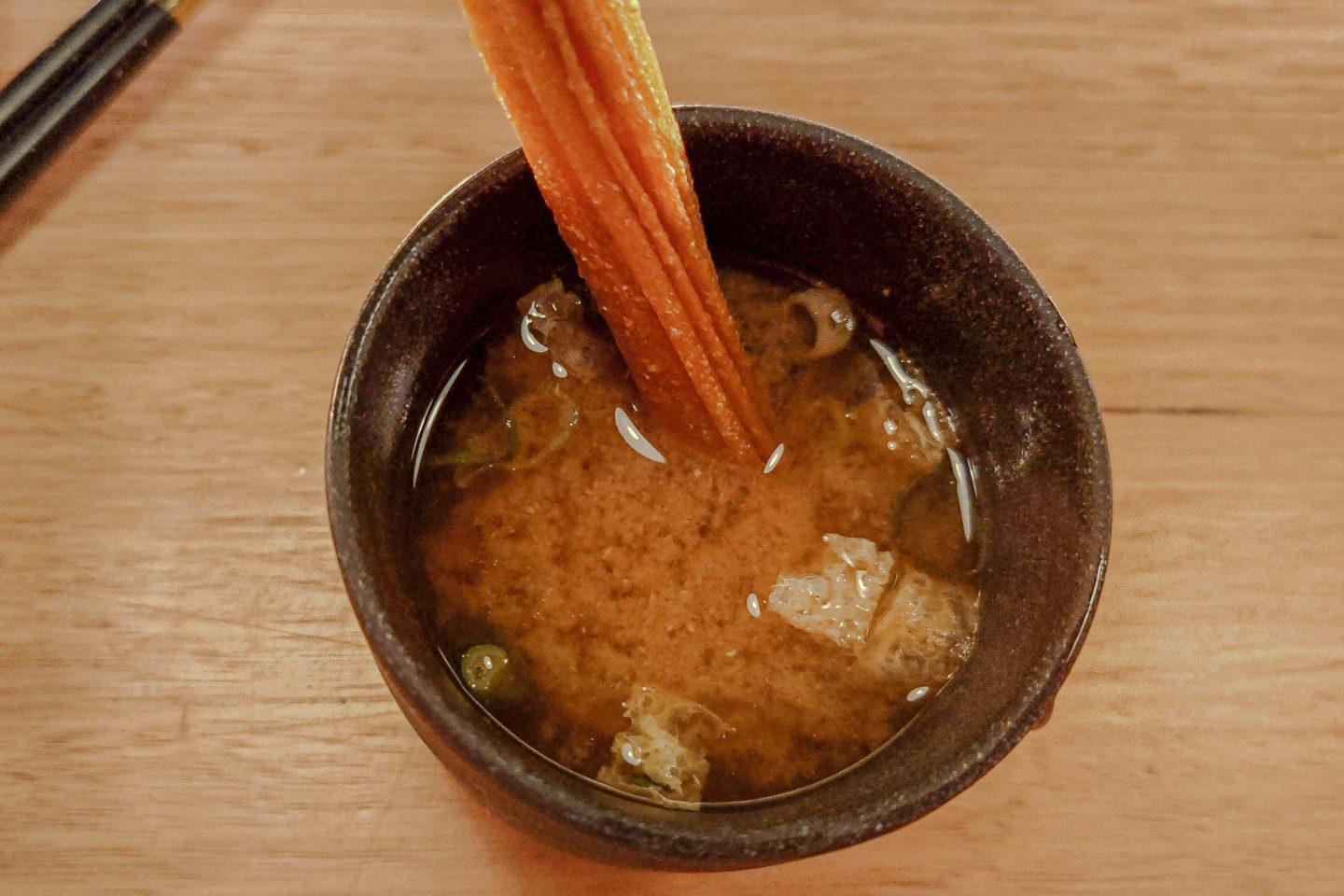
This was miso soup with bean curd. The miso soup was clean, with a moderate amount of umami flavour and green onions. It was fun mixing the bean curd as it flavoured the soup with some saltiness and sweetness, however I still prefer the traditional soft mouthfeel of tofu.
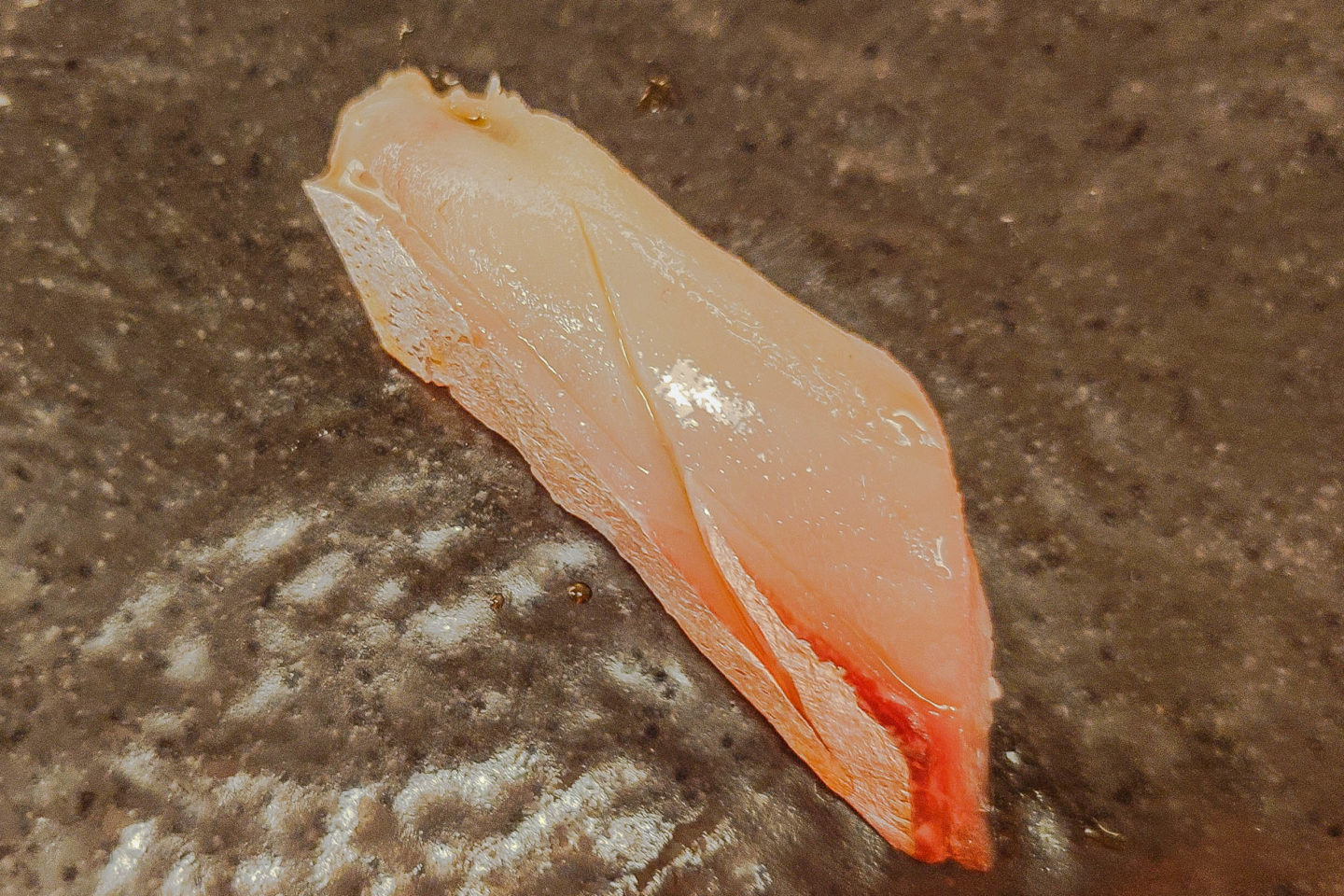
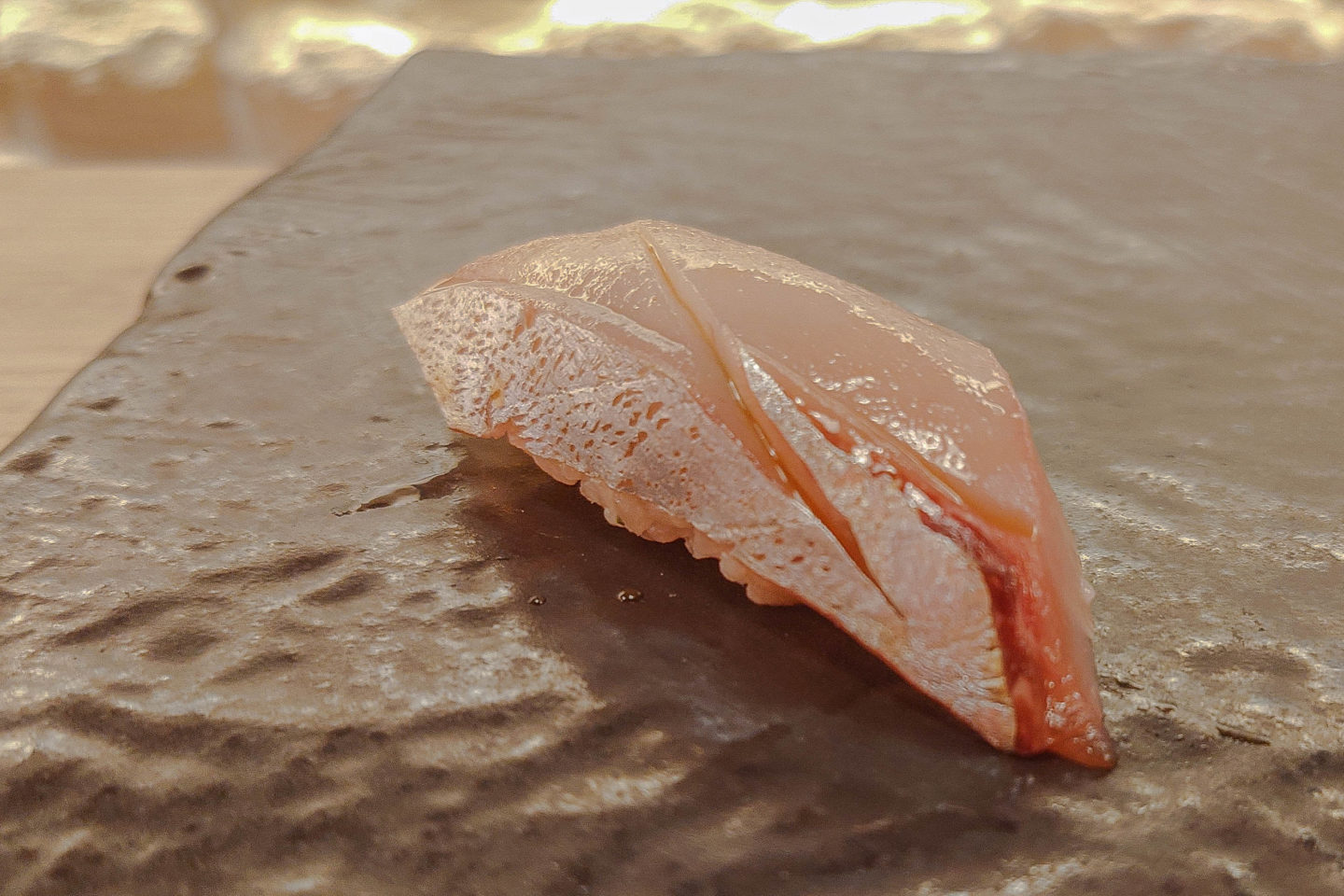
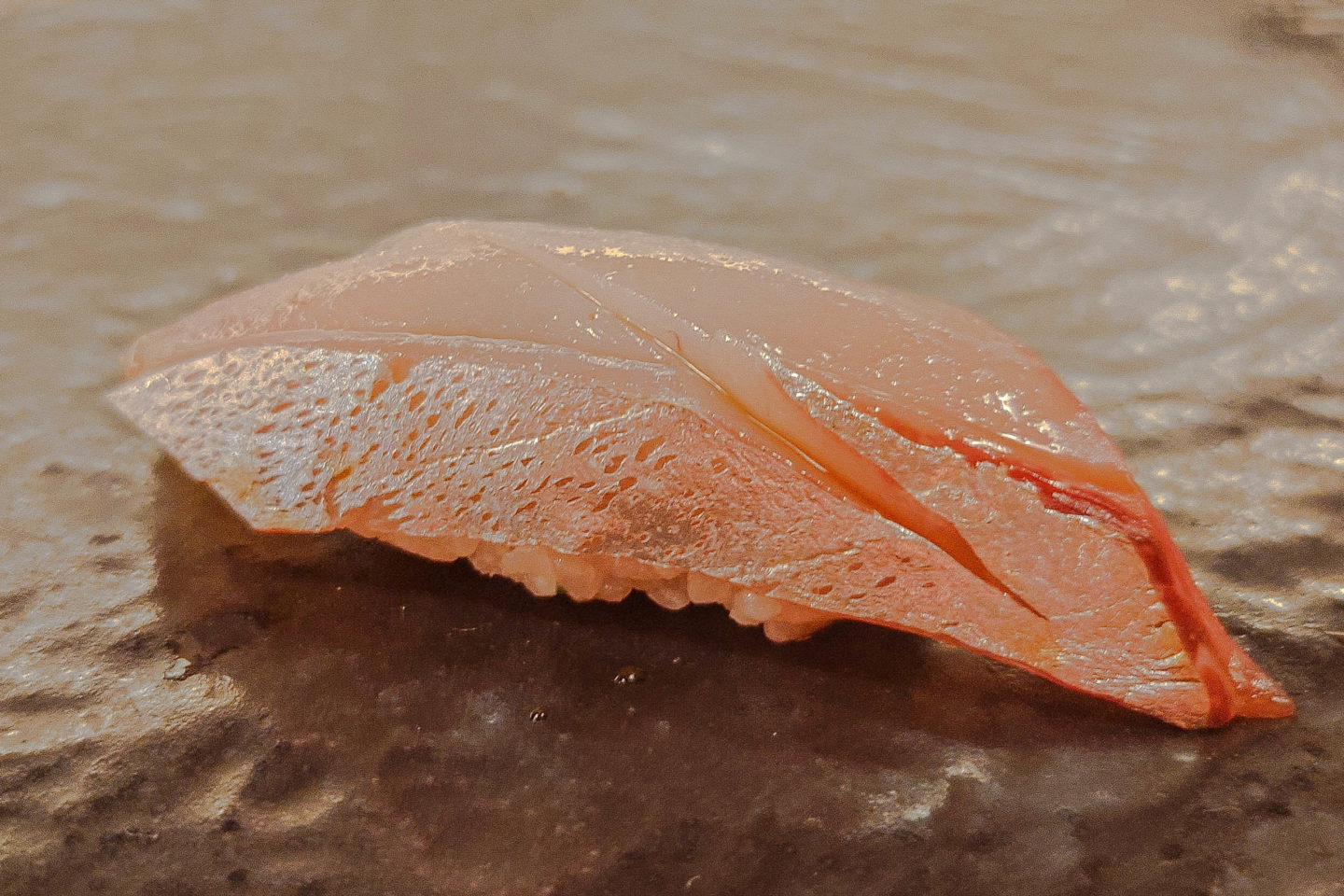
Next was trevally fish with hidden touch of spring onions. The fish cut was perfect; giving us the soft flesh and none of the chewy components this fish is known for.
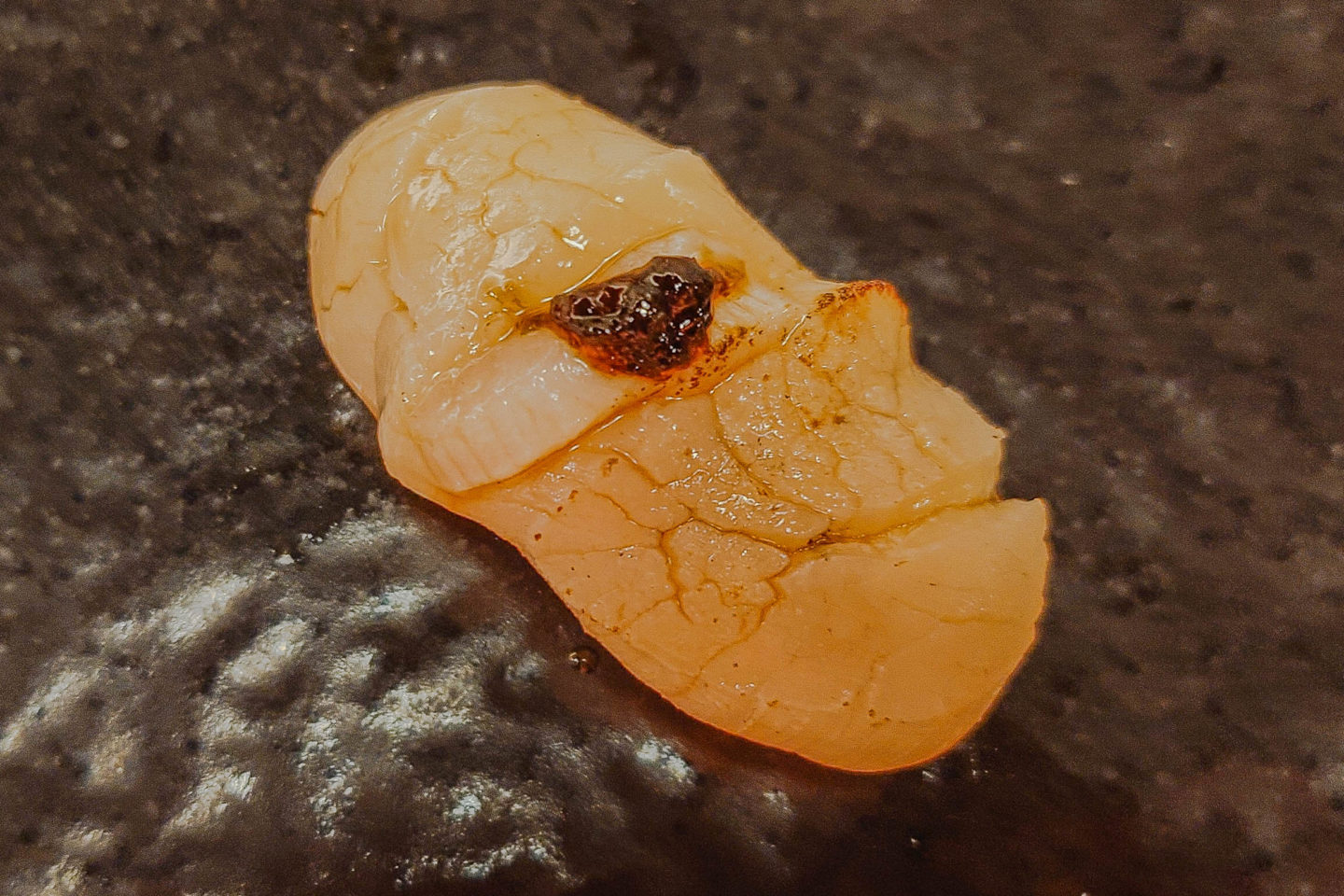
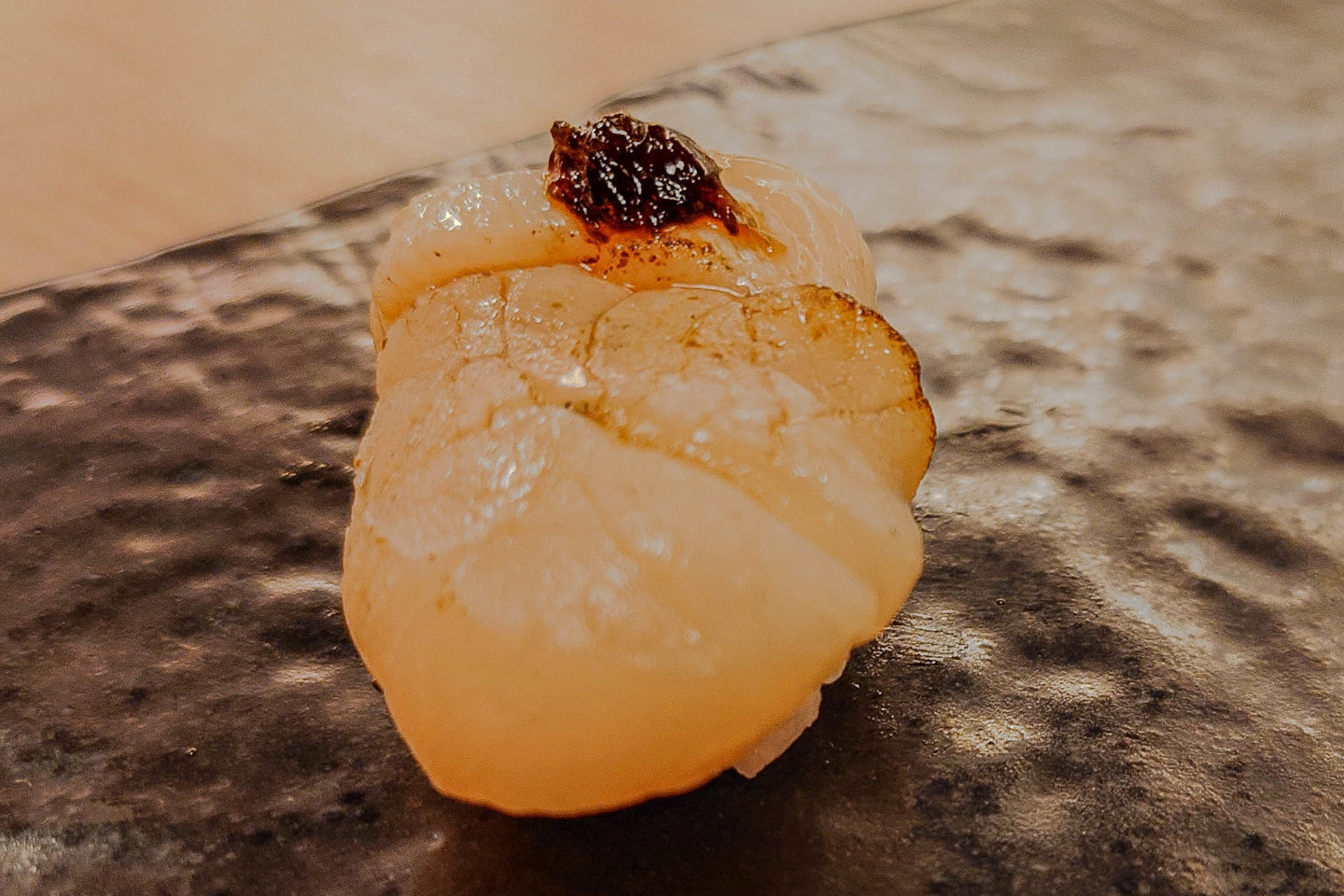
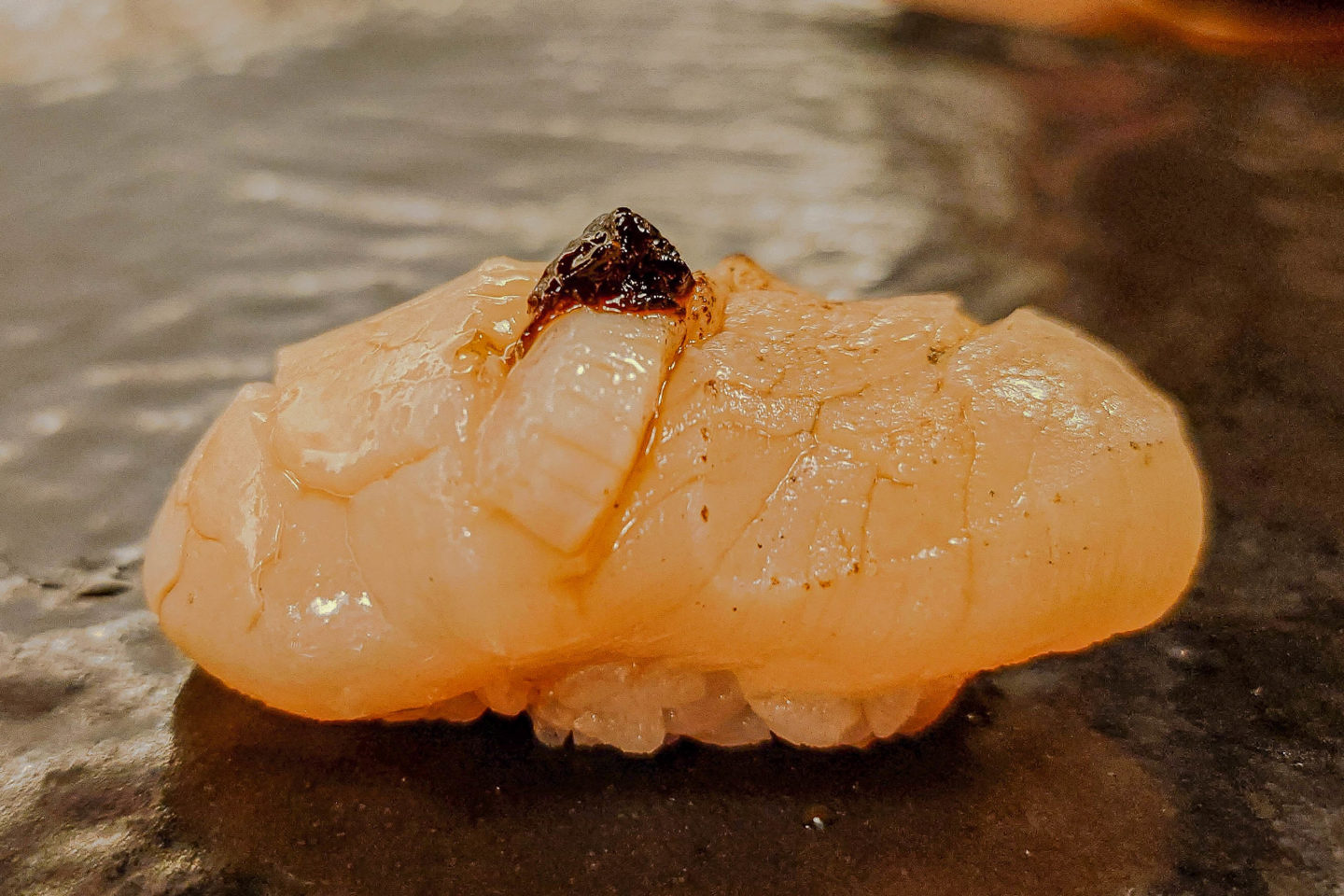
Ahh, the dreamy Hokkaido scallop 🤤 This soft and creamy bite was to die for, melting in our mouths with all the oceanic goodness.
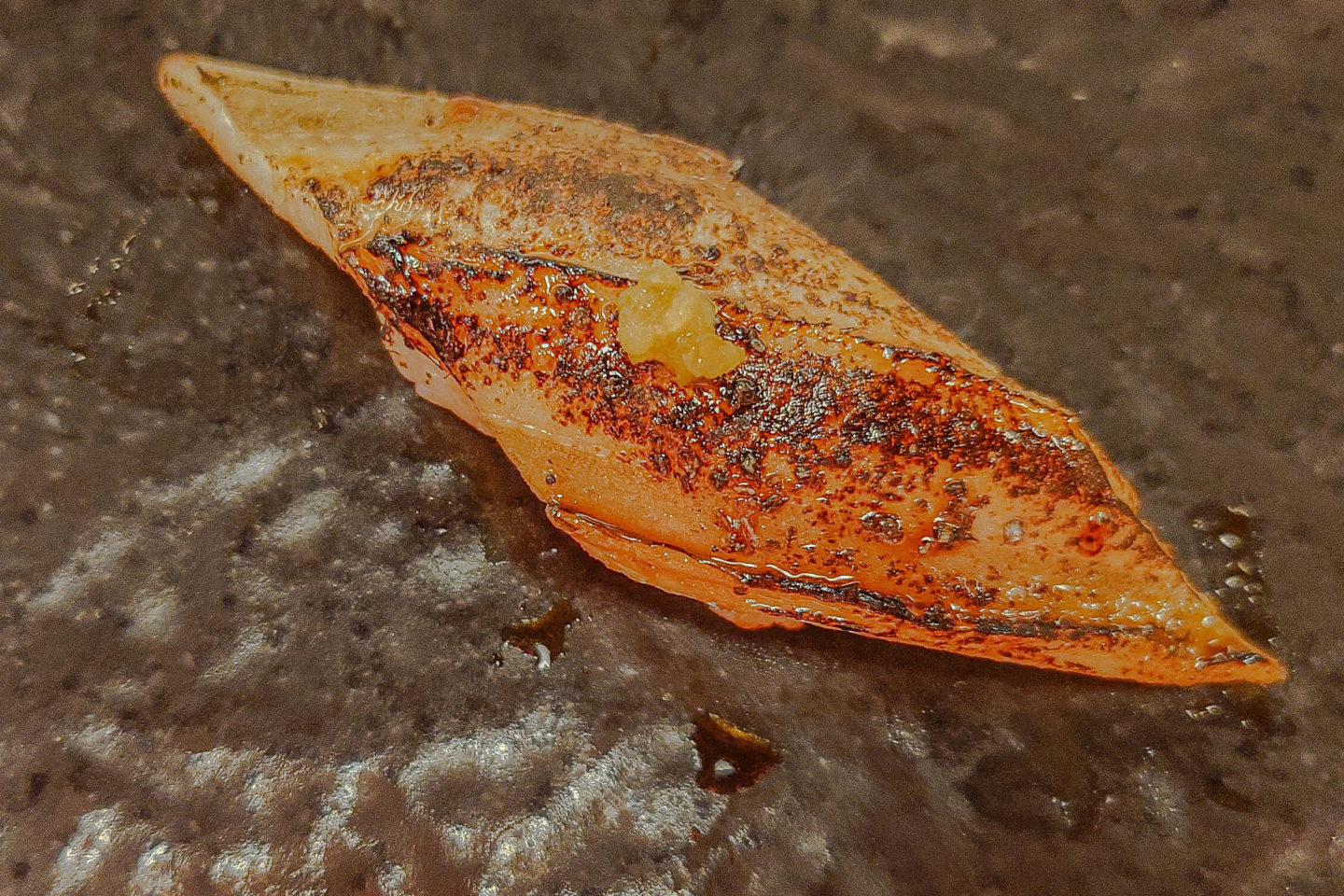
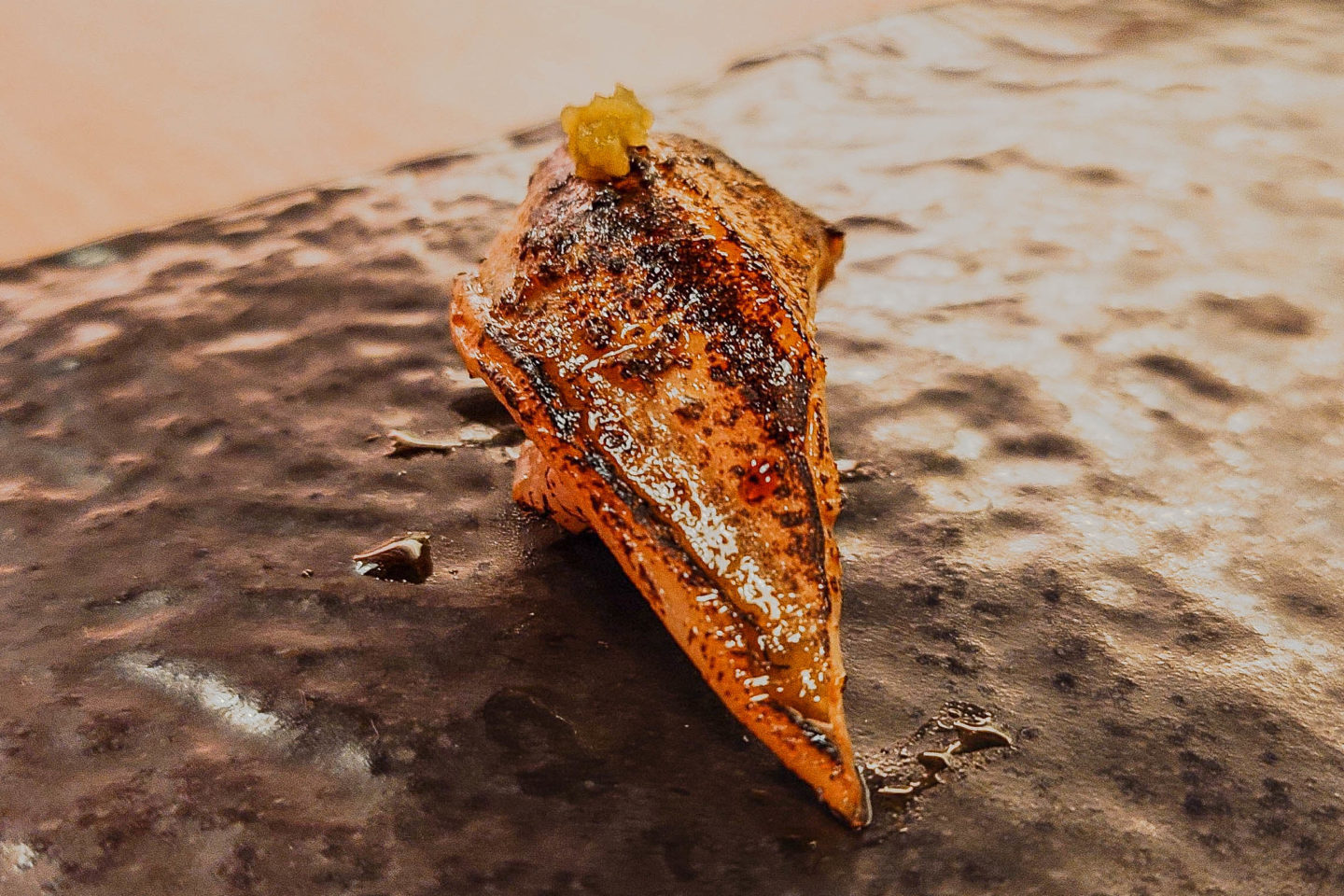
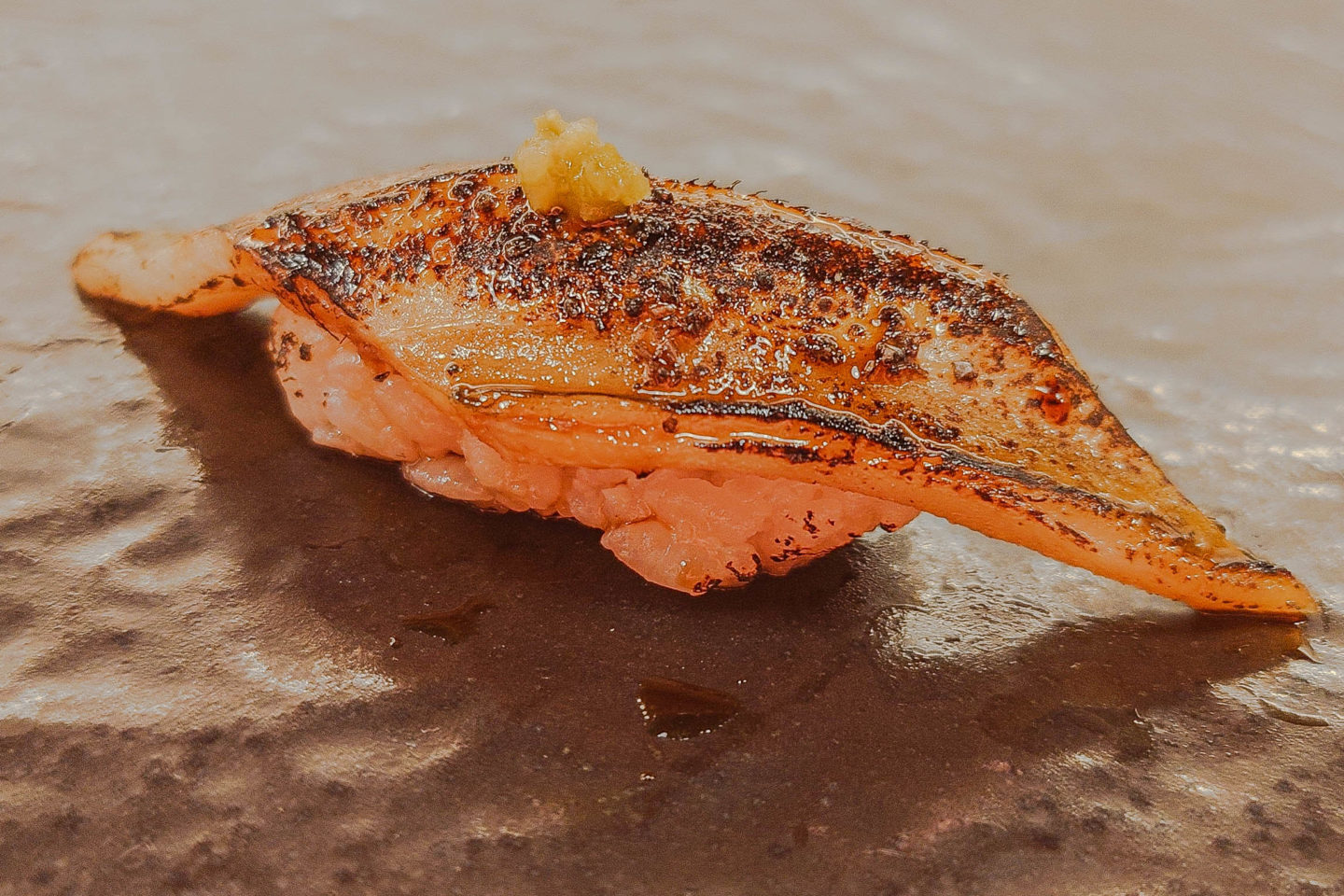
The anago had a natural saltiness to its flesh, complimented by the addition of citrus pepper and smoke. It was very tender, completely disintegrating in our mouths upon contact. There was an enjoyable spicy heat that lingered on our tongues afterwards.
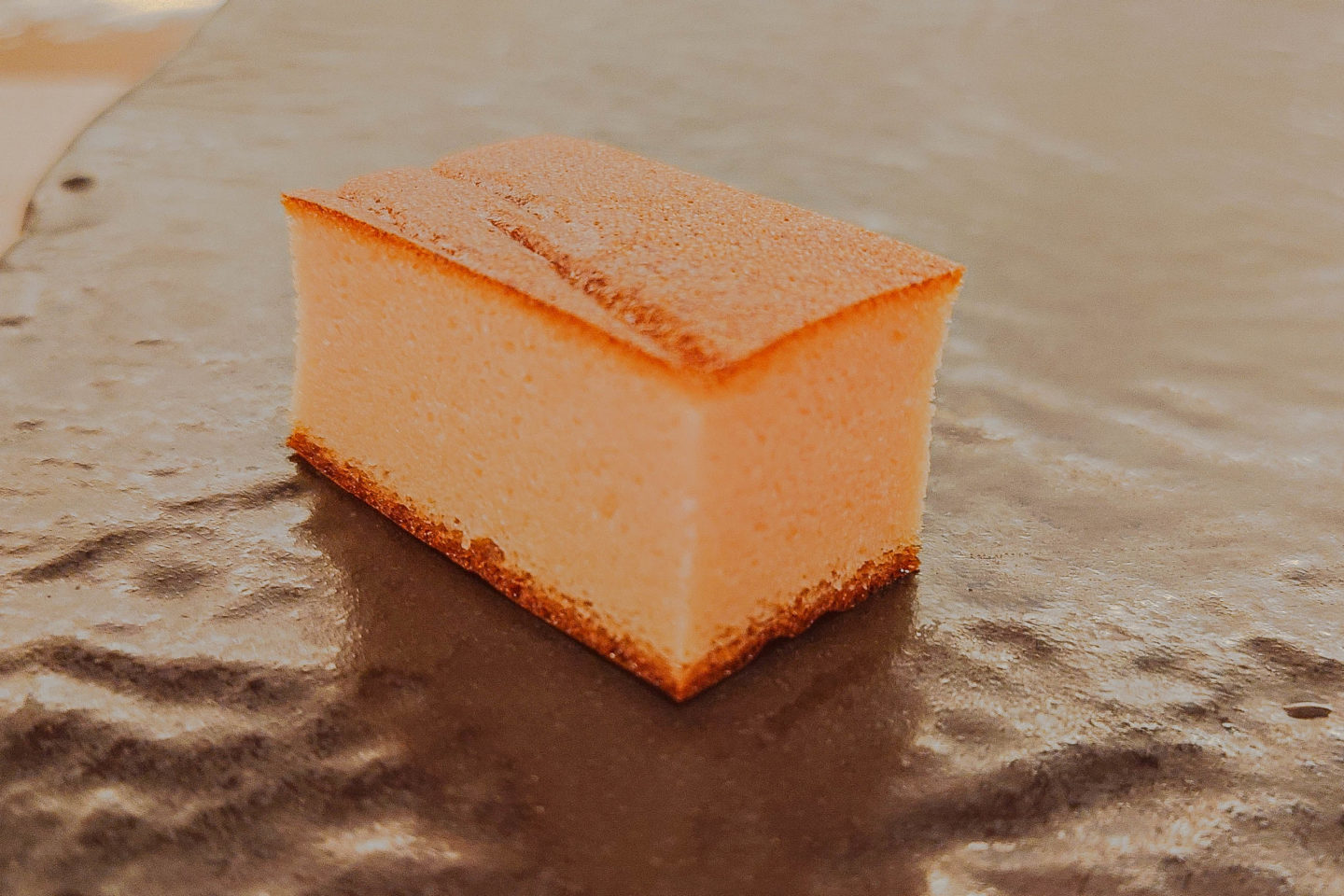
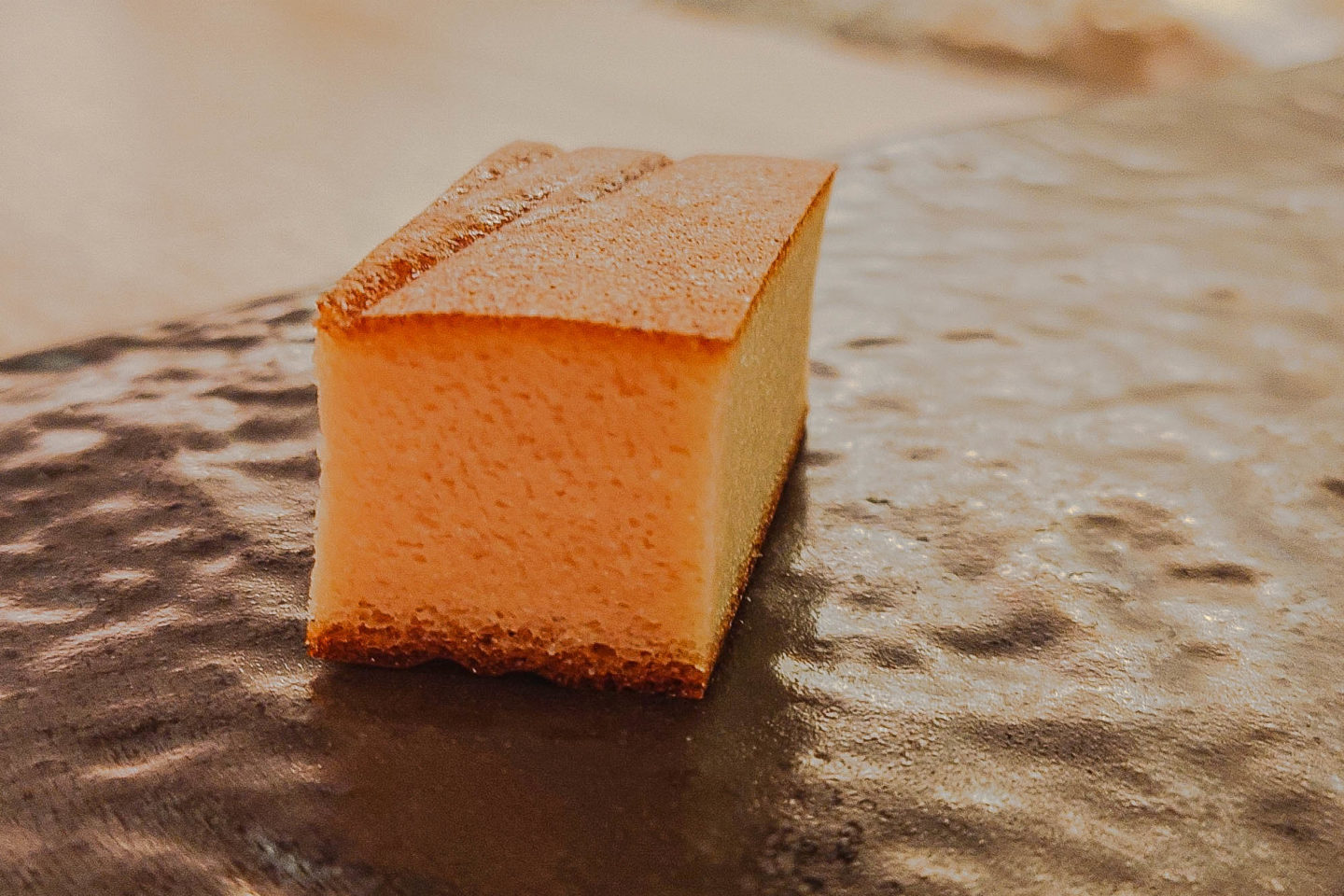
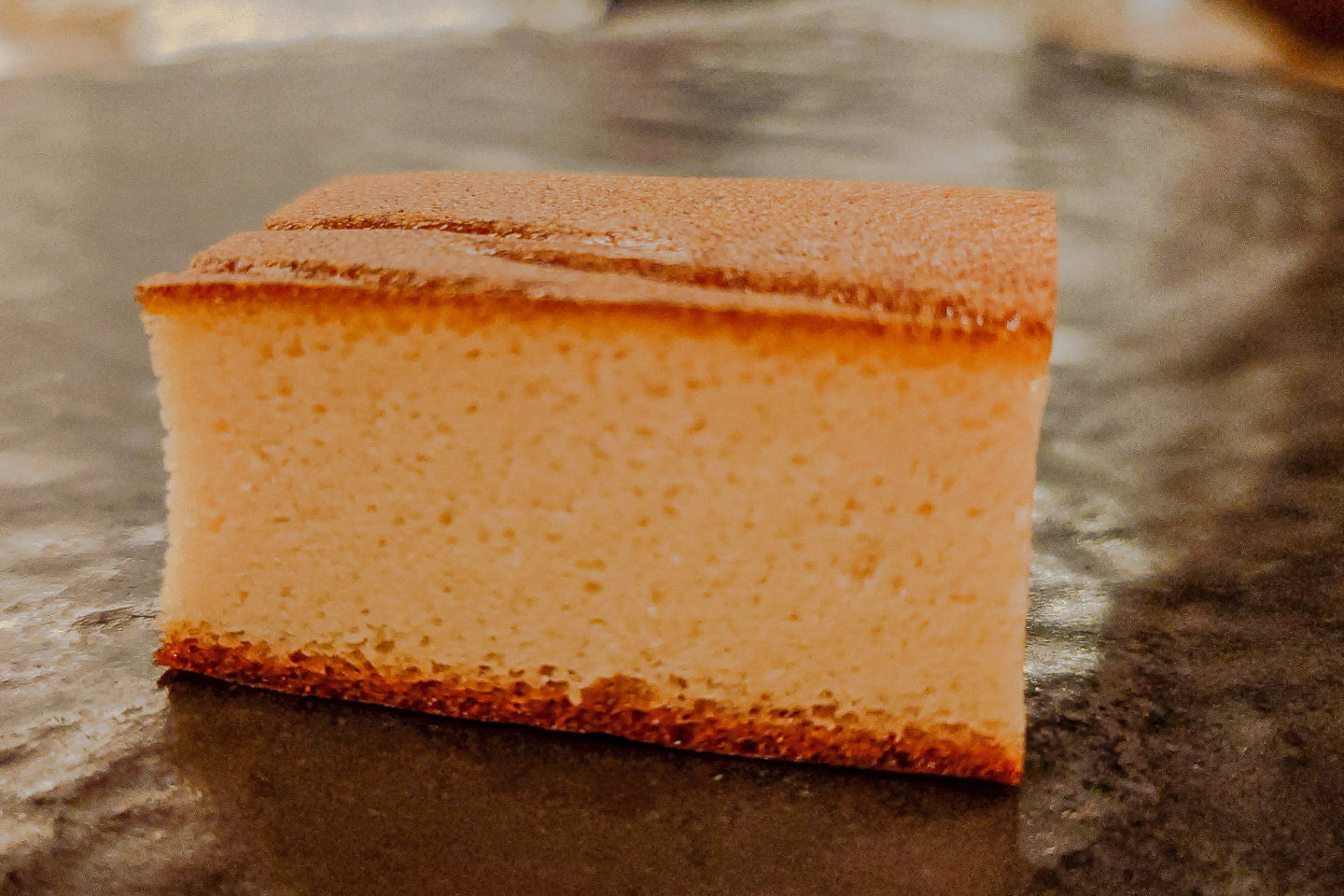
Finally, the finale tamagoyaki, an egg on a grill. This tasted like a sponge cake; it was very fluffy and dense, with a moderate sweetened egg flavour.
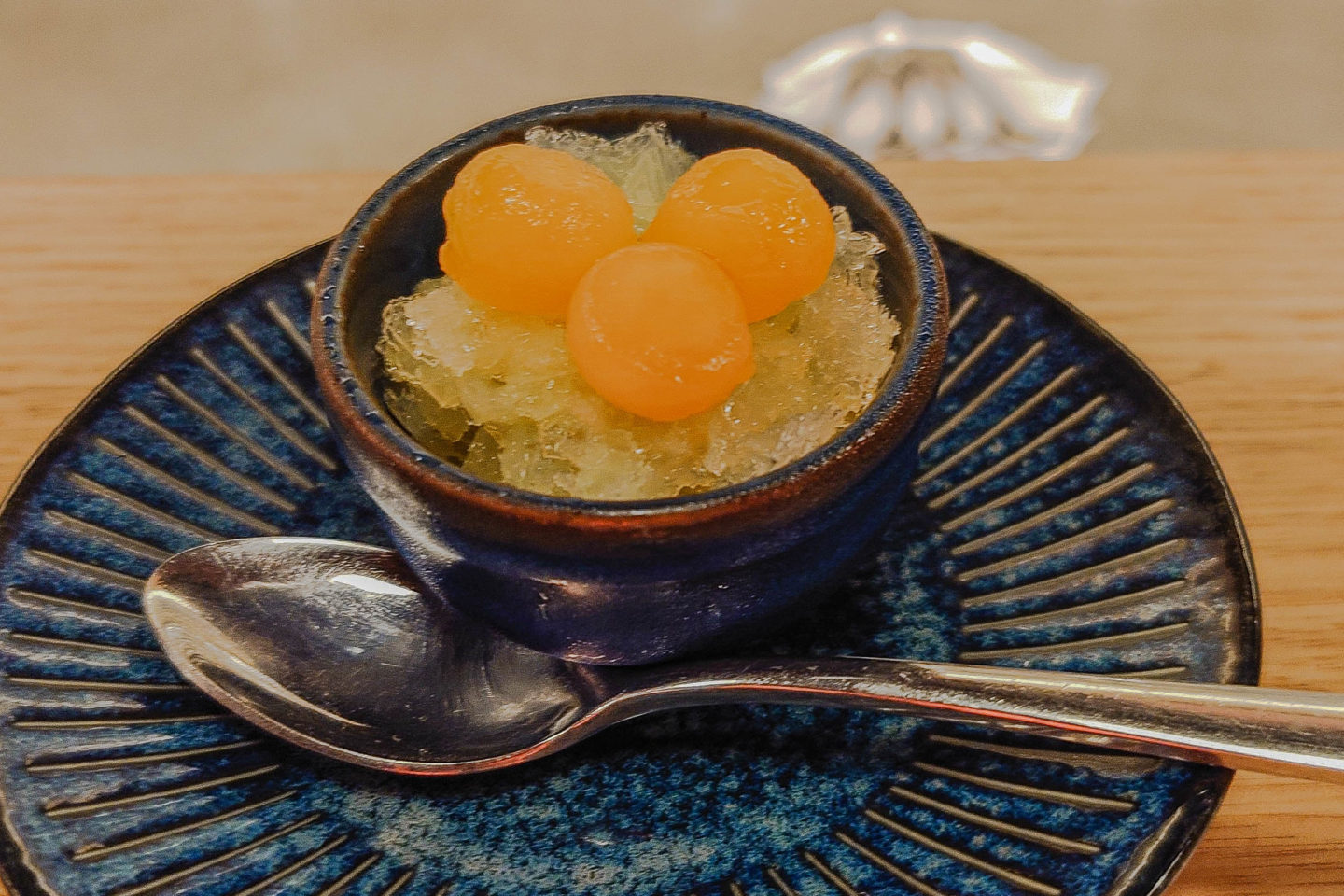
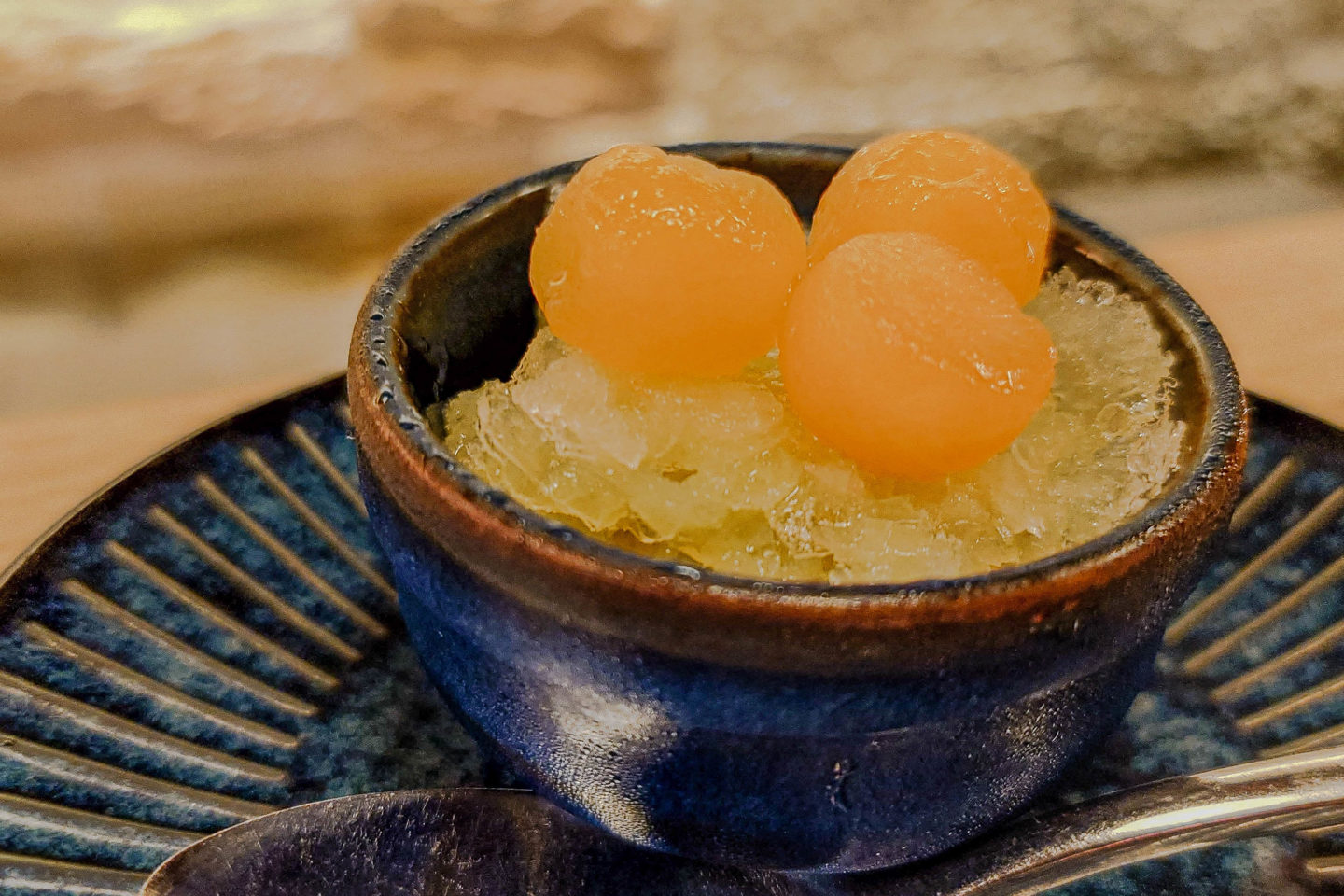
Our palate cleanser was surprisingly a large portion of green apple, yuzu and rock melon. It was very refreshing and sweet, and was more engaging with our taste buds than an ordinary palate cleanser.
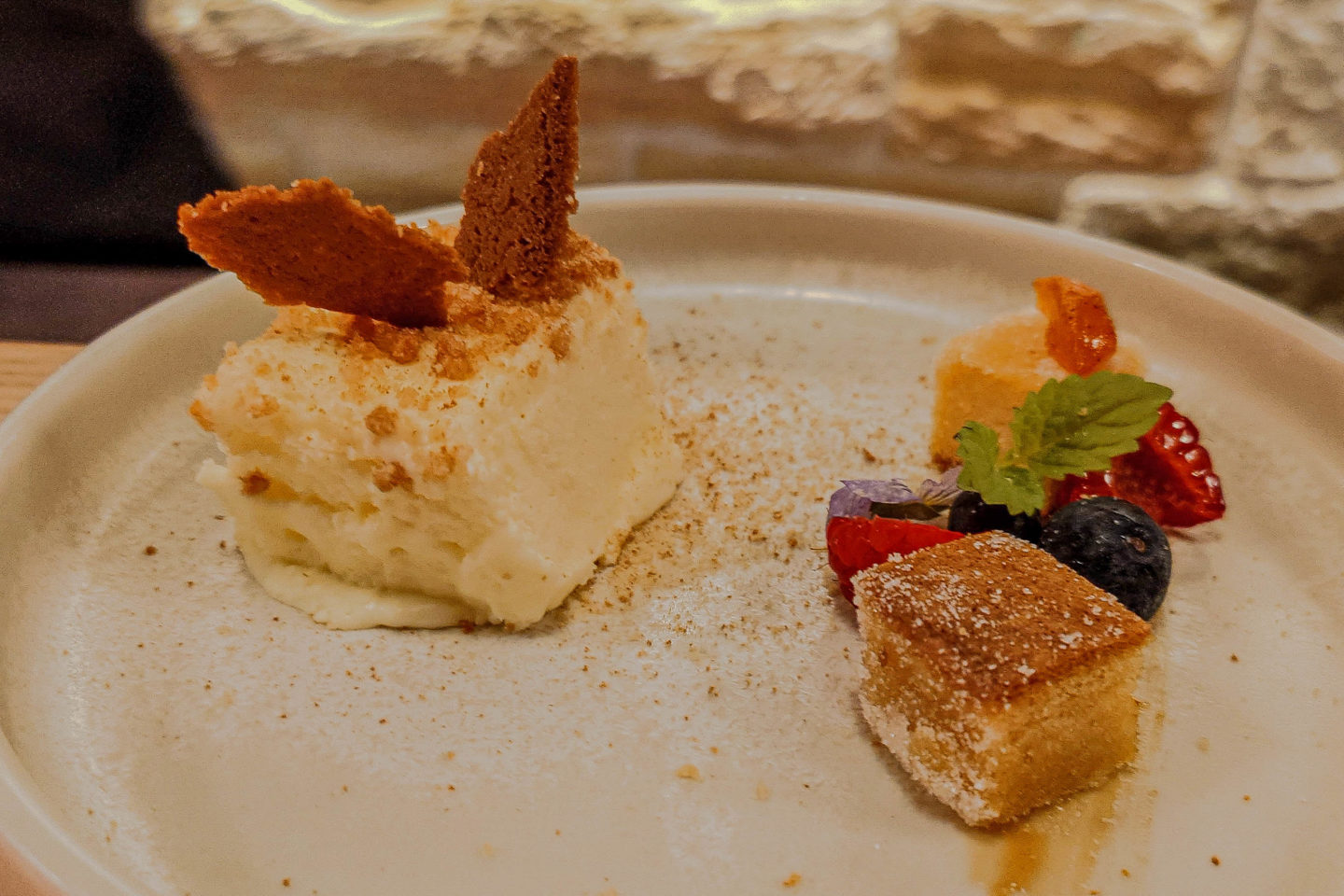
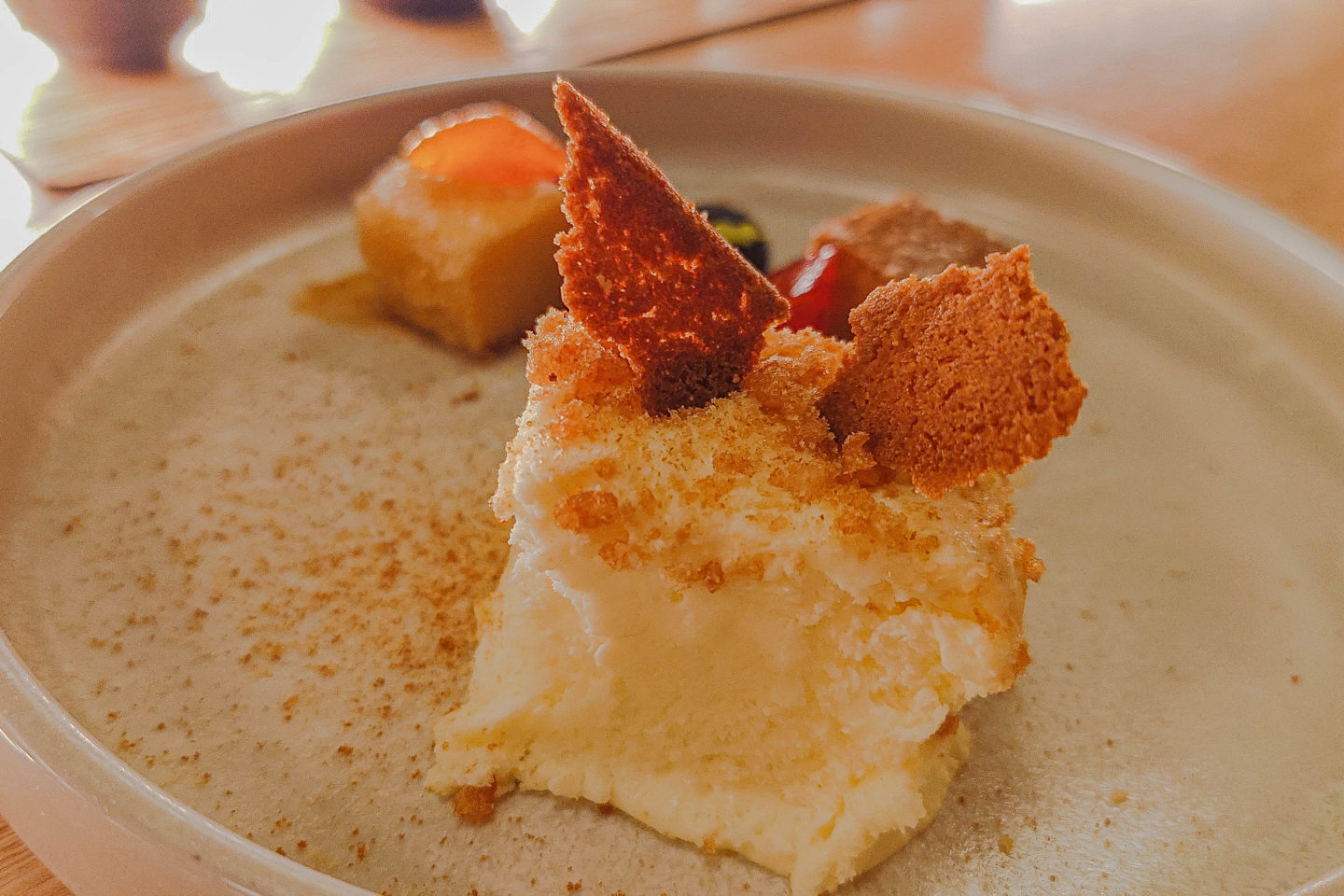
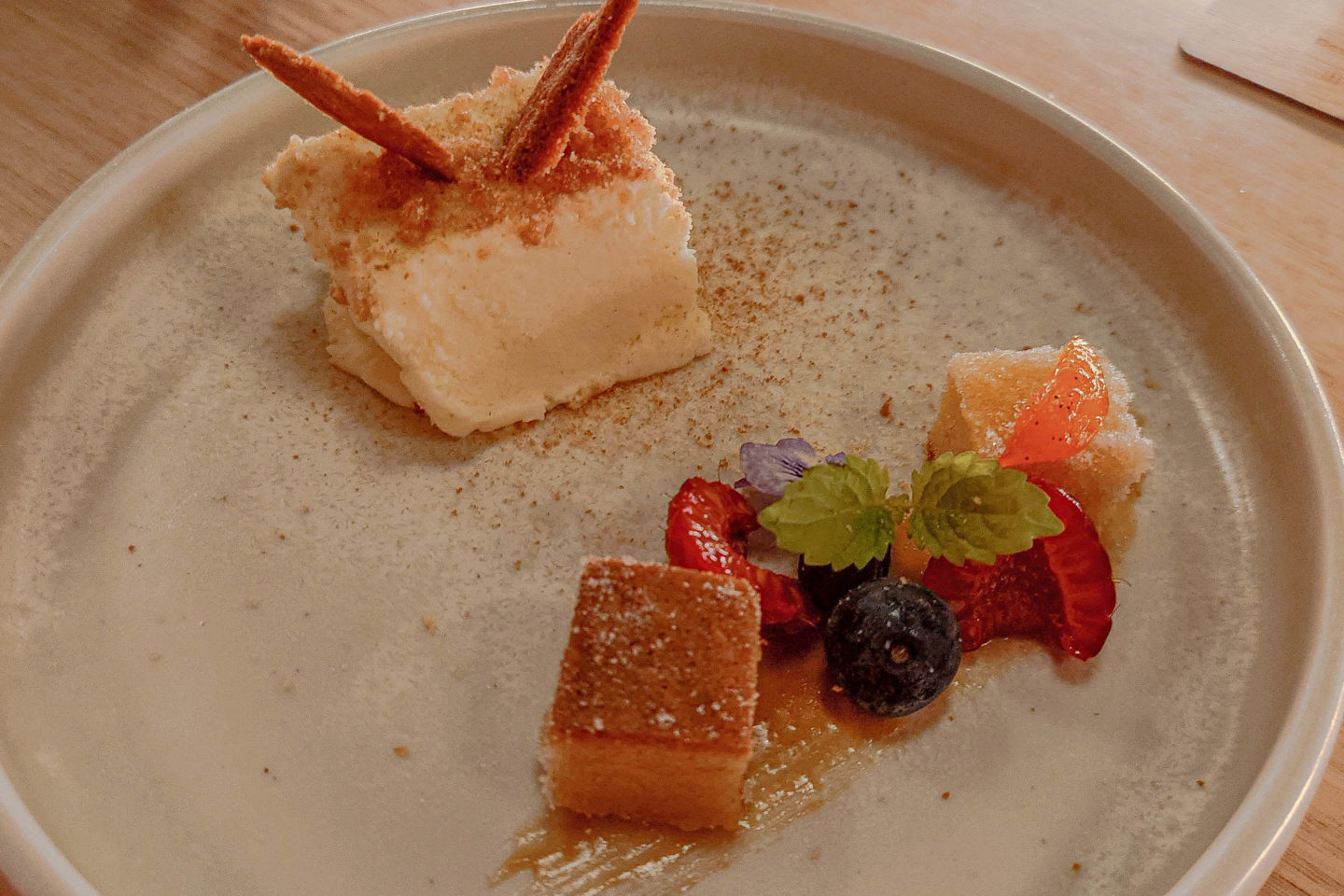
Our dessert was a milk ice cream, served with Japanese sponge cake, kumquat, blueberry and strawberry. It was very delicious and refreshing. The cream was light and not too sweet so it didn’t bloat us. There was touches of tartness from the fruits.
Drinks
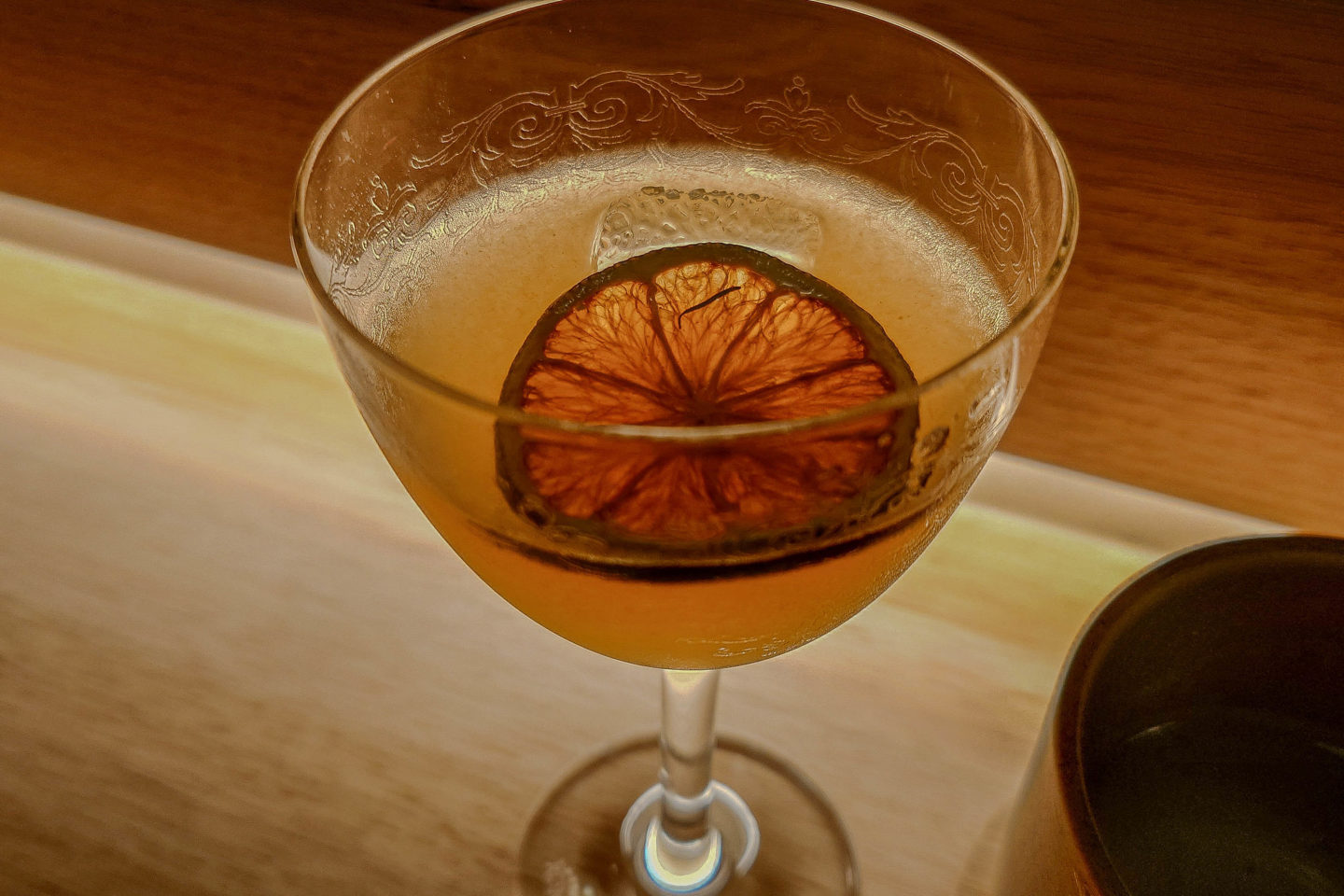
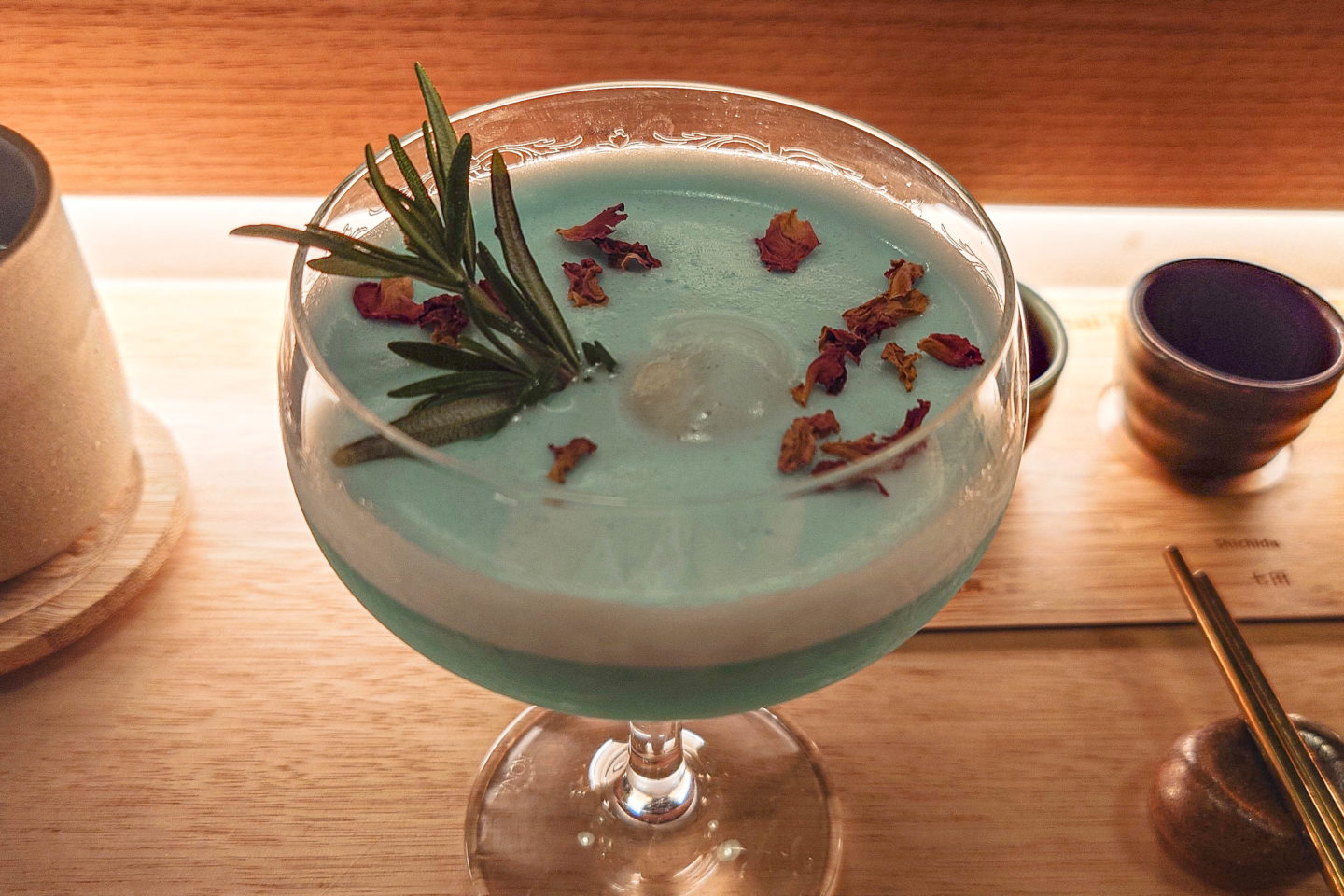
The cocktails were delish. We tried a few and every single one had a nice blend of fruits and chase to make the alcohol tolerable.
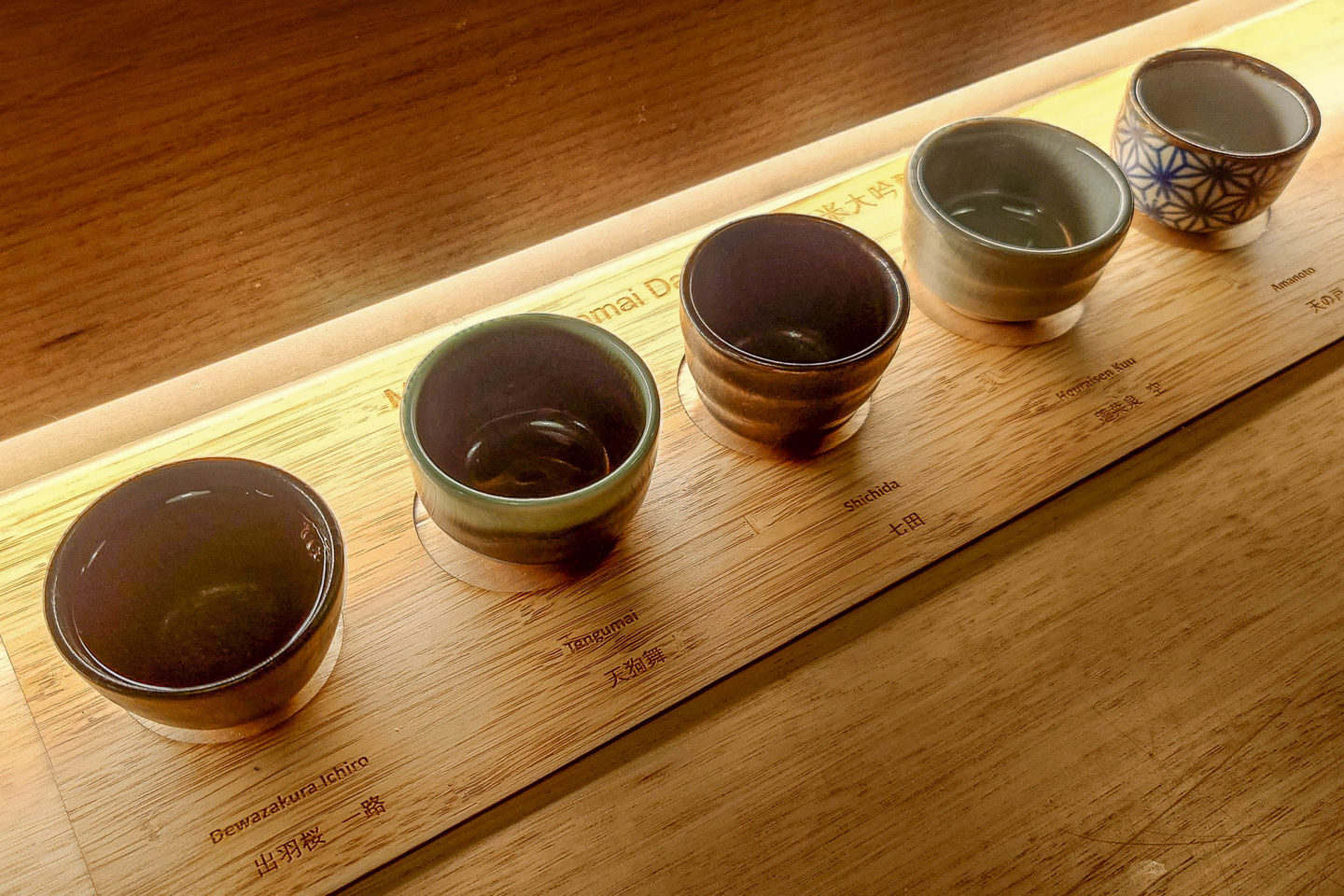
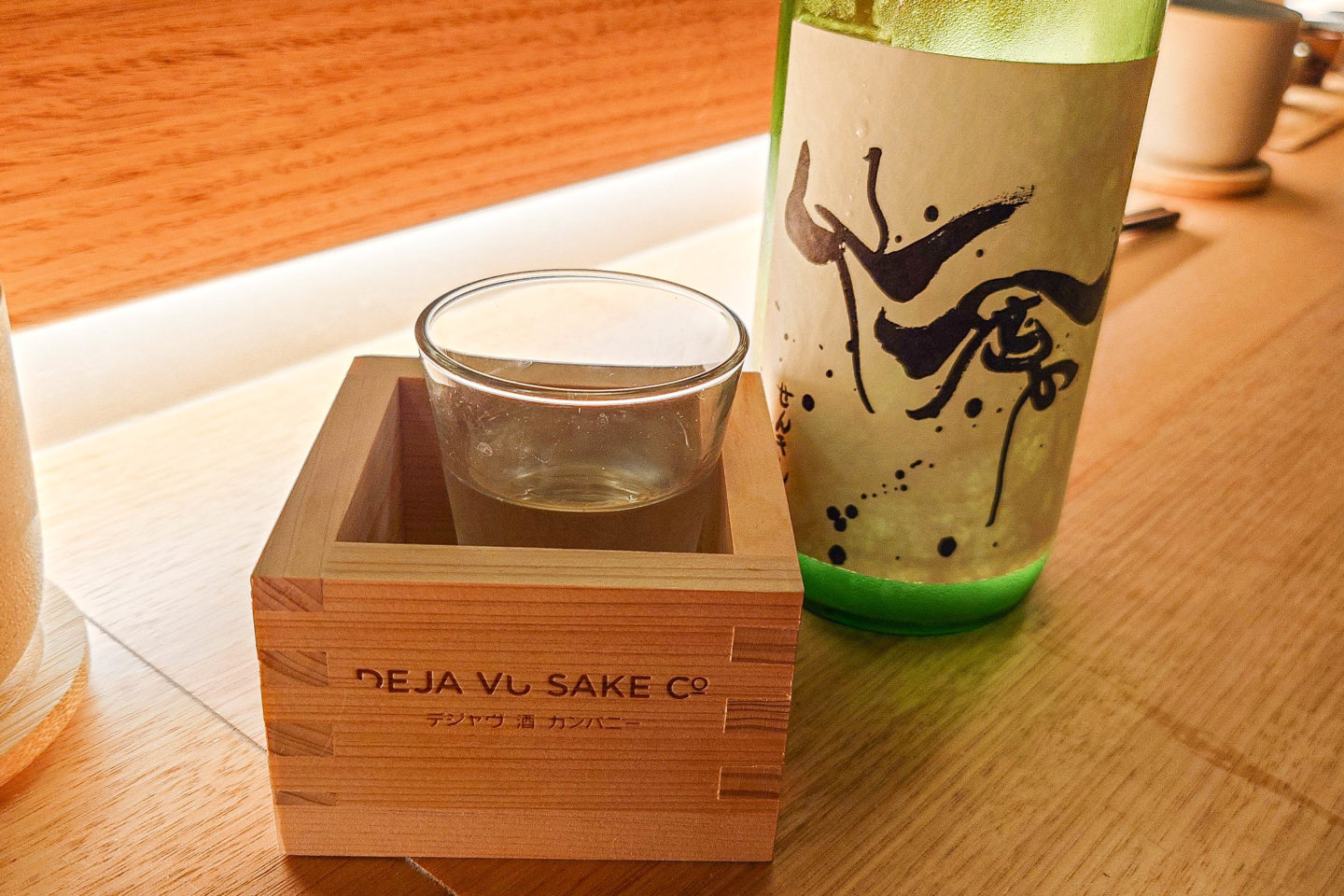
Mick got the sake flight. There was 6 types to try, with the 6th one (Deja Vu Sake) being brought out on its own. From left to right:
- The dewazakura ichiro was sweet and light, with strawberry and apricot flavours.
- The tangumai was from the Izakawa region, giving us a full mouth experience with floral hints.
- Deja Vu Sake was an award winner, with an aromatic banana smell.
- The shichida was dry and sweet, with flavours of lychee, honeydew and melon.
- The houraisen kuu was a zunmai, with a lower alcohol taste that paired nicely with the hot food.
- The last amanoto was a 35% polished rice, with a floral scent pairing nicely with desserts
Service
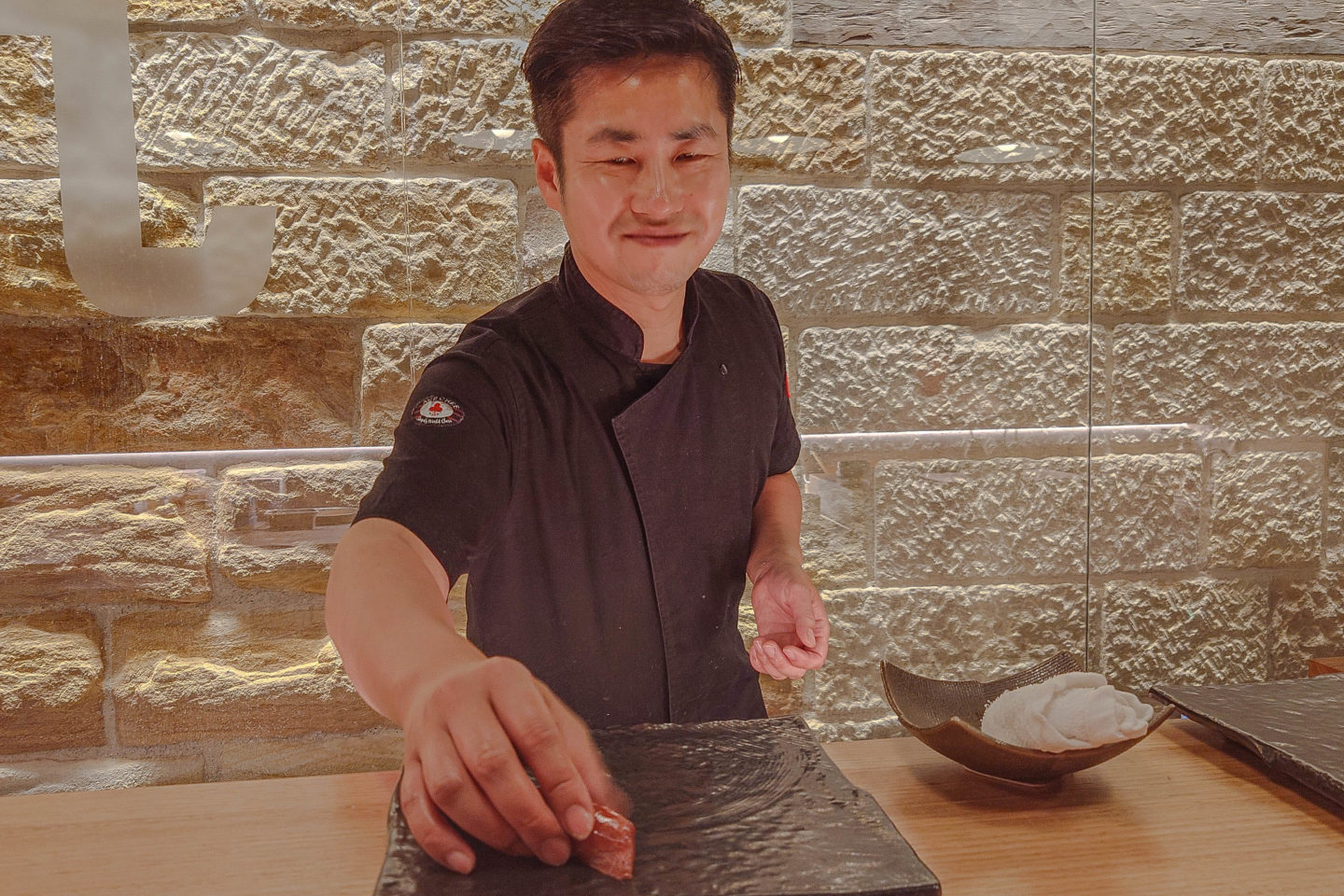
The service was amazing. Chef Yul Kim was very interactive, cracking jokes and discussing world events with us. His partner chef was a little bit more quiet so we could see the group next to us smashing through their food as they ate in calm silence. We do think our Bay Nine experience triumphed over Kuon (read review HERE).
Review
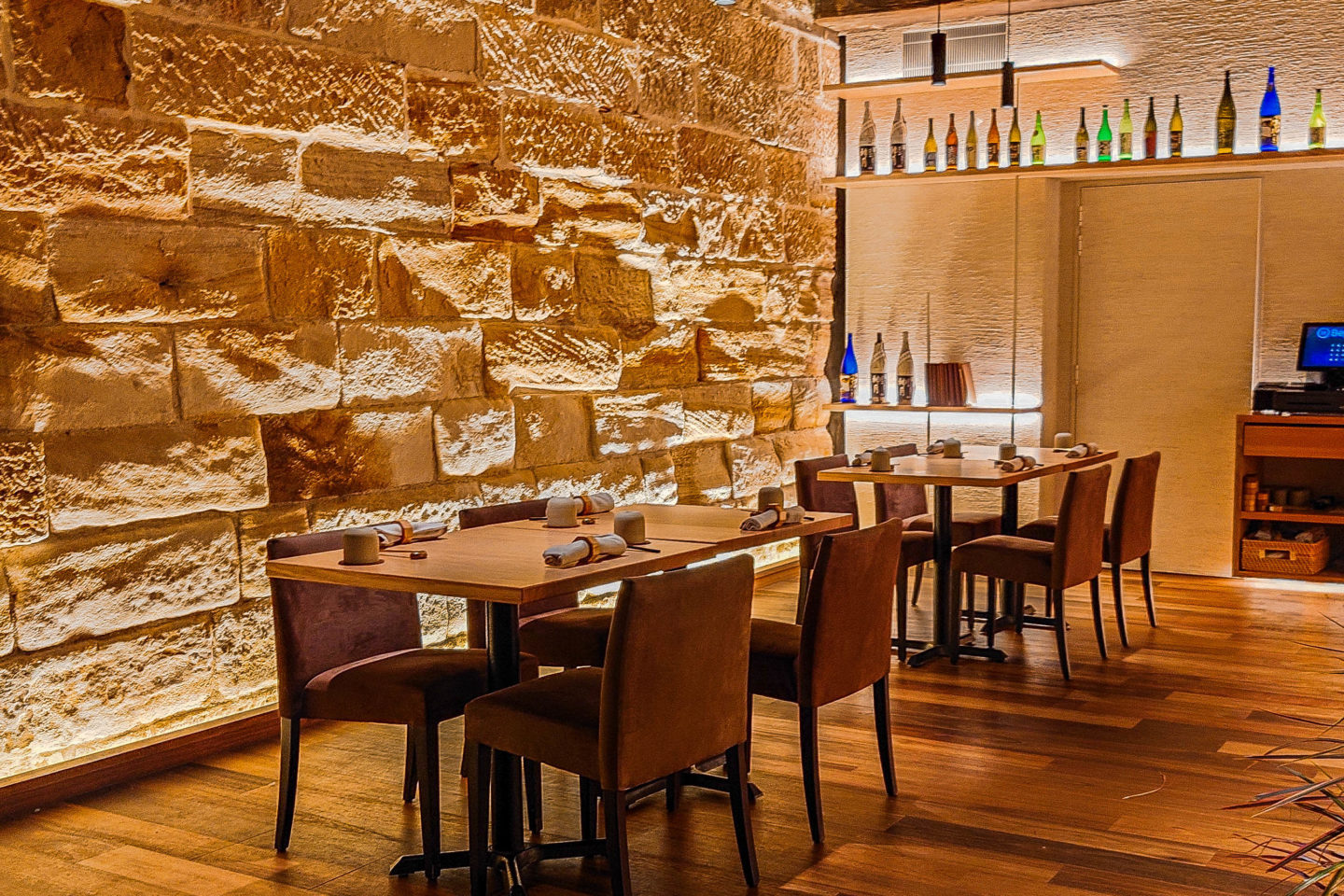
We loved our dining experience. The gastronomy behind some of the zensai dishes blew our minds away, while the quality of the ingredients justified our spending.
We read some reviews giving a low rating purely based on the quantity of the menu…. These people must have forgotten inflation affects restaurants too, and if they can’t afford to eat out, then they should keep their clout-seeking, attention-wanting butts at home 🤨. Annoying “”foodies””.
Overall food and service were great, and we wouldn’t mind coming back once the menu changes.
Thank you for reading. Happy eating! 😆
We read some reviews giving a low rating purely based on the quantity of the menu…. These people must have forgotten inflation affects restaurants too, and if they can’t afford to eat out, then they should keep their clout-seeking, attention-wanting butts at home 🤨. Annoying “”foodies””.
Overall food and service were great, and we wouldn’t mind coming back once the menu changes.
Thank you for reading. Happy eating! 😆
